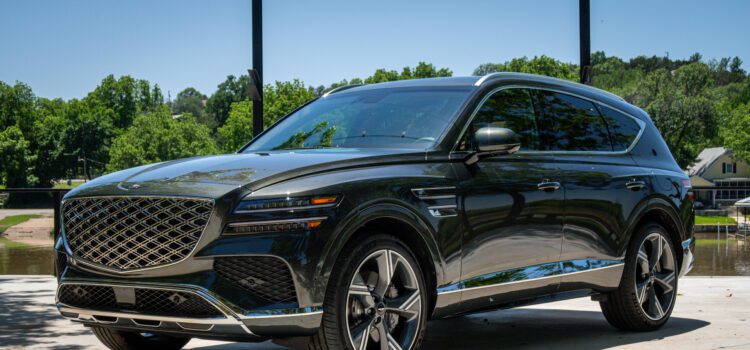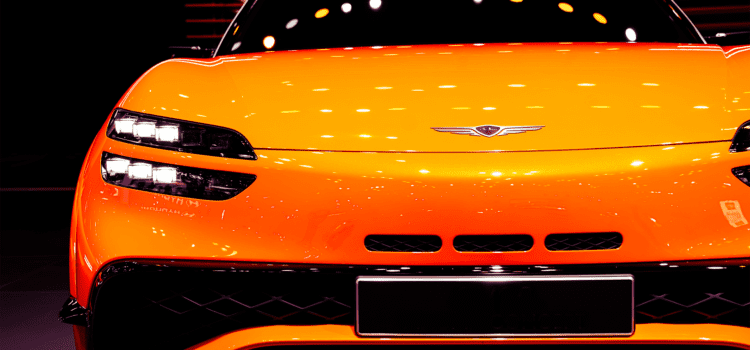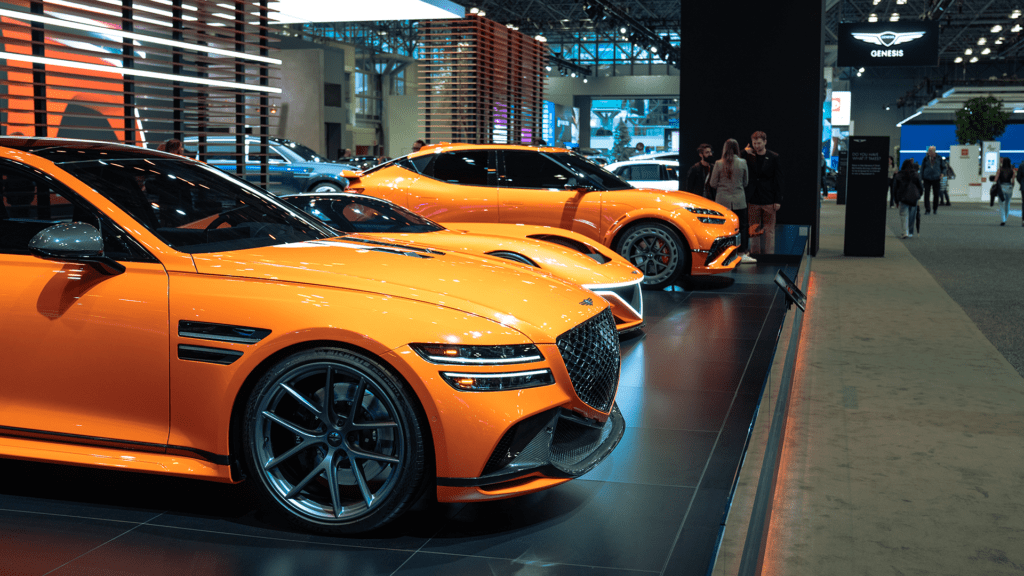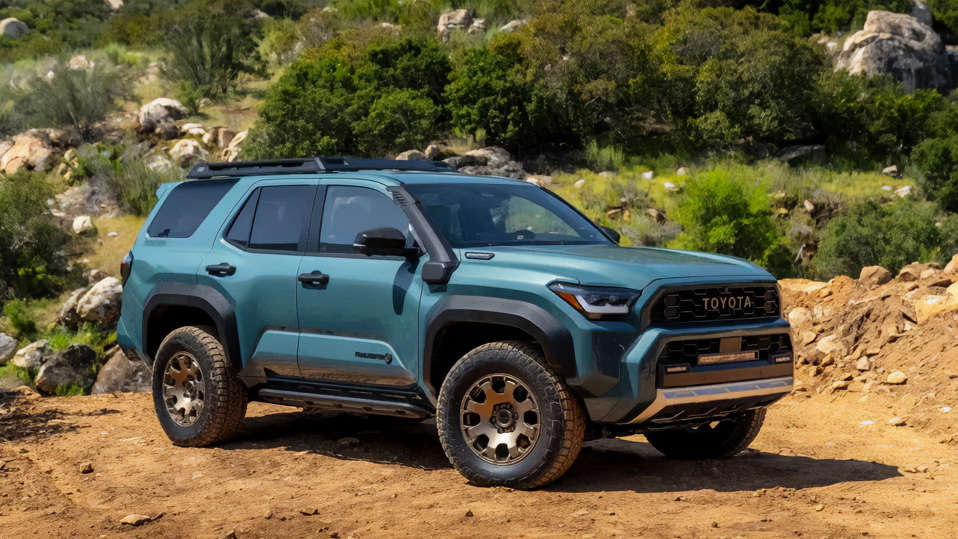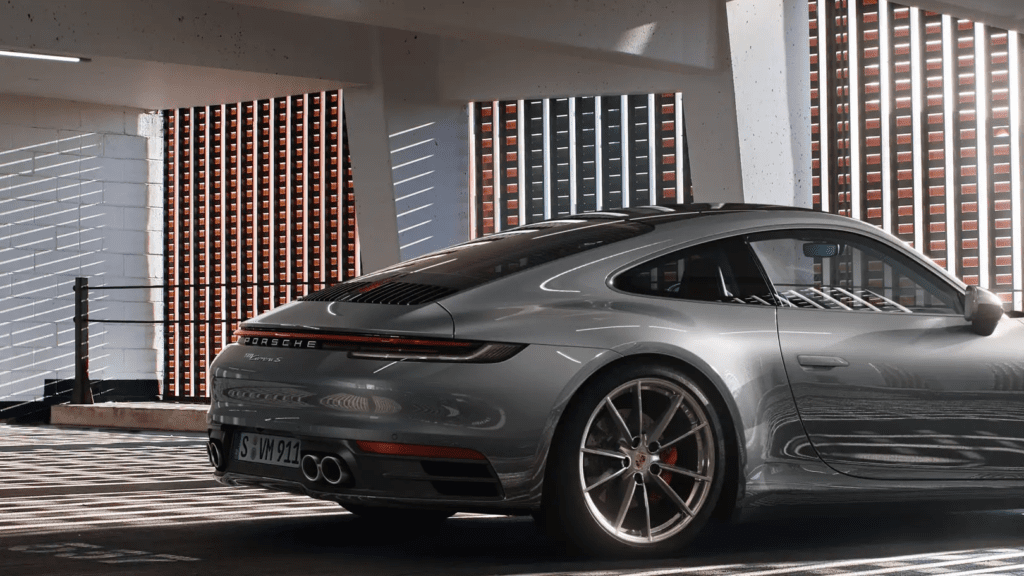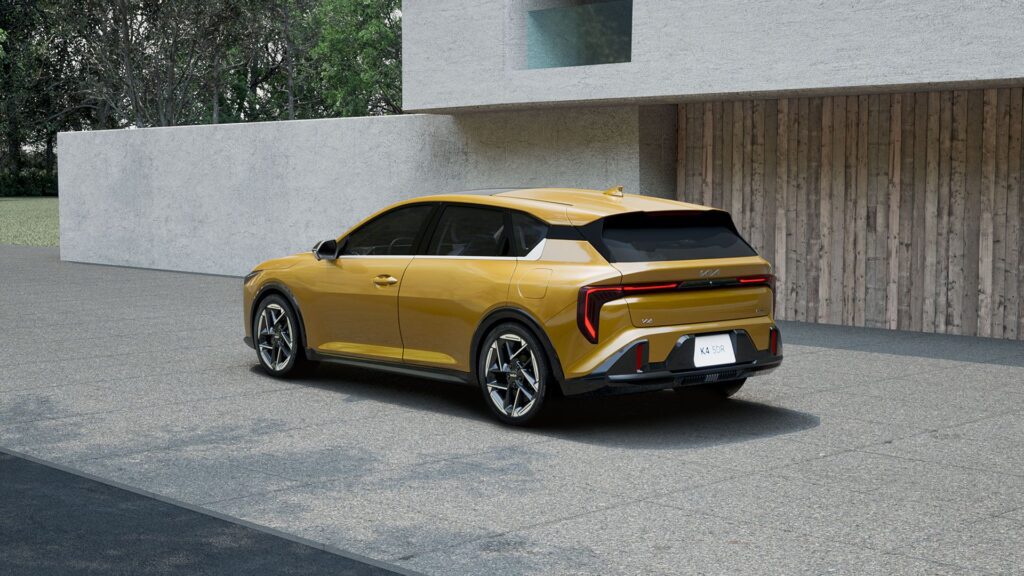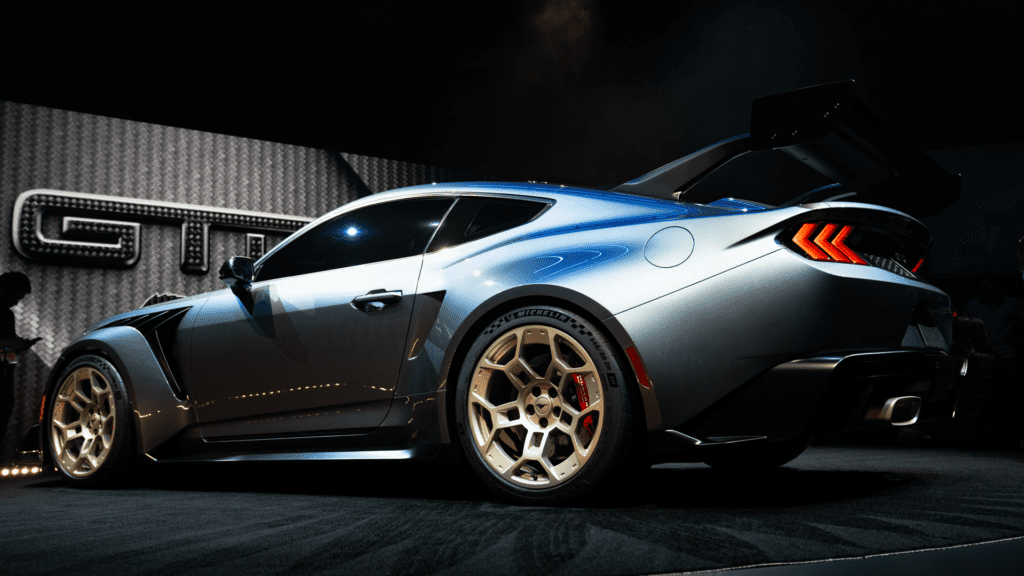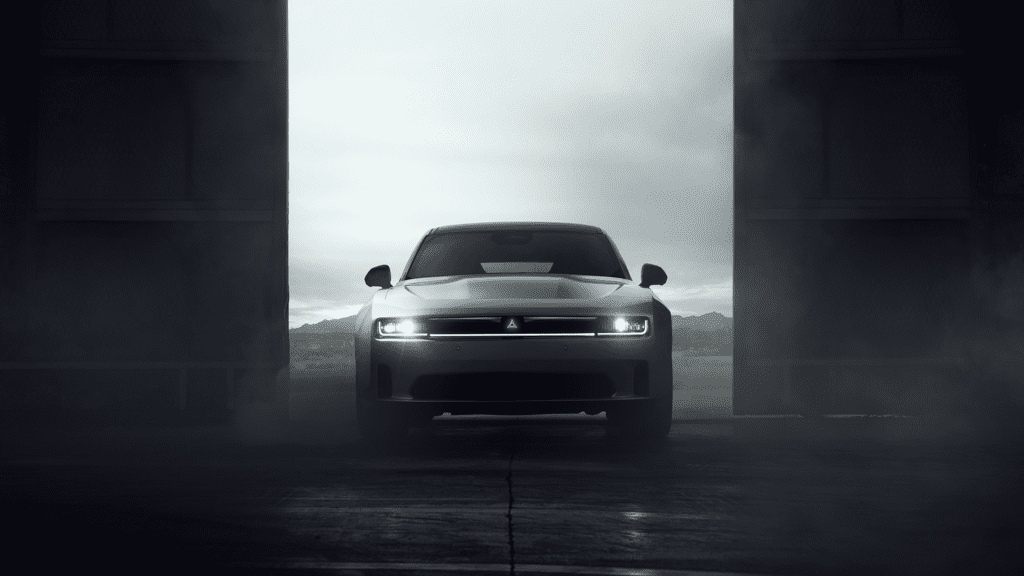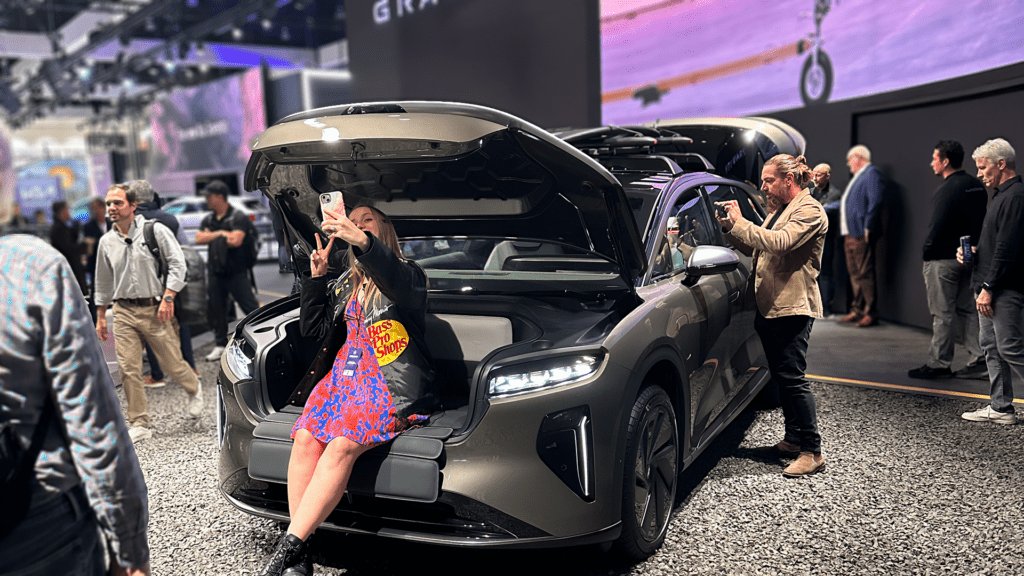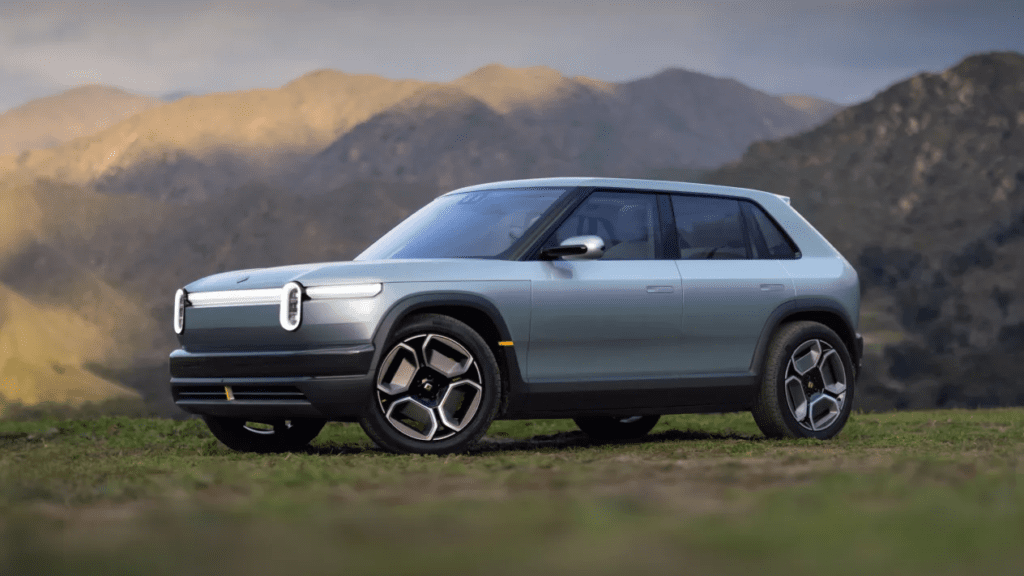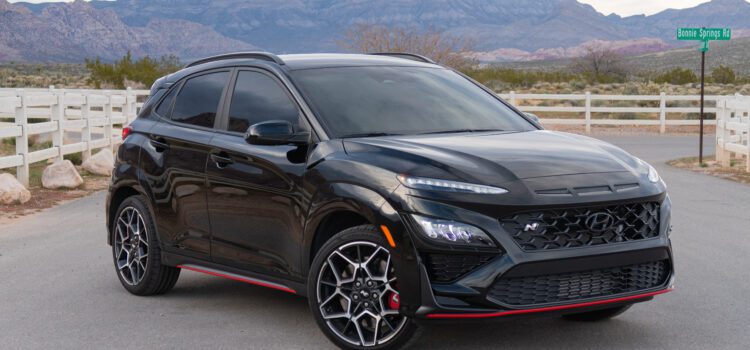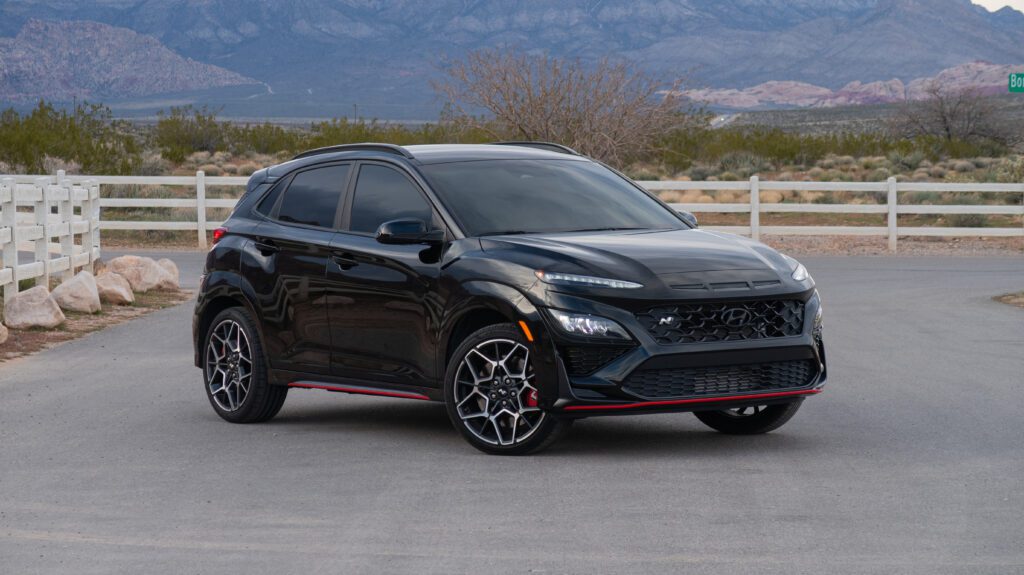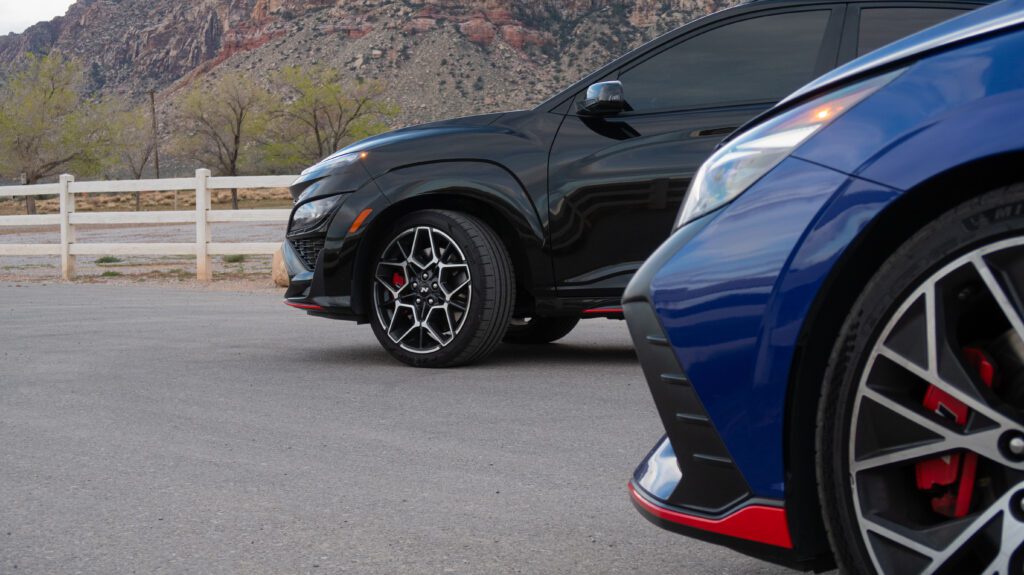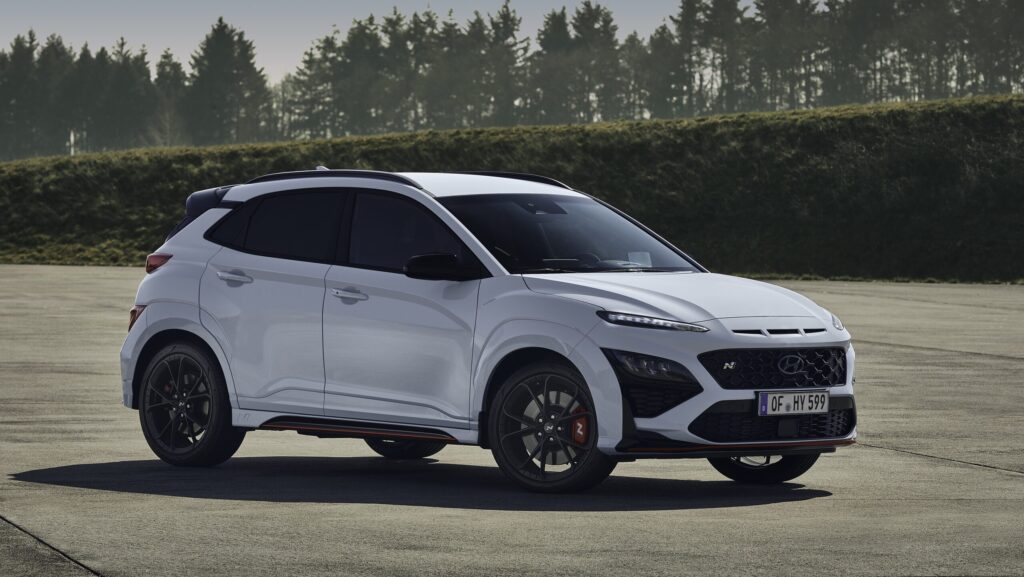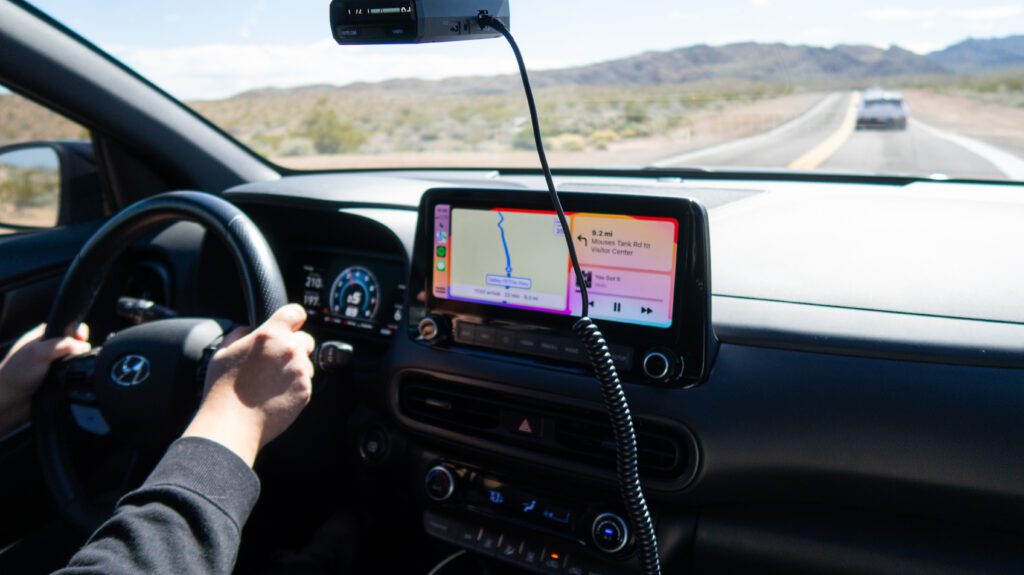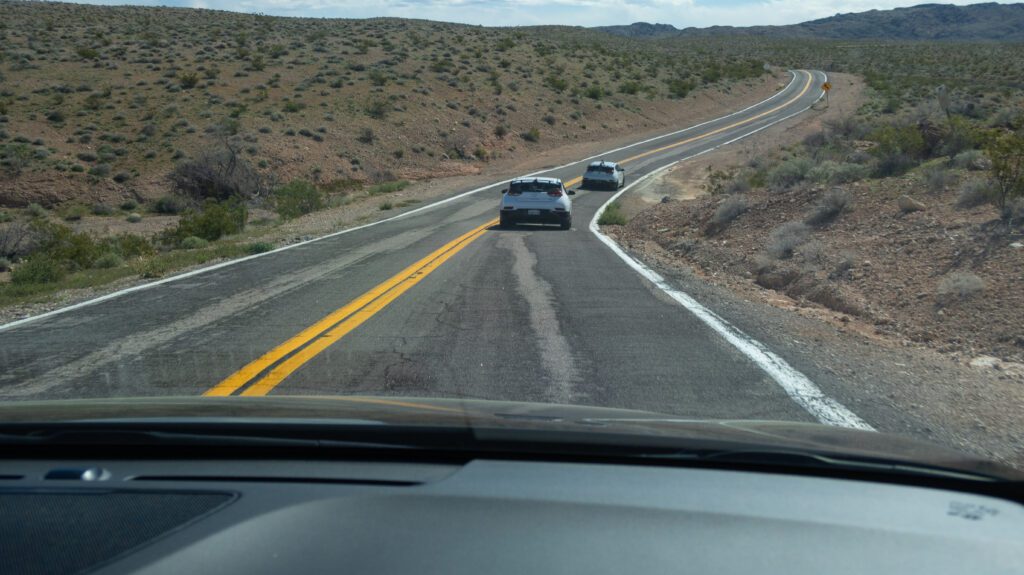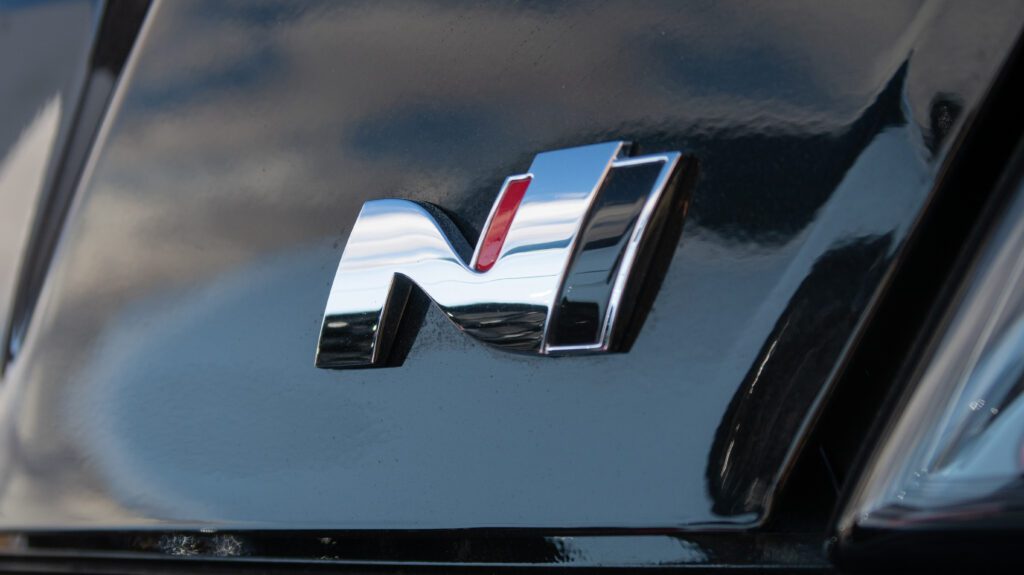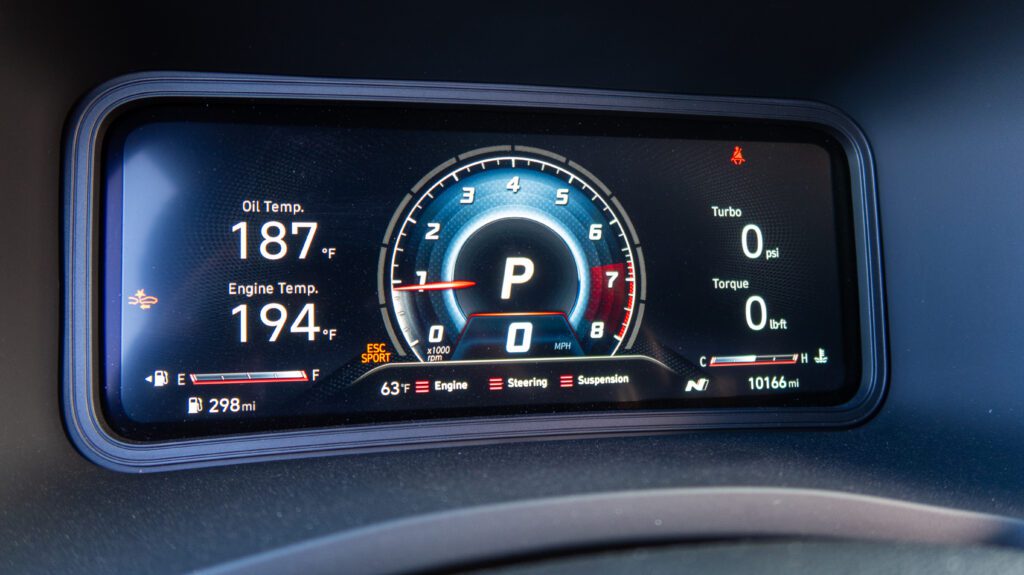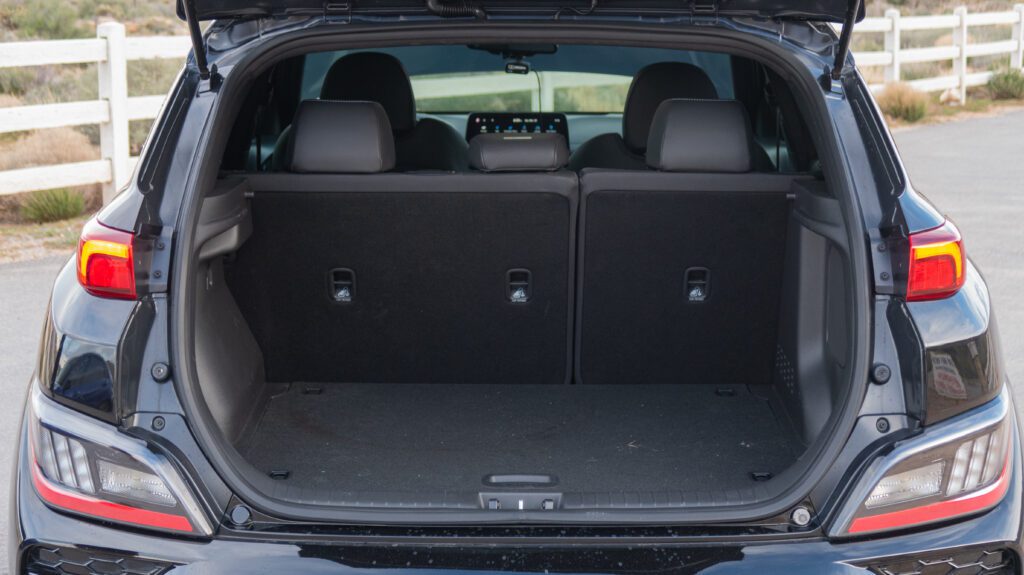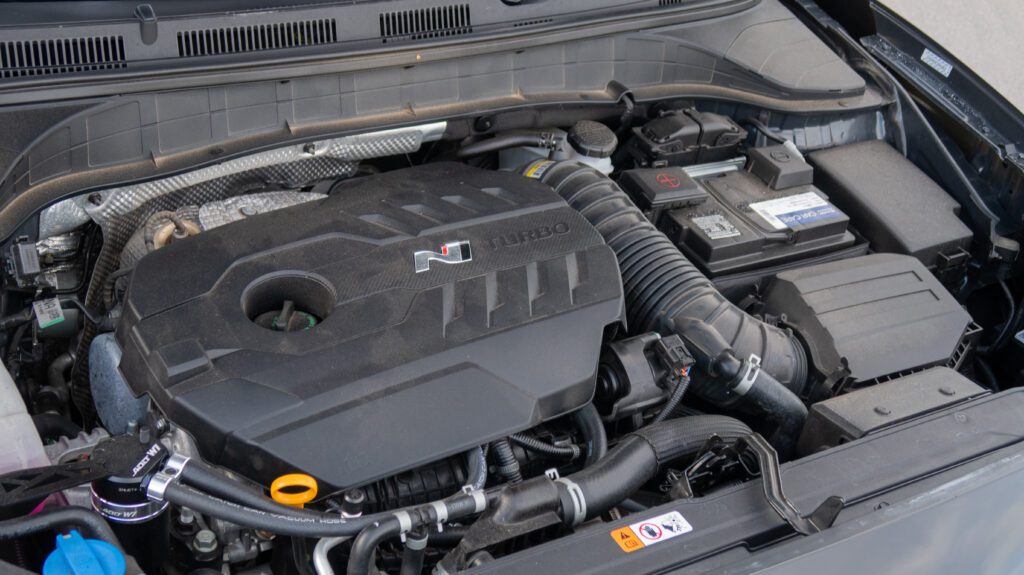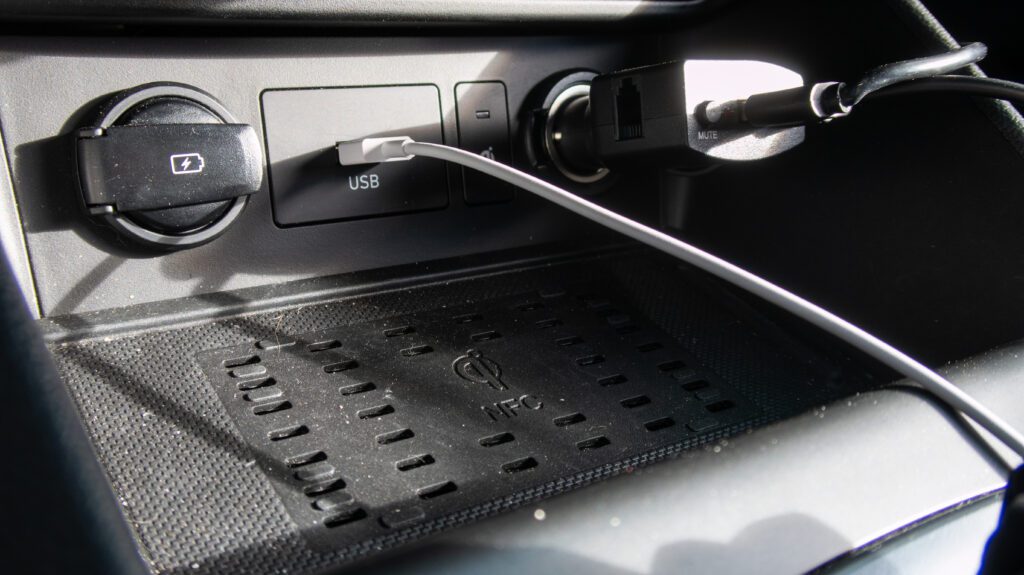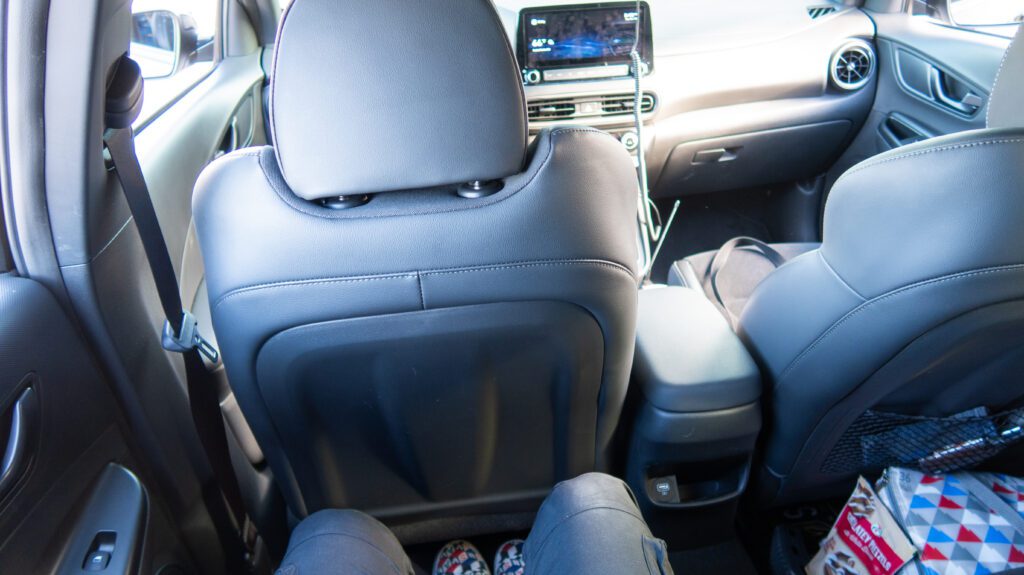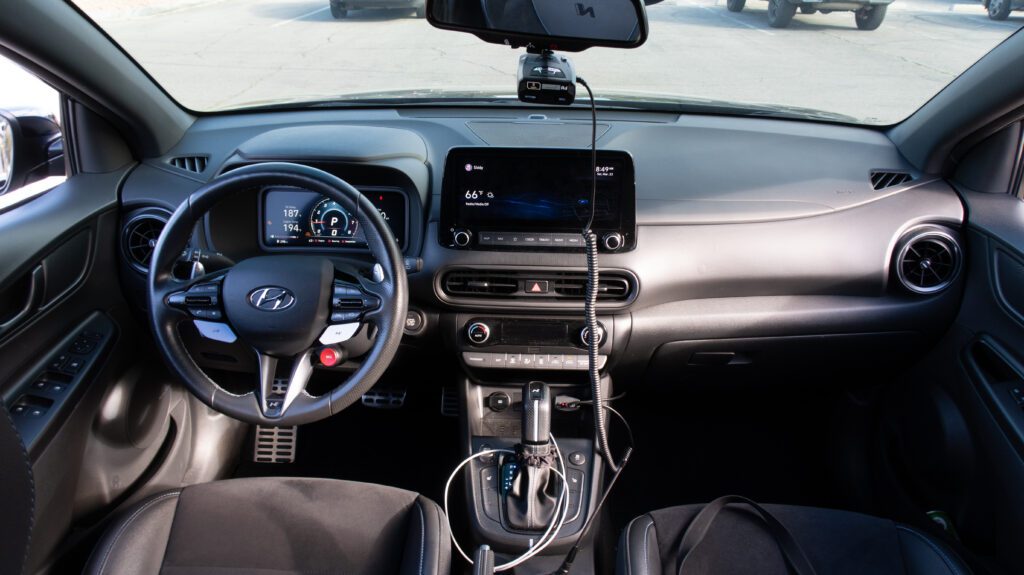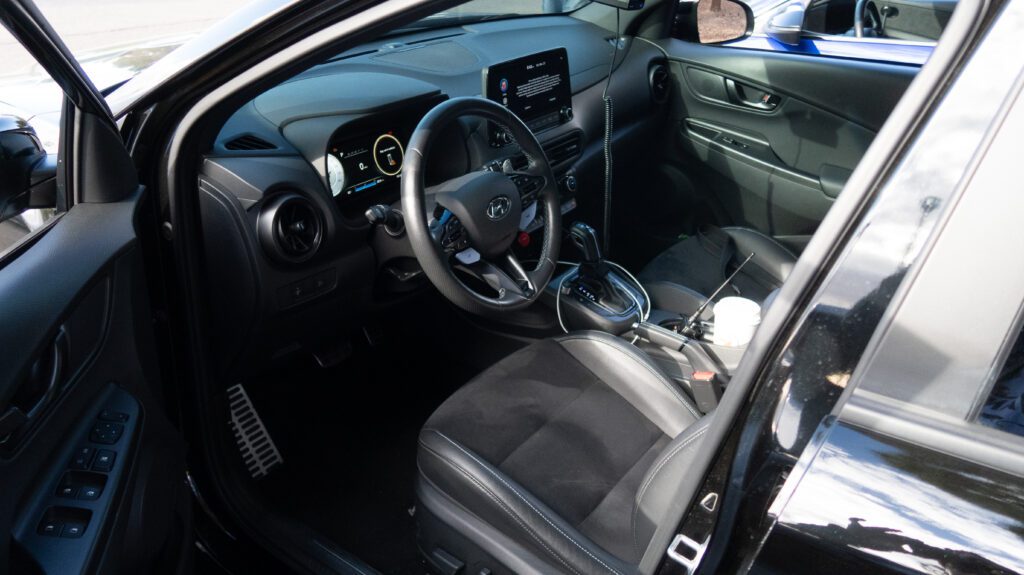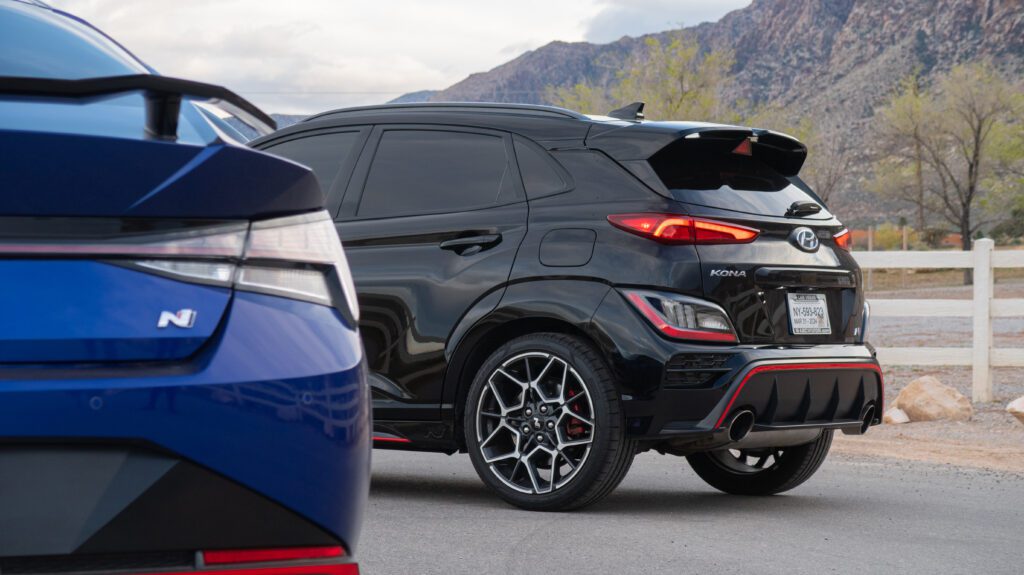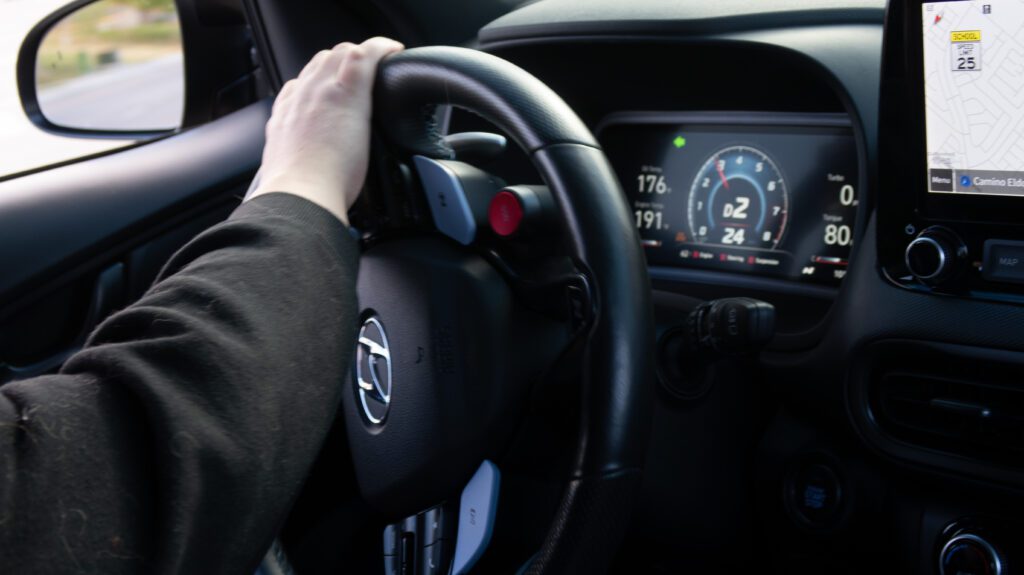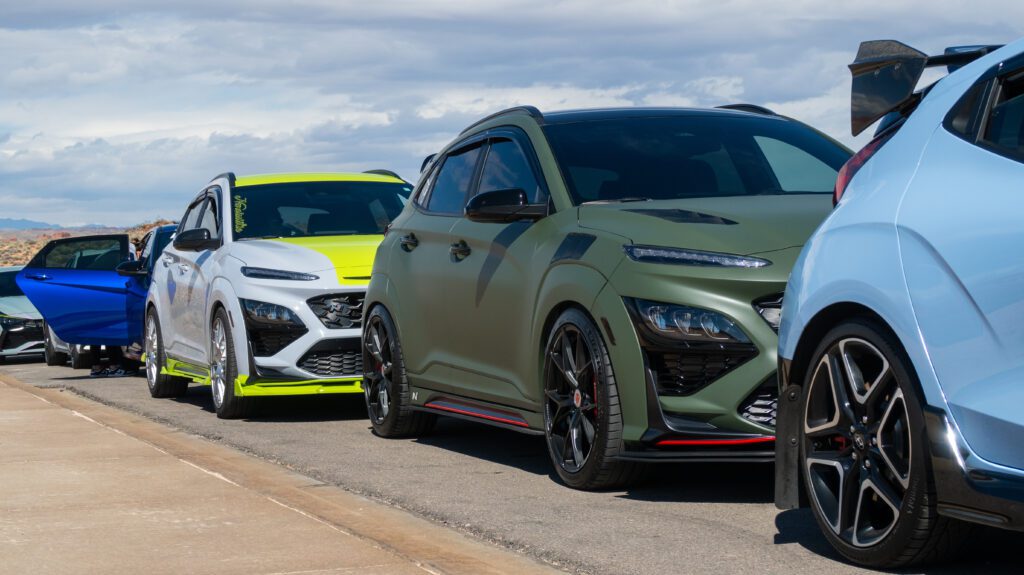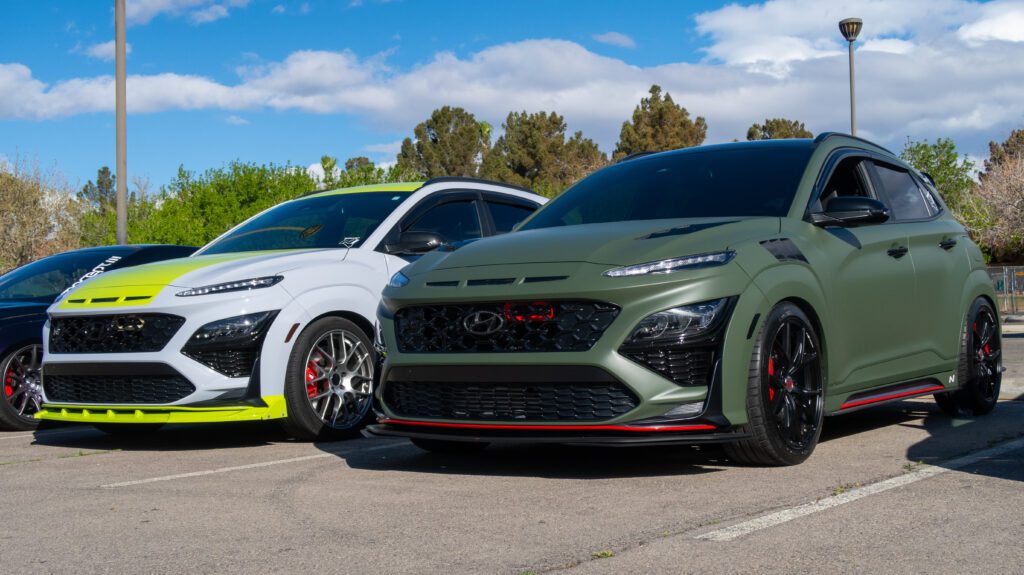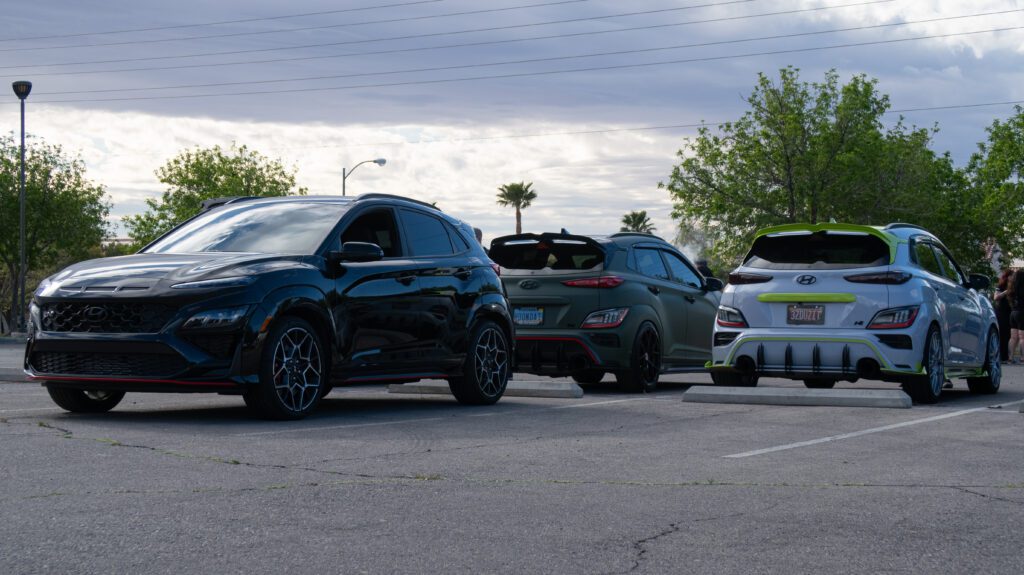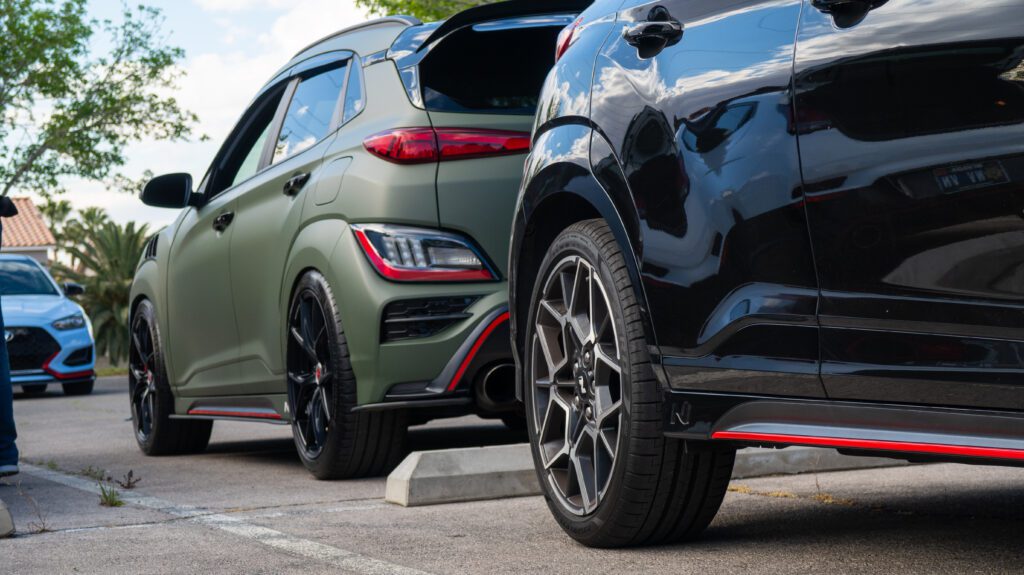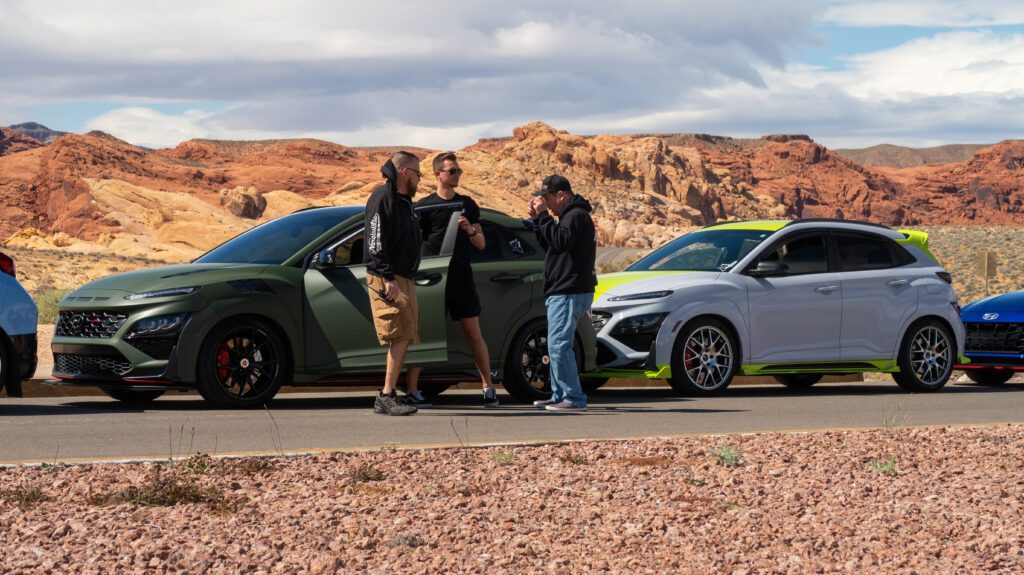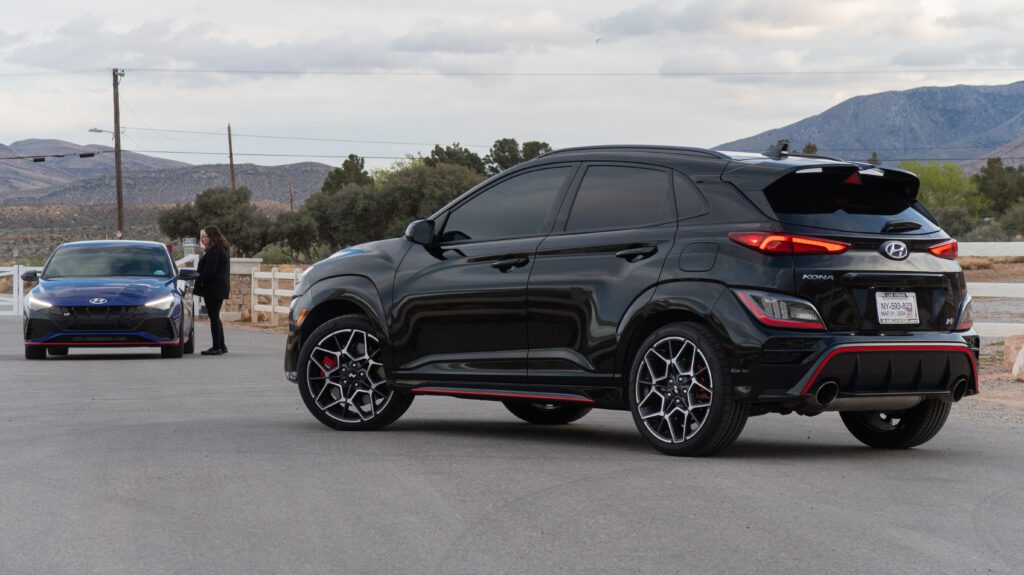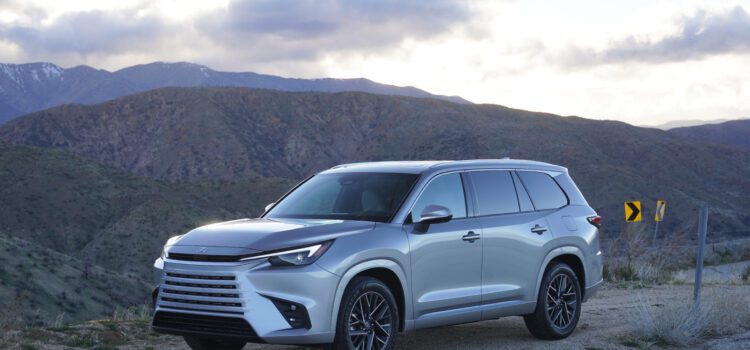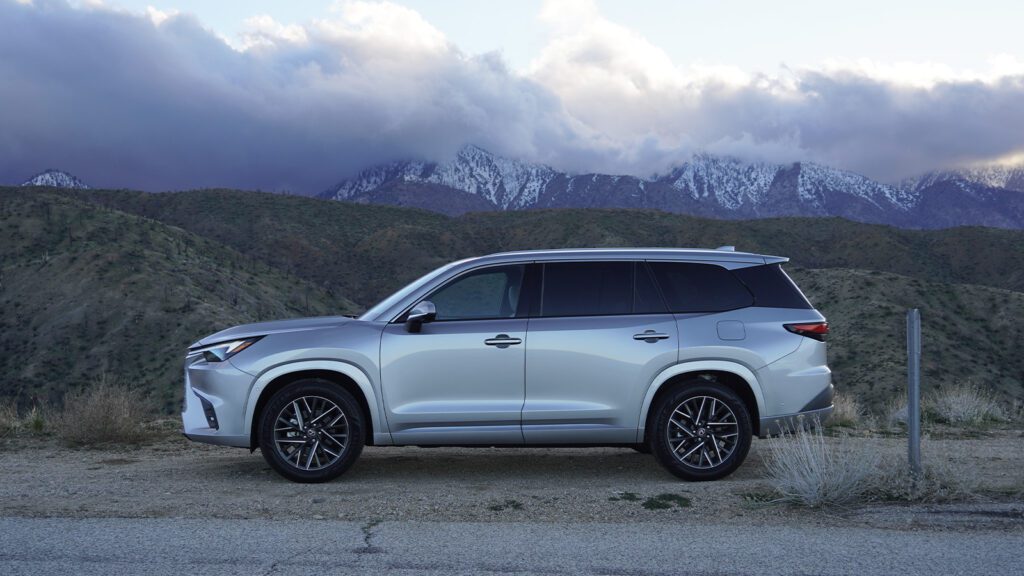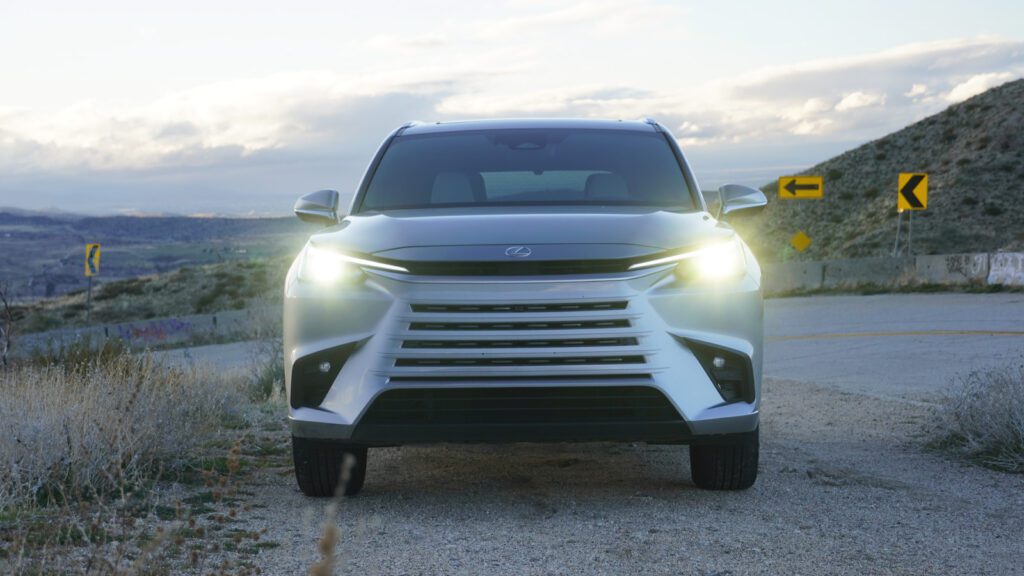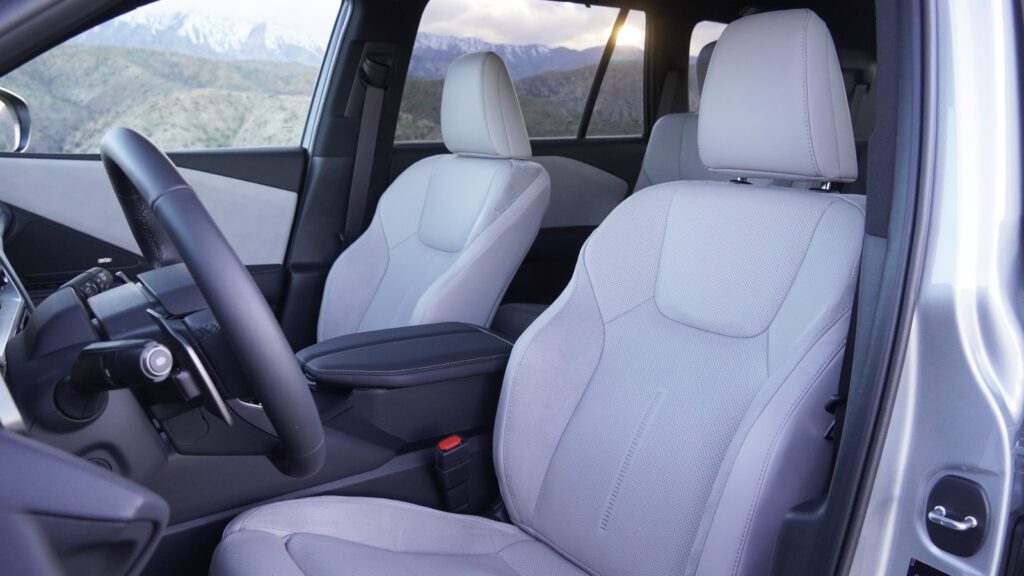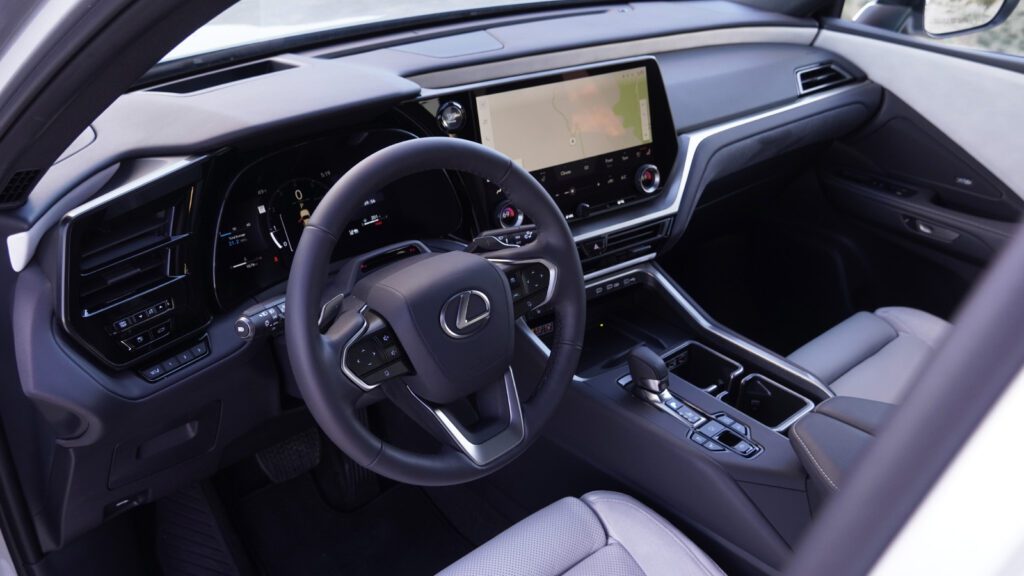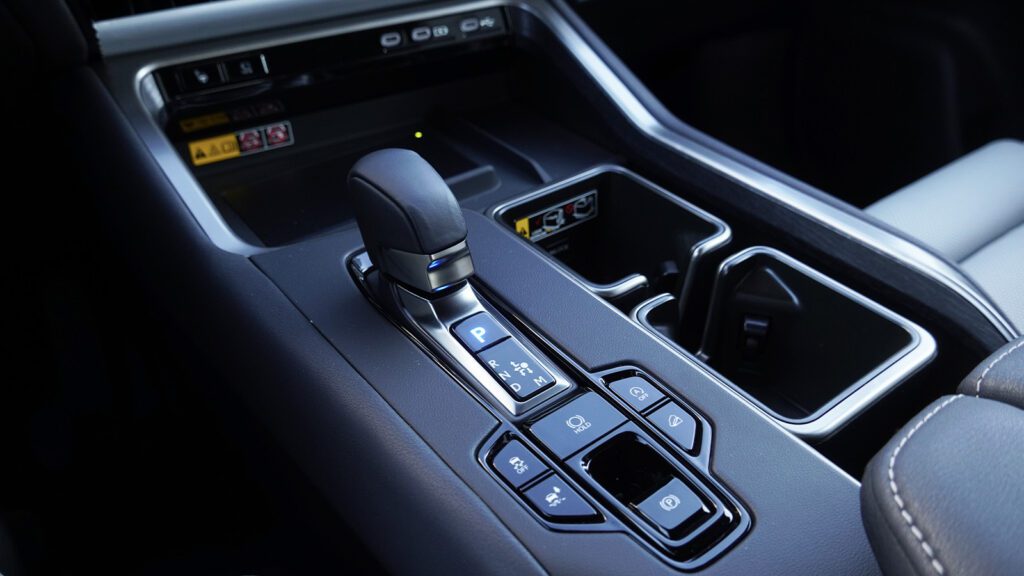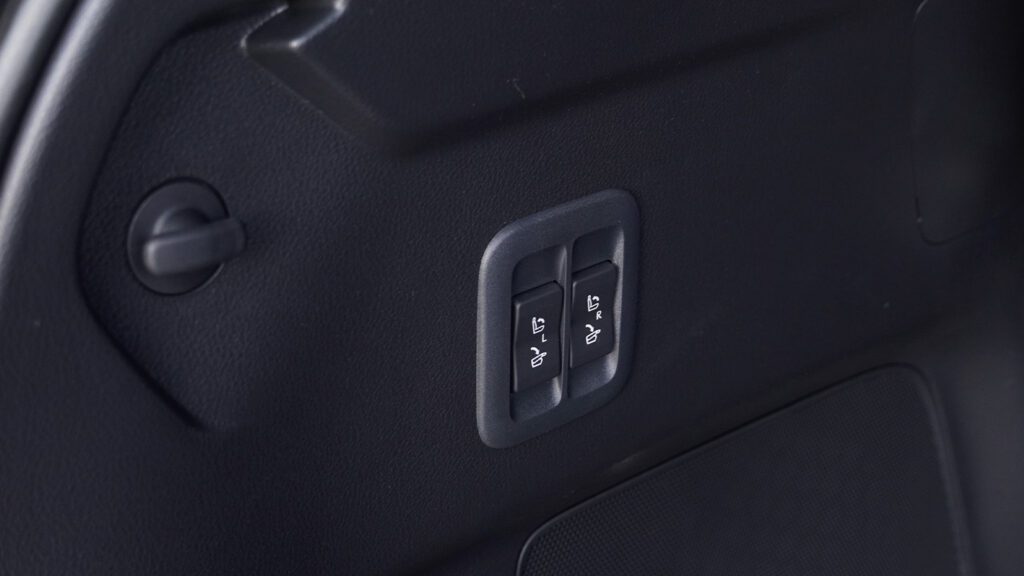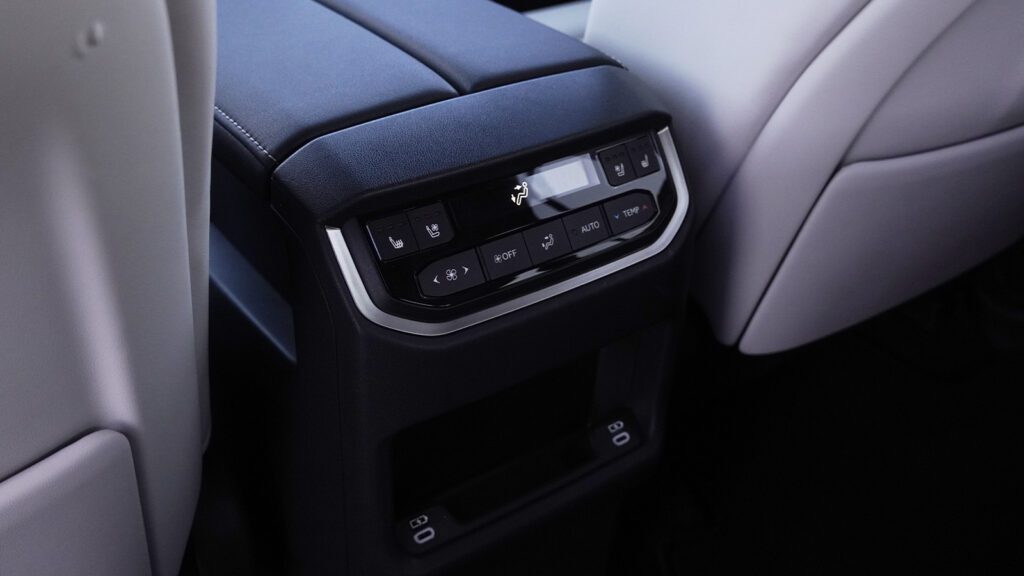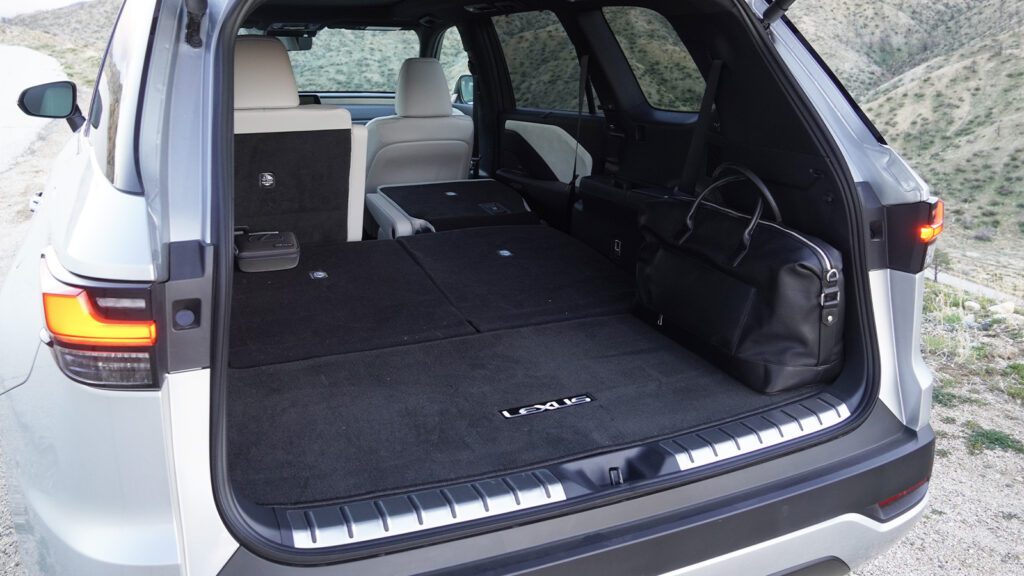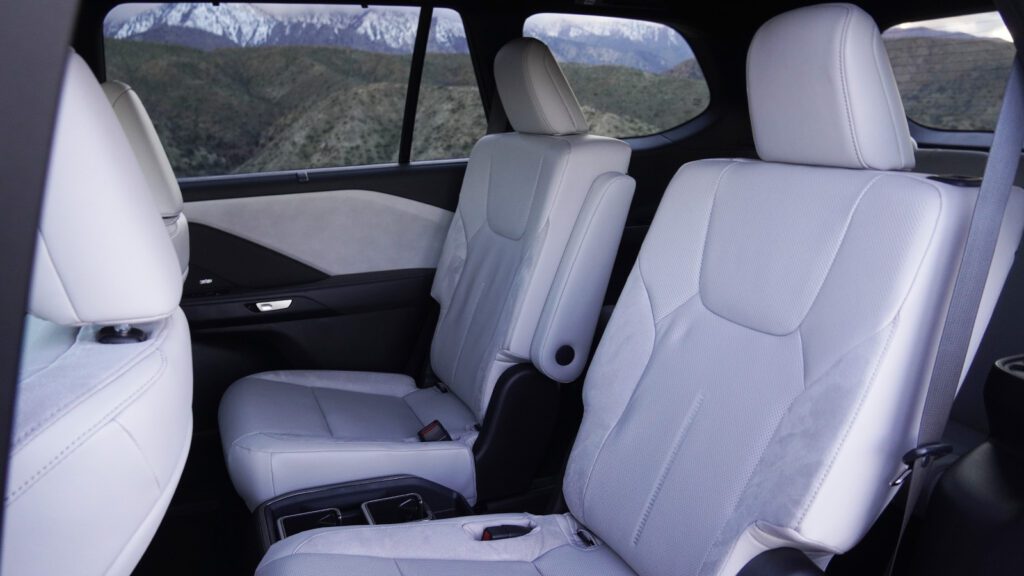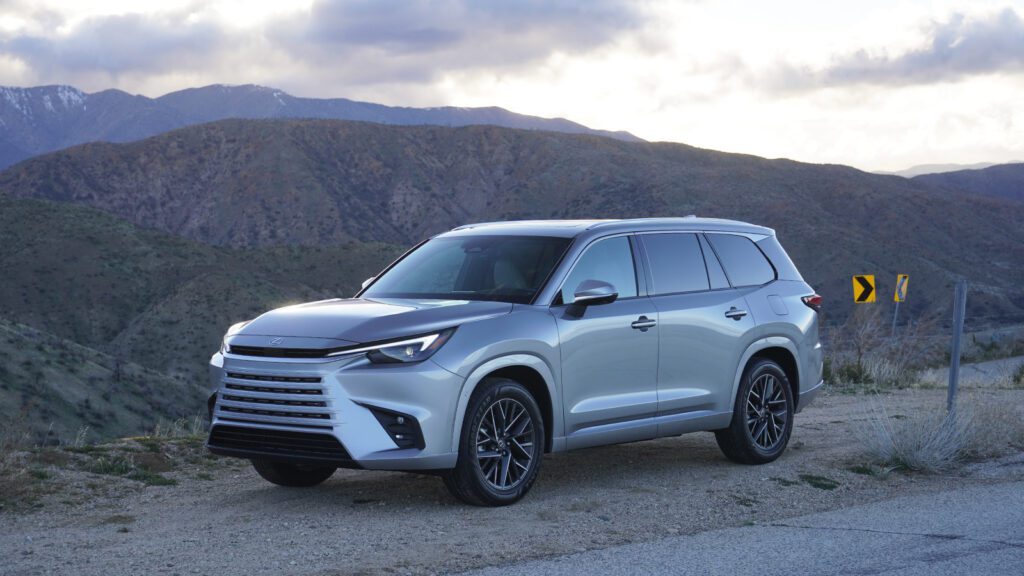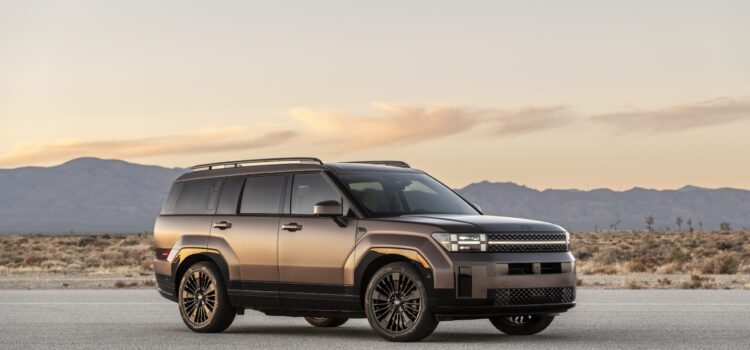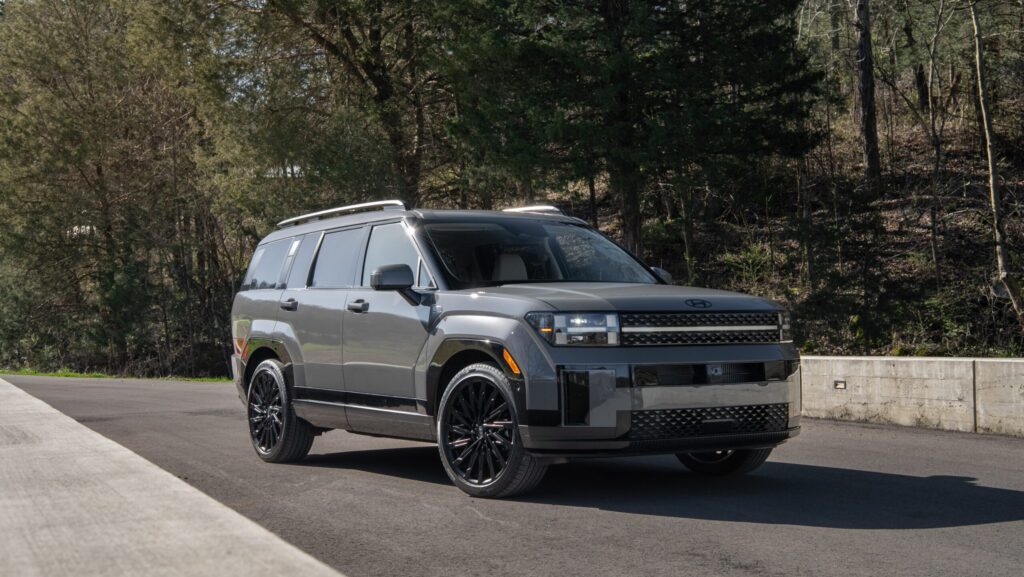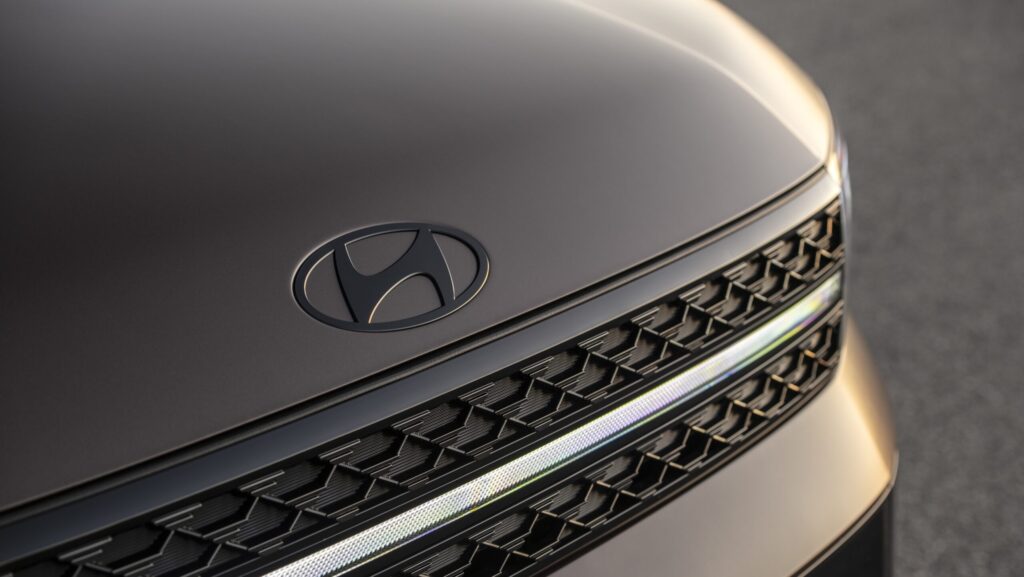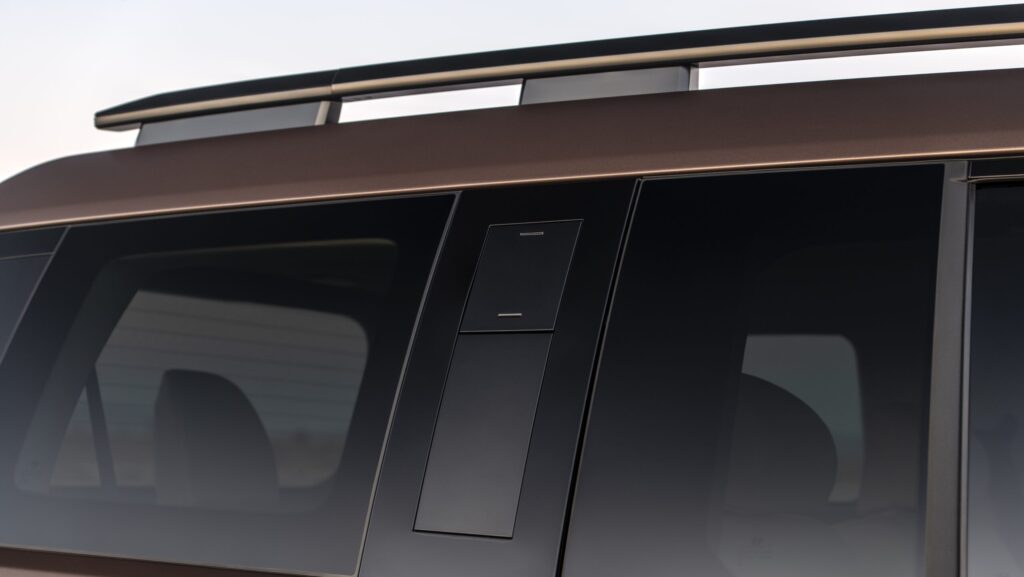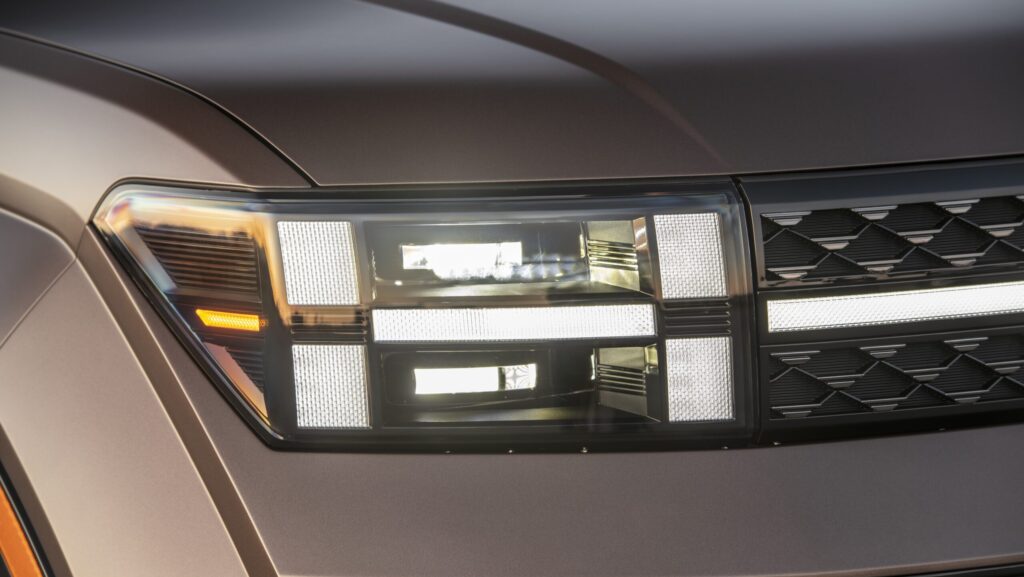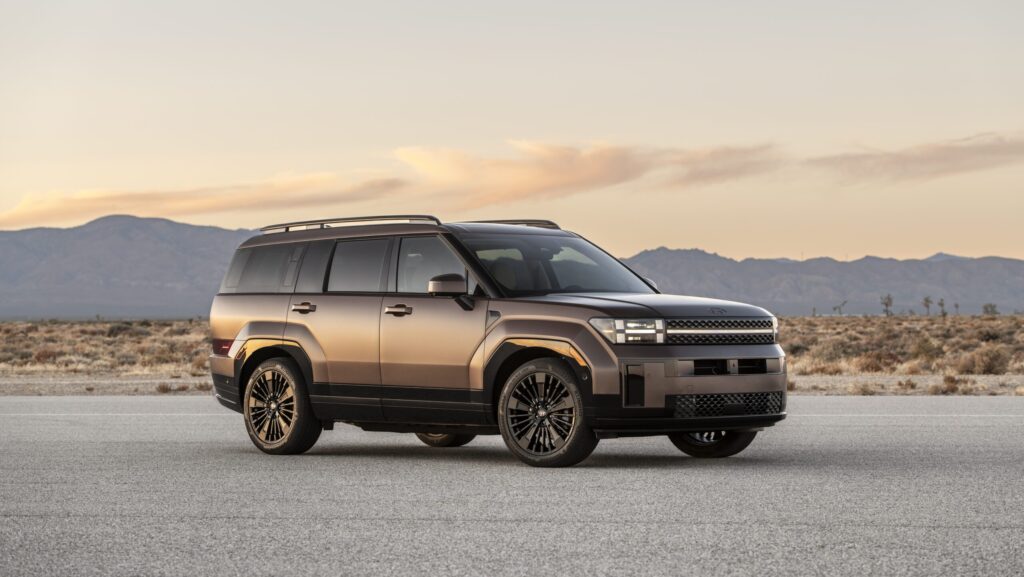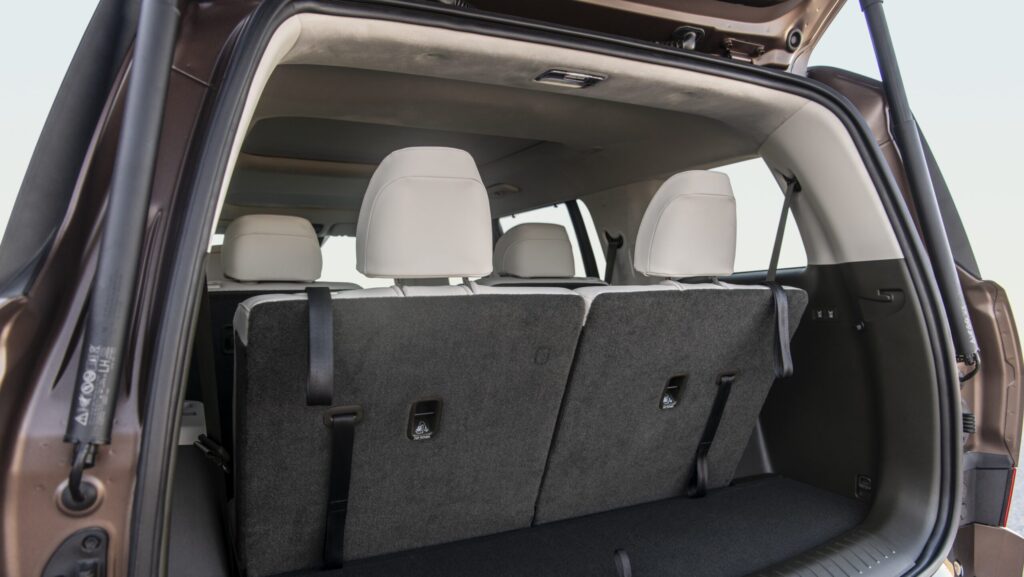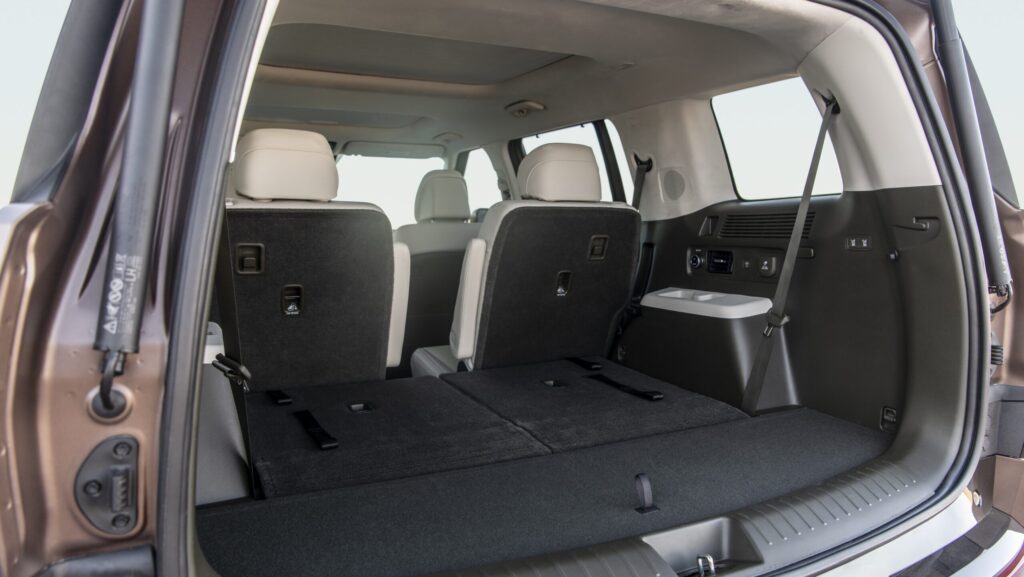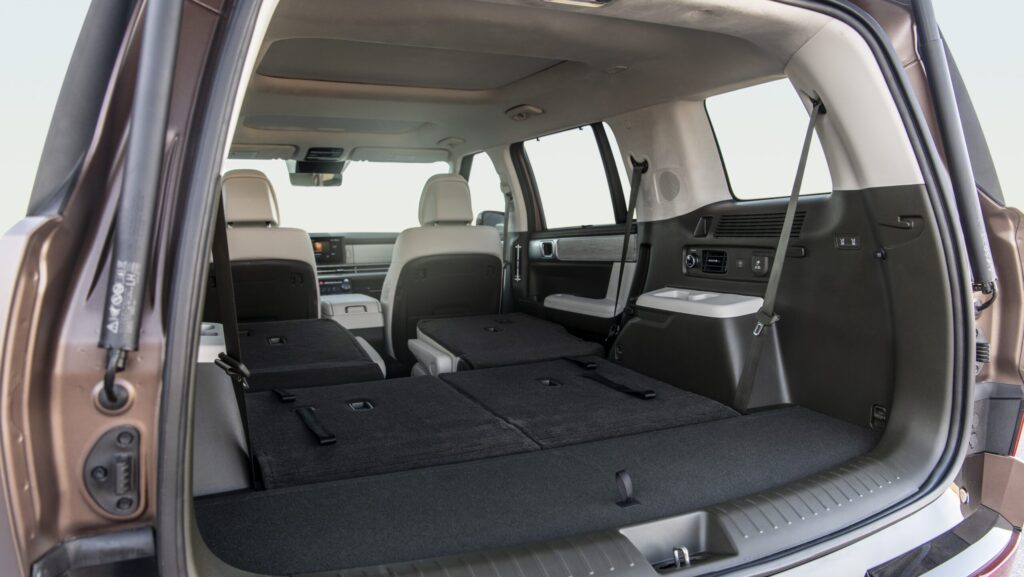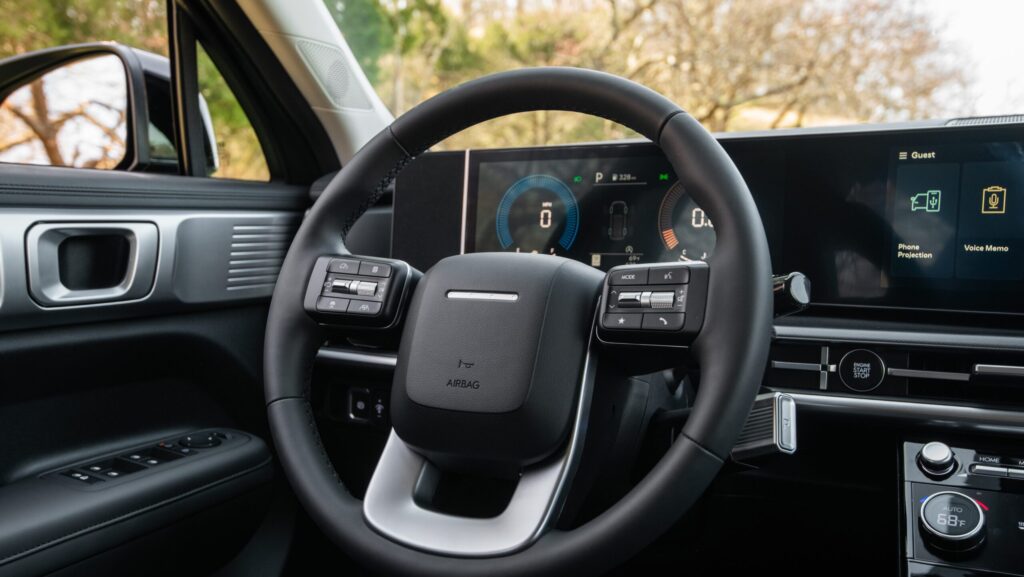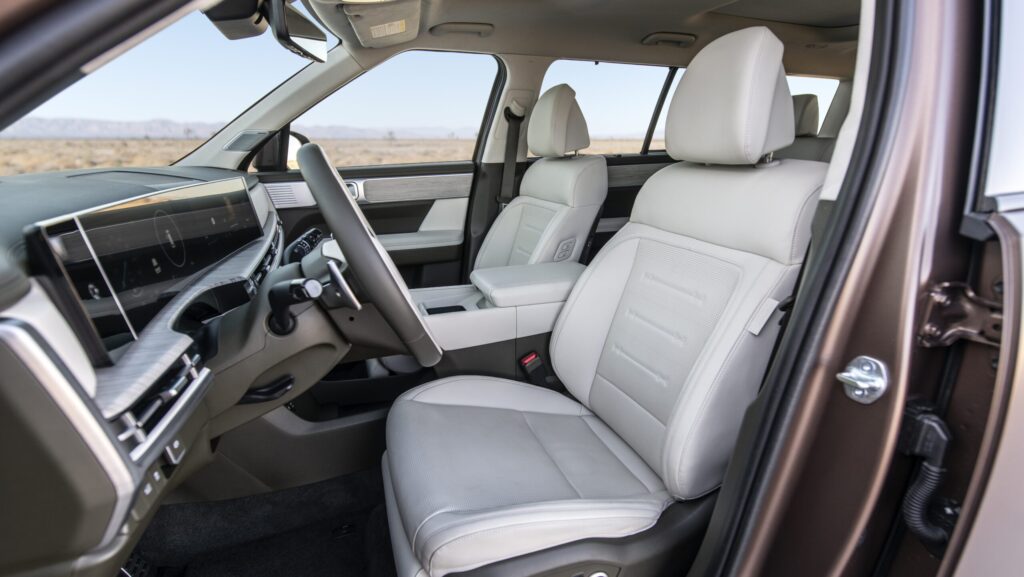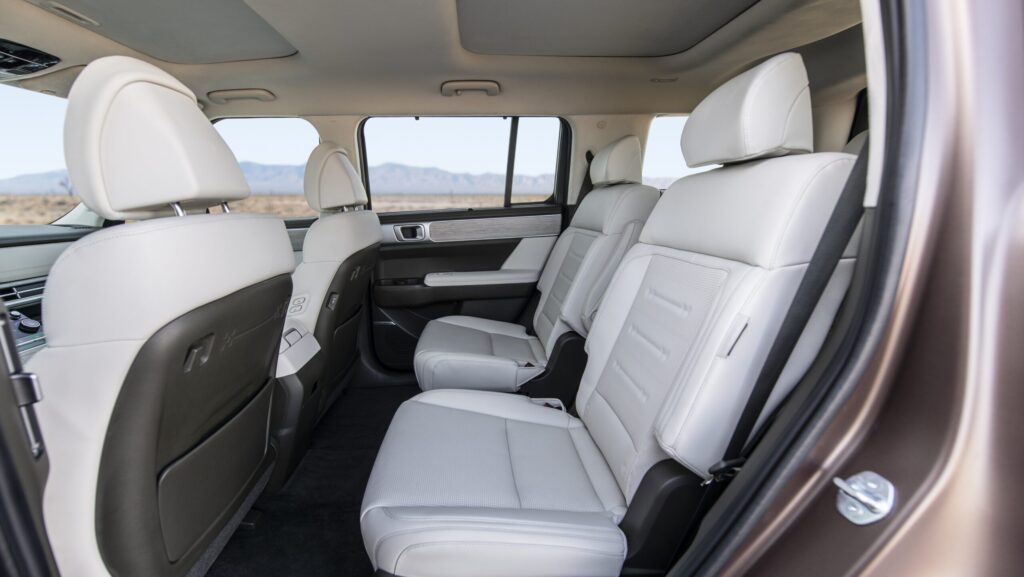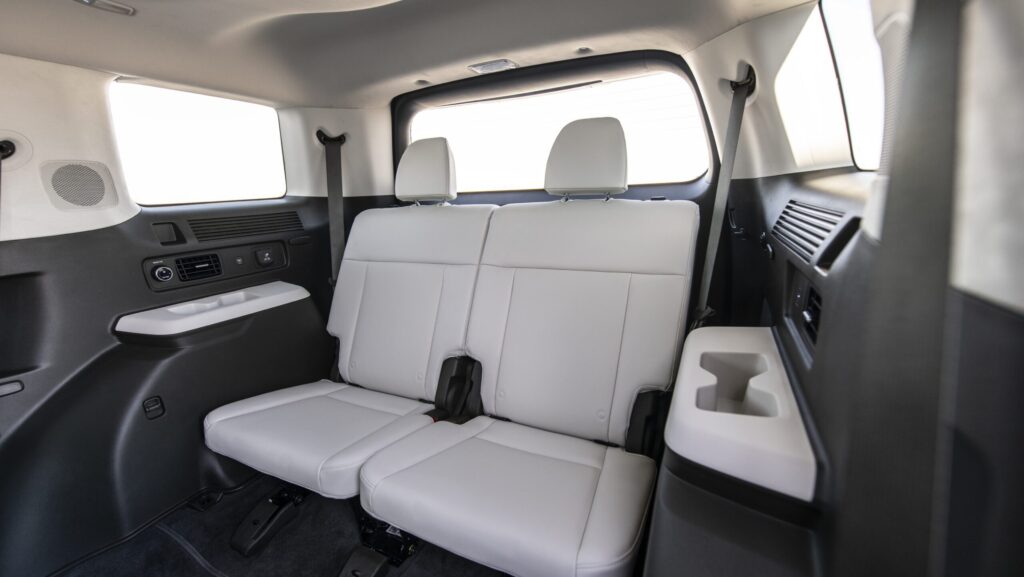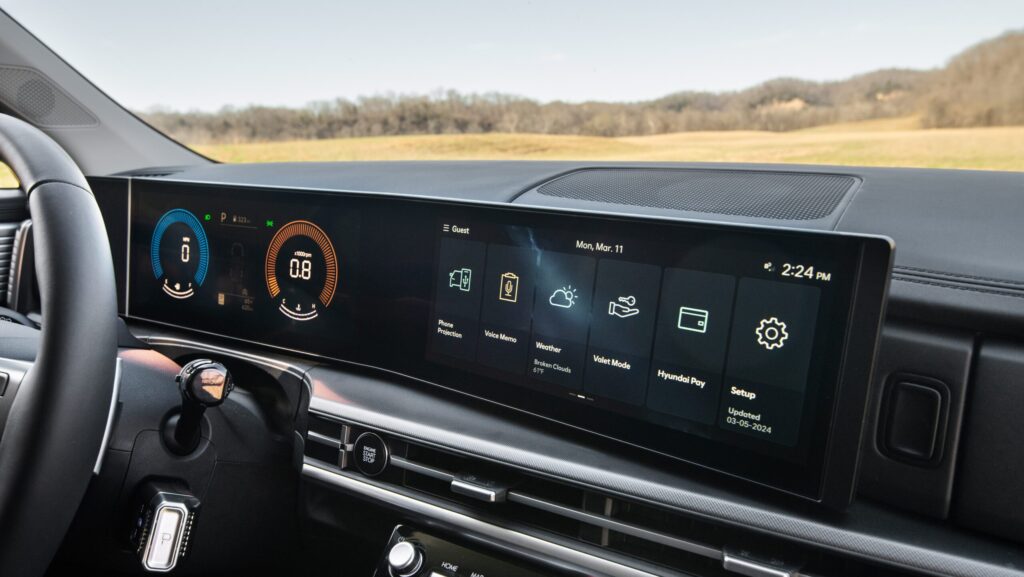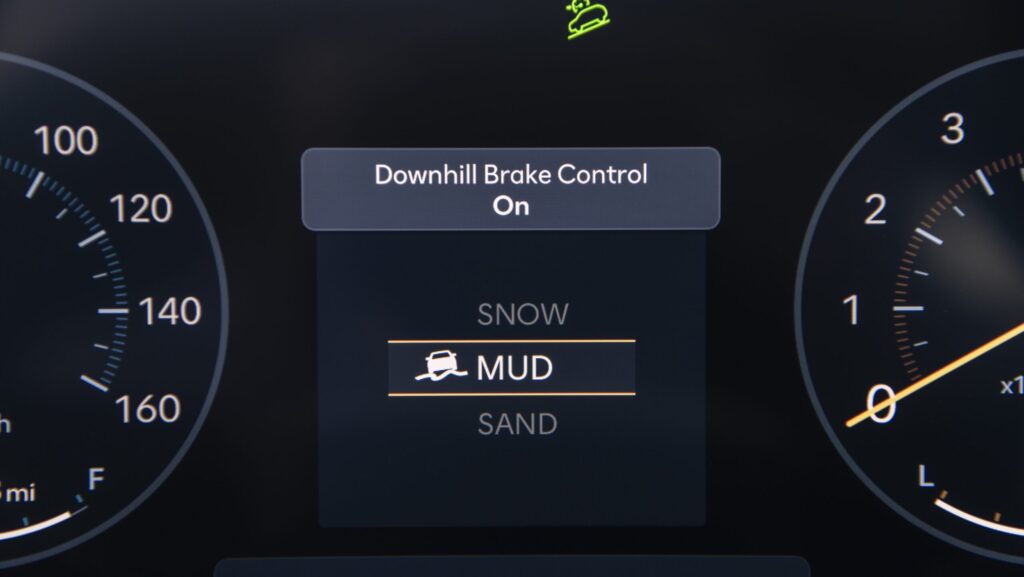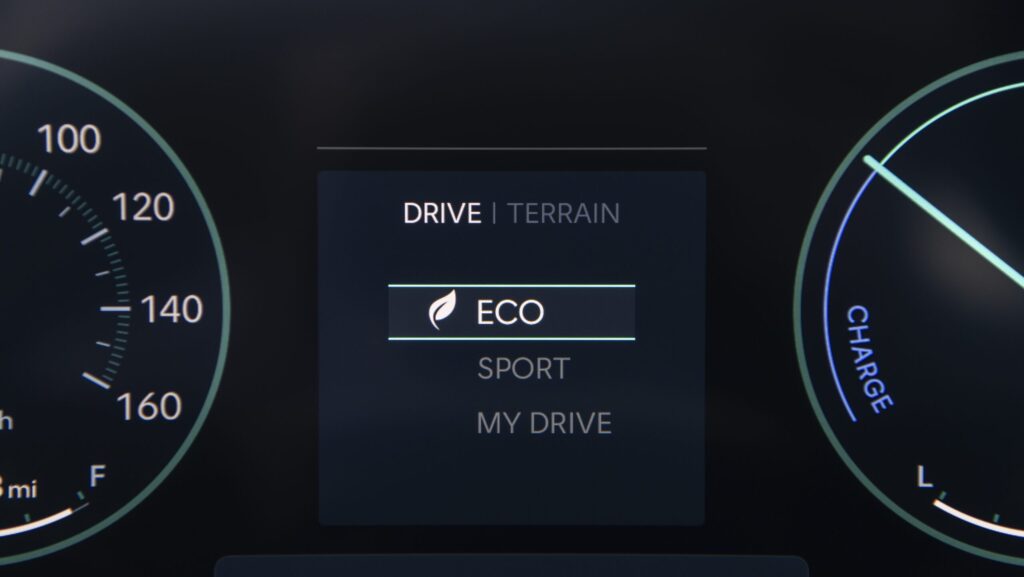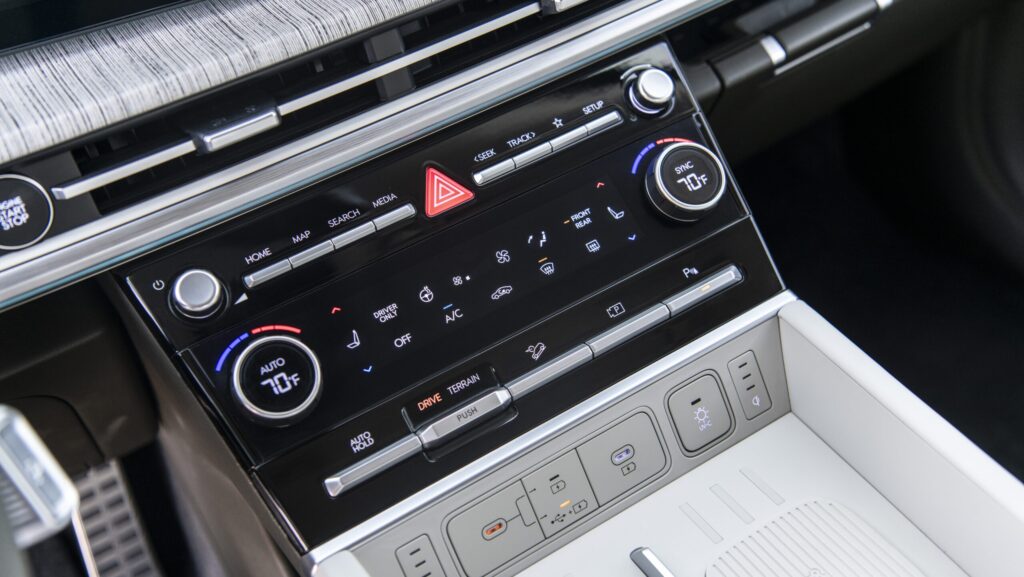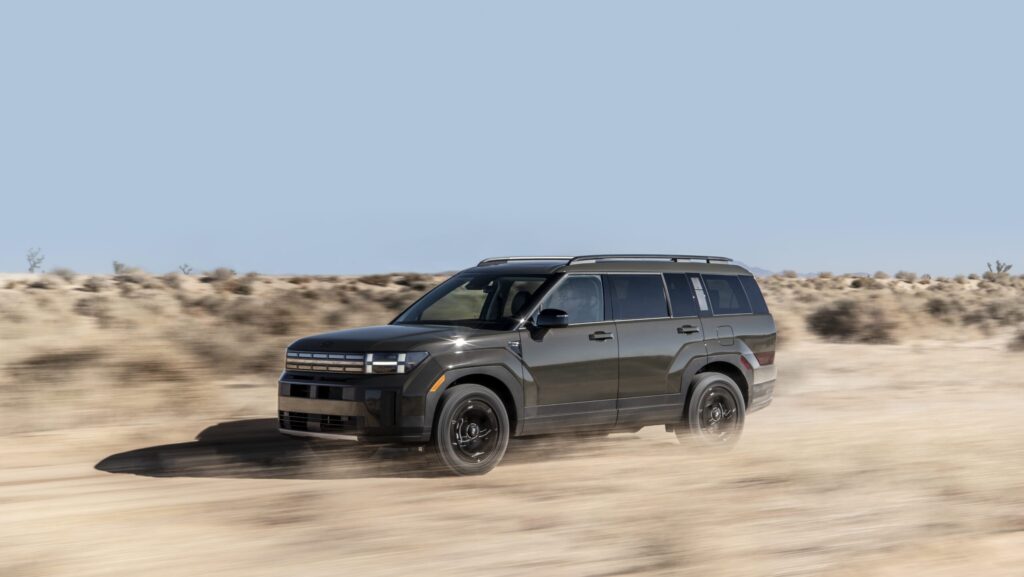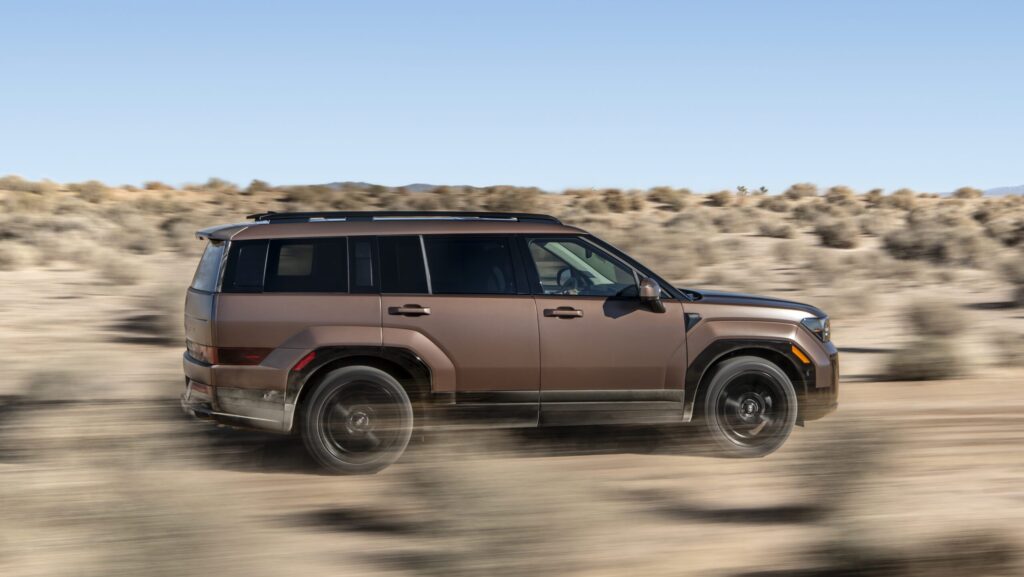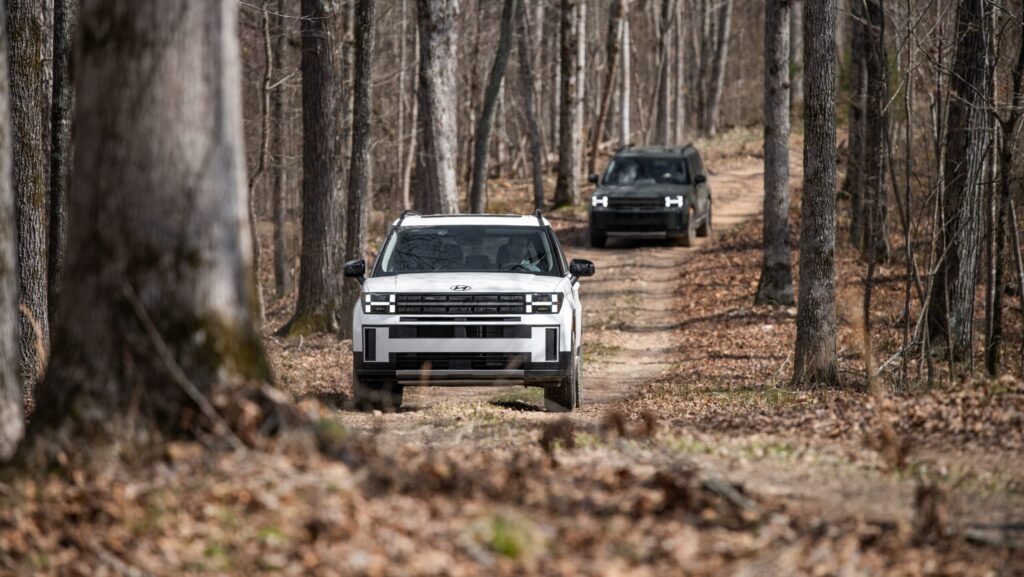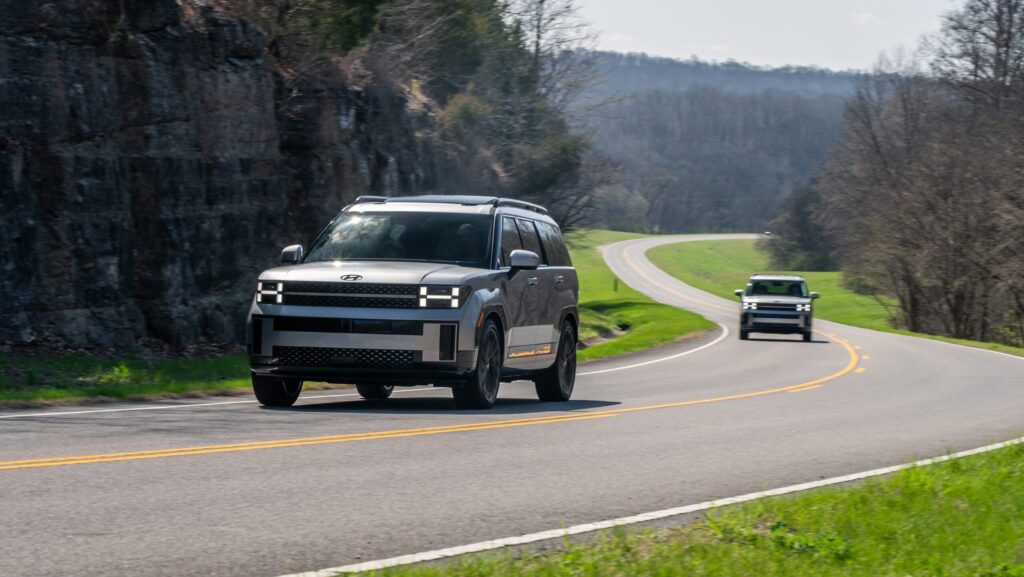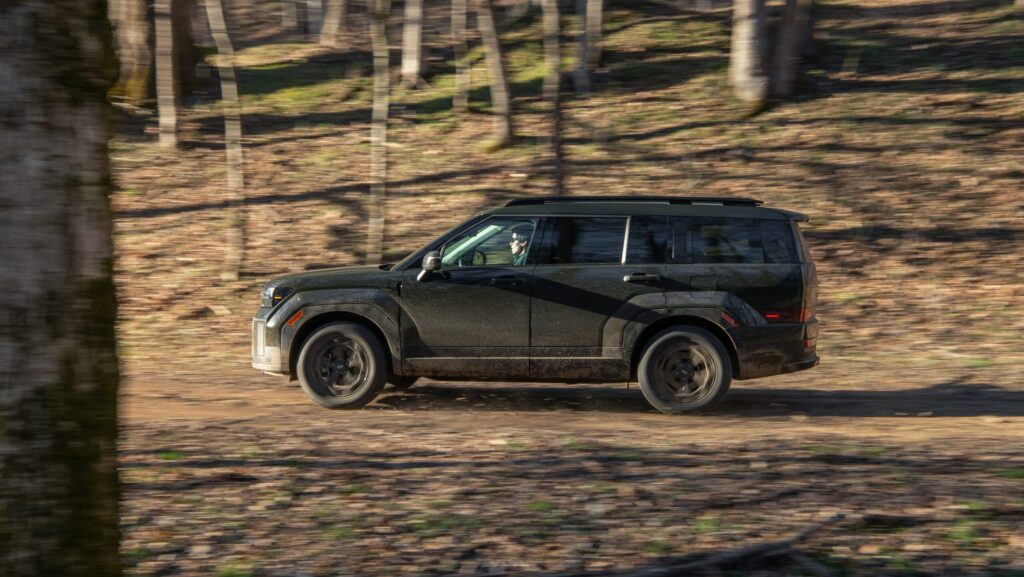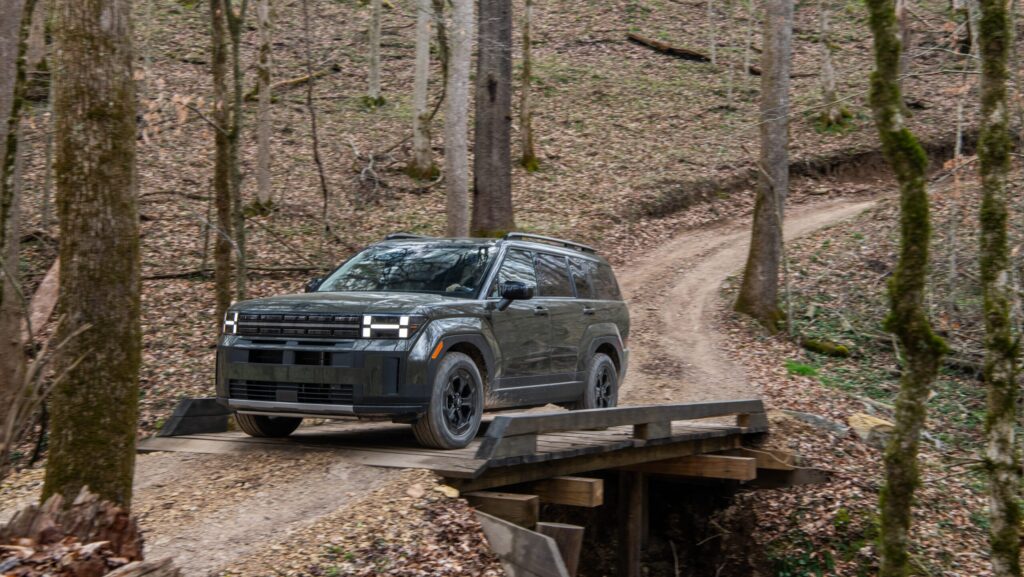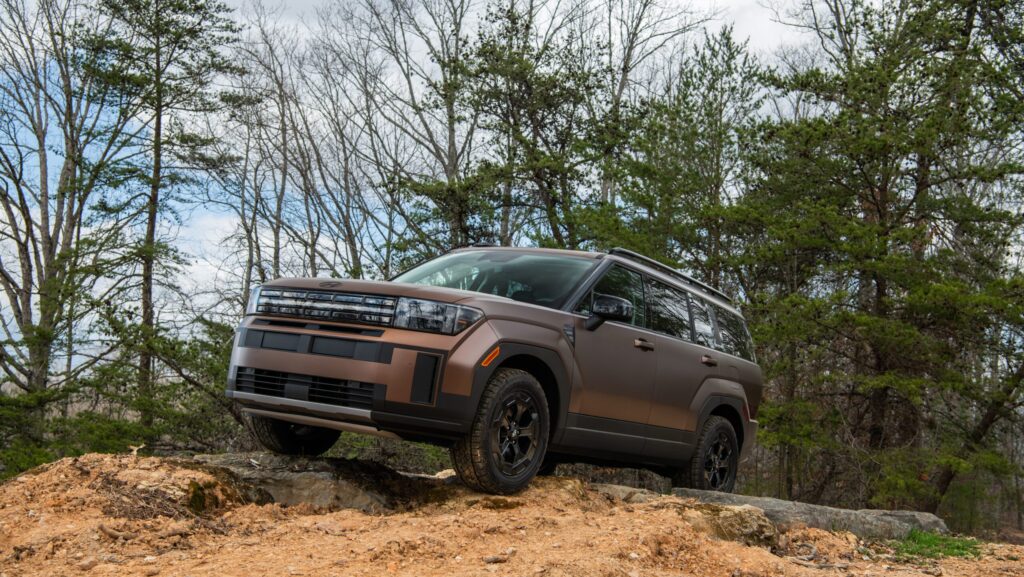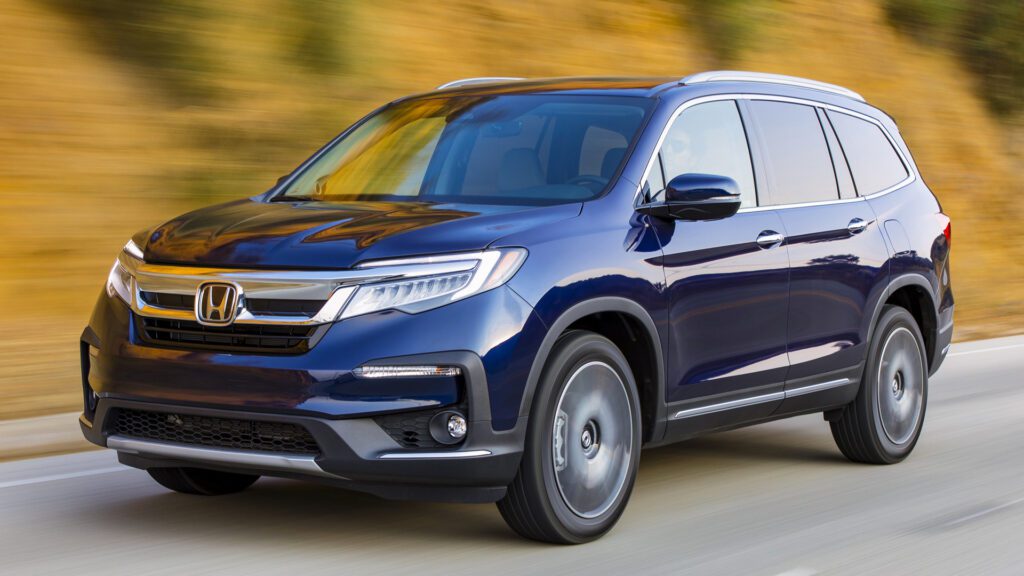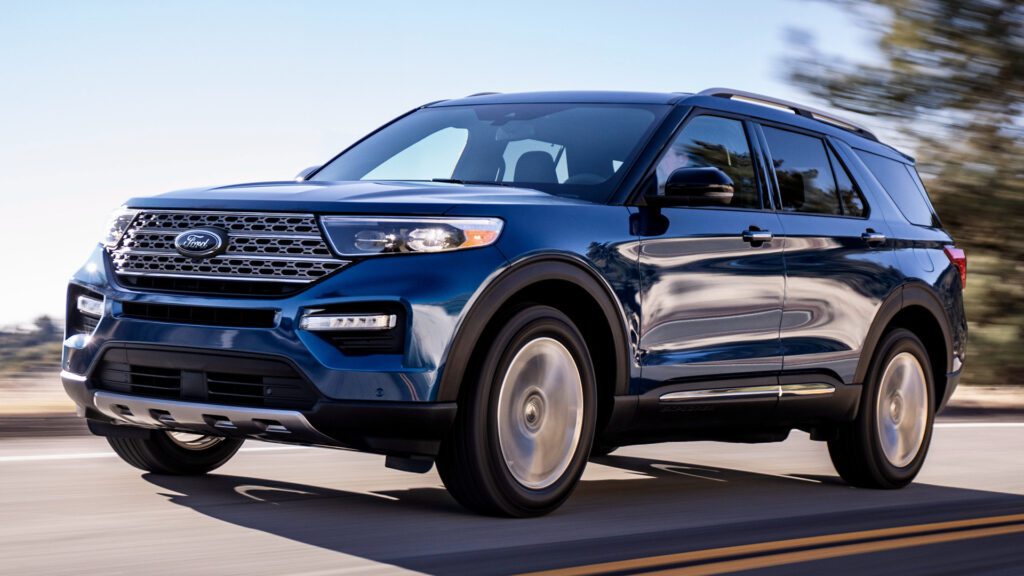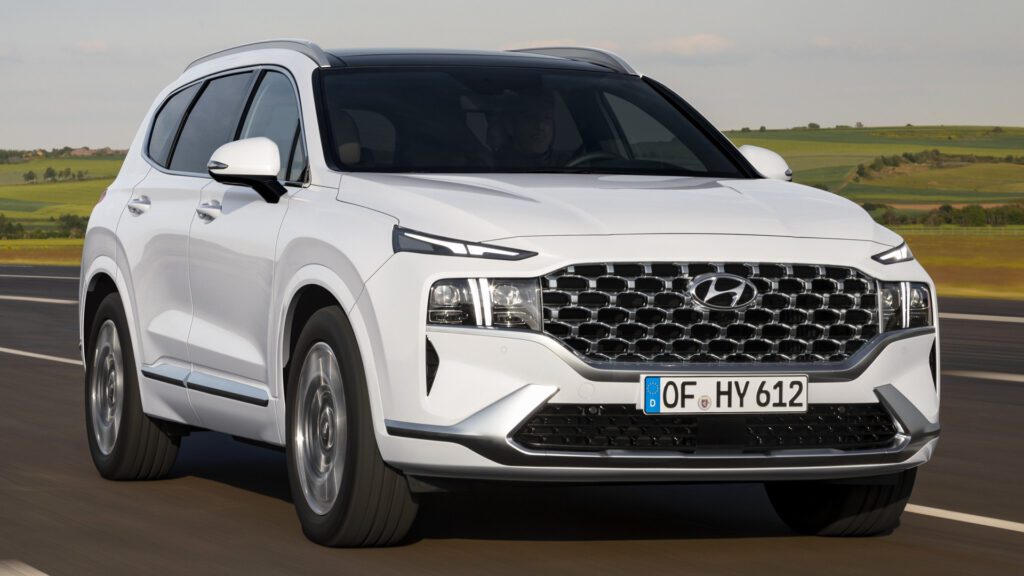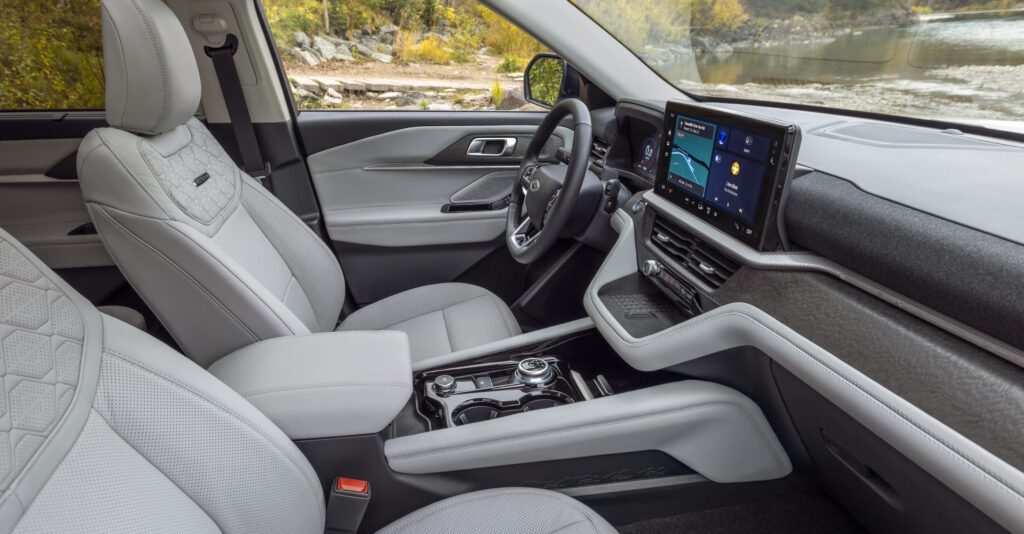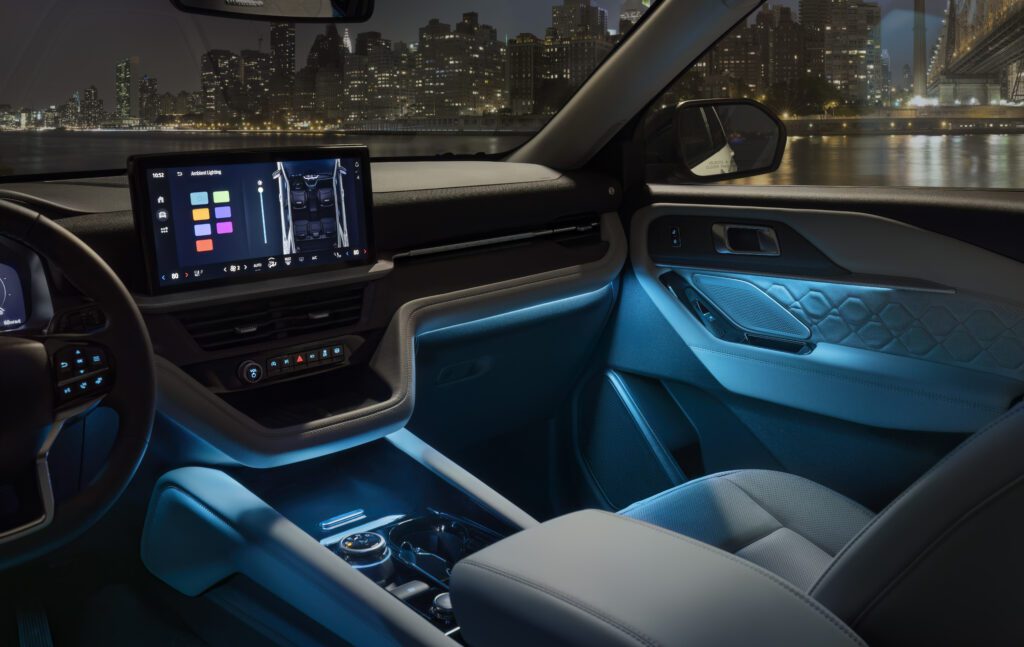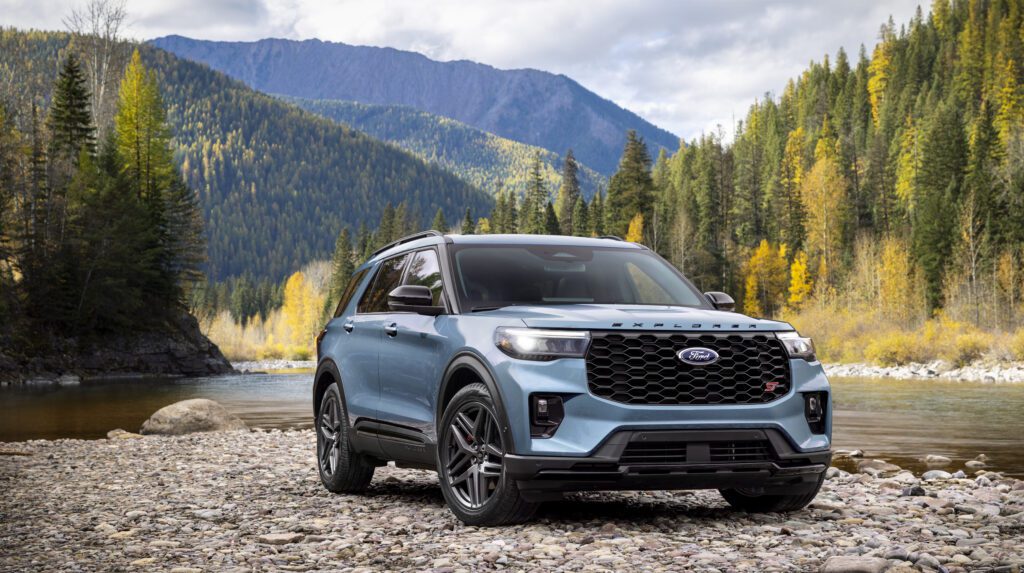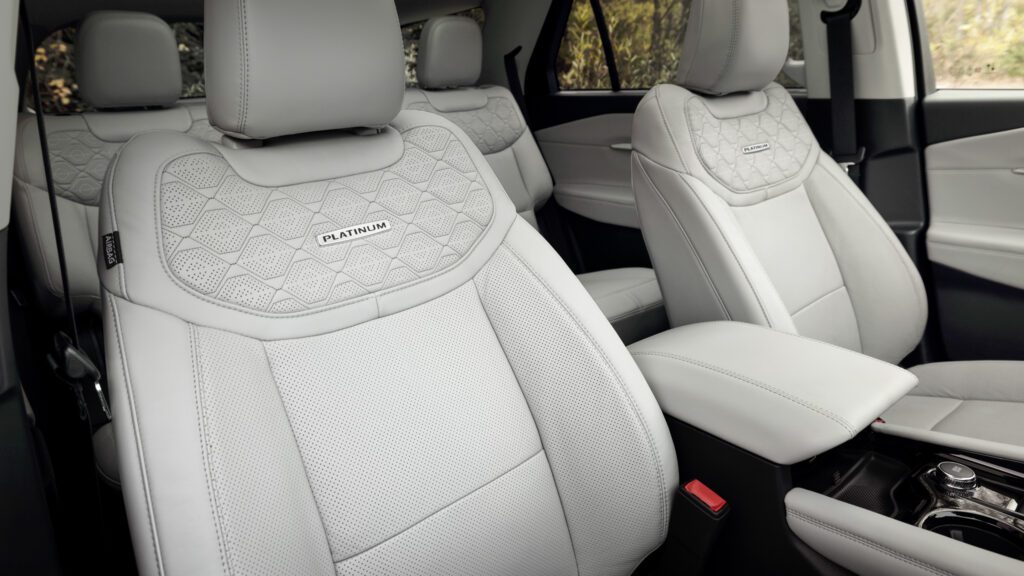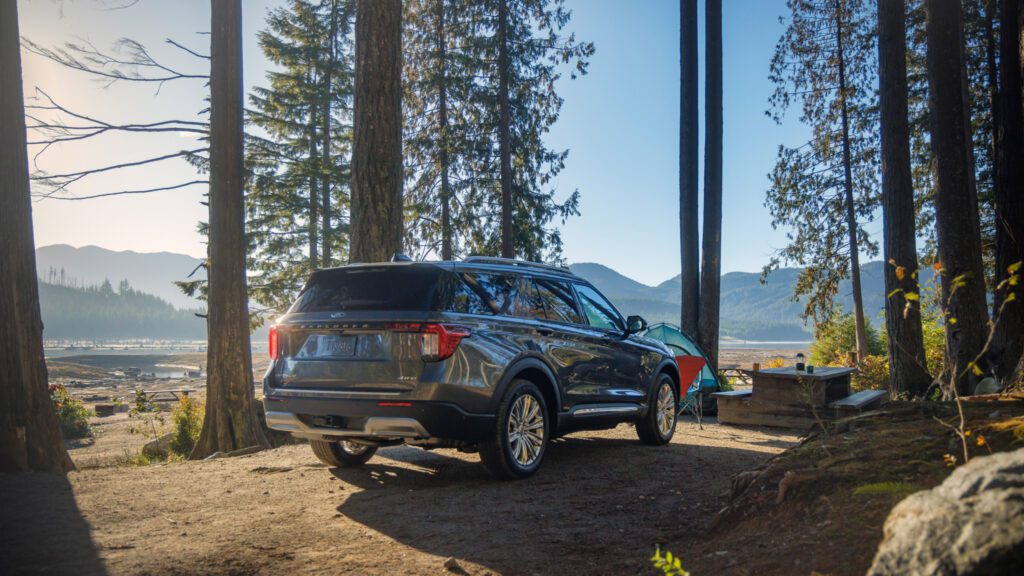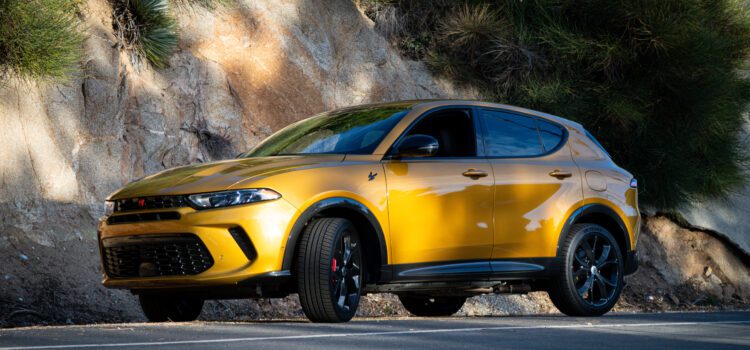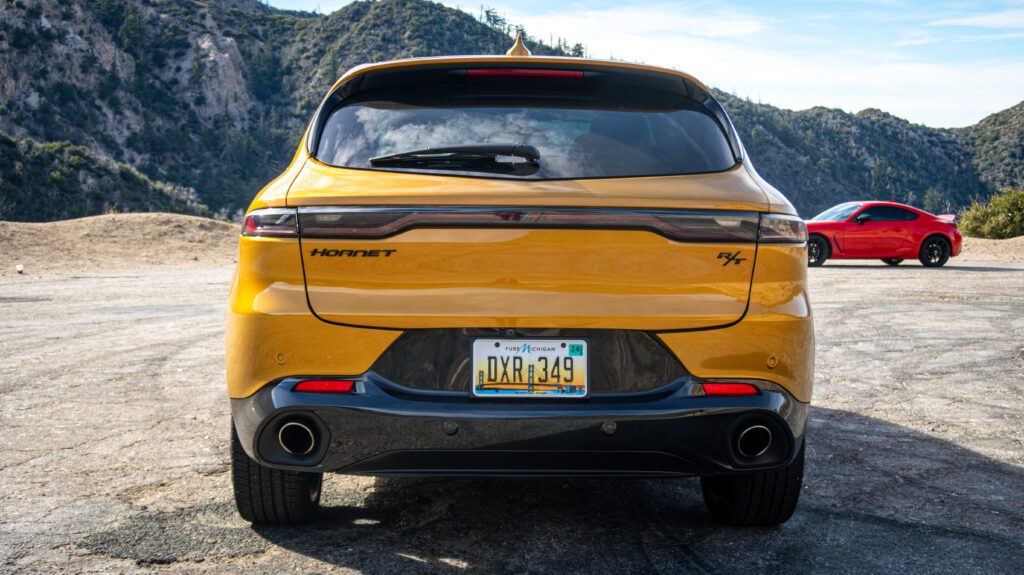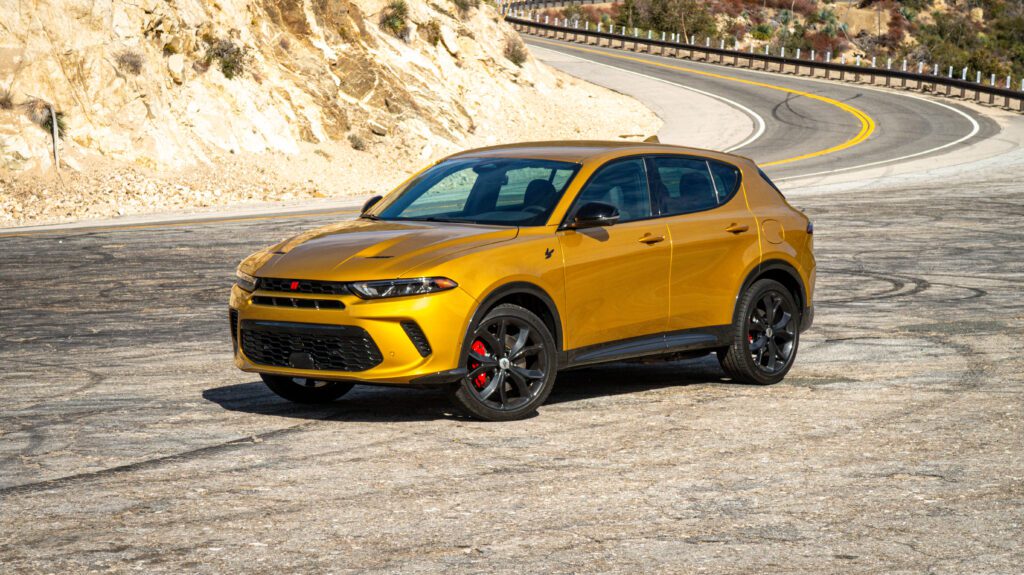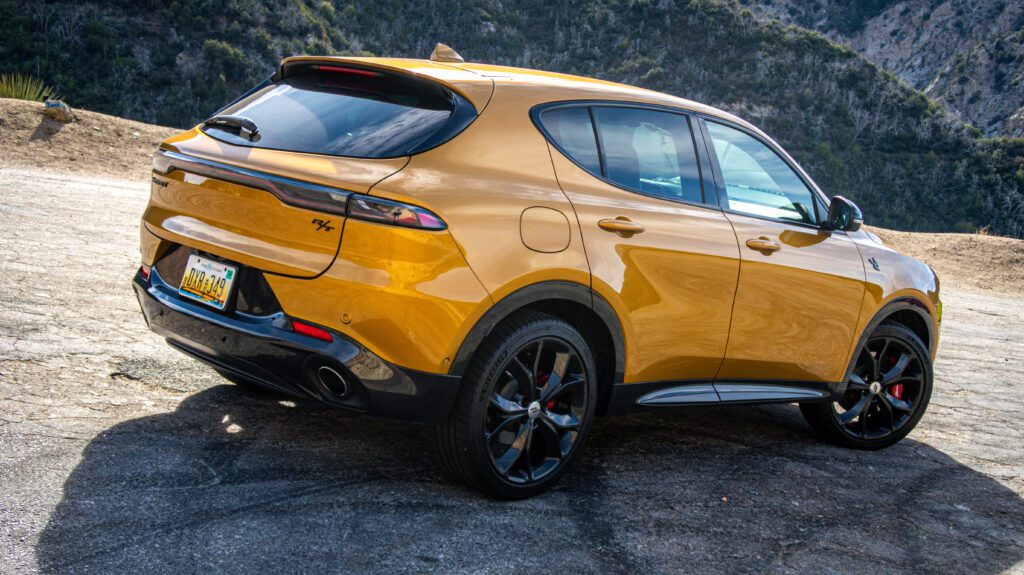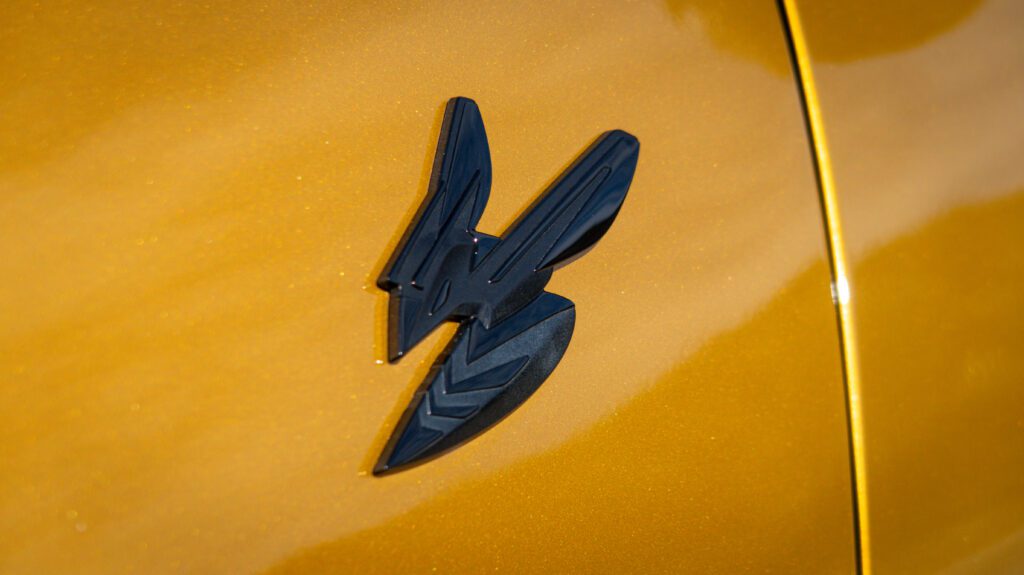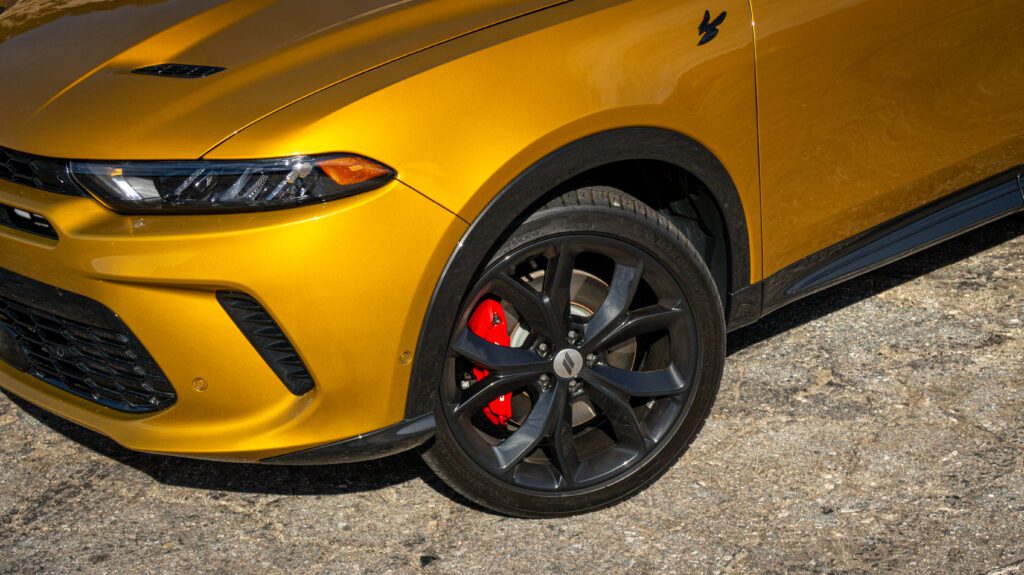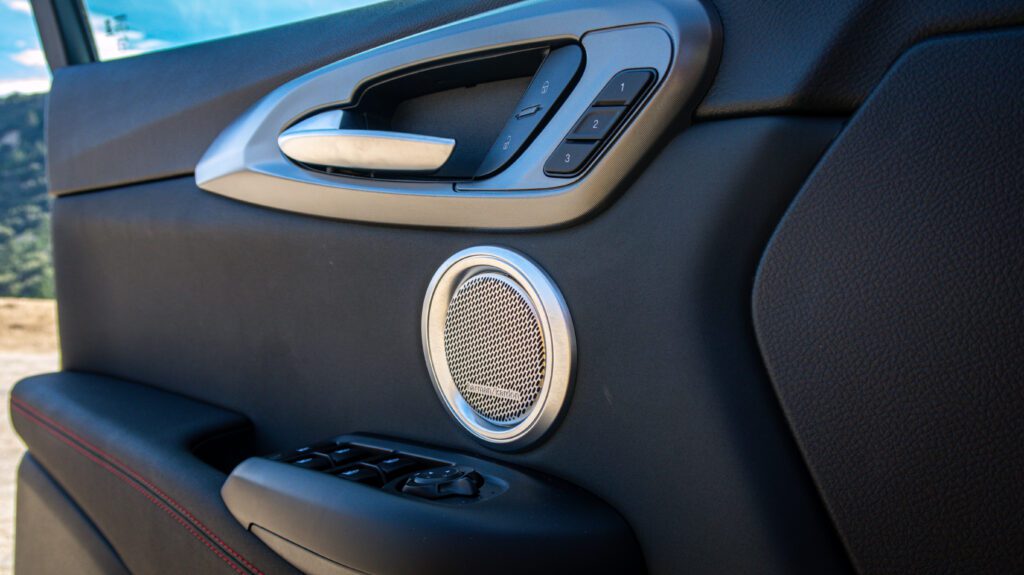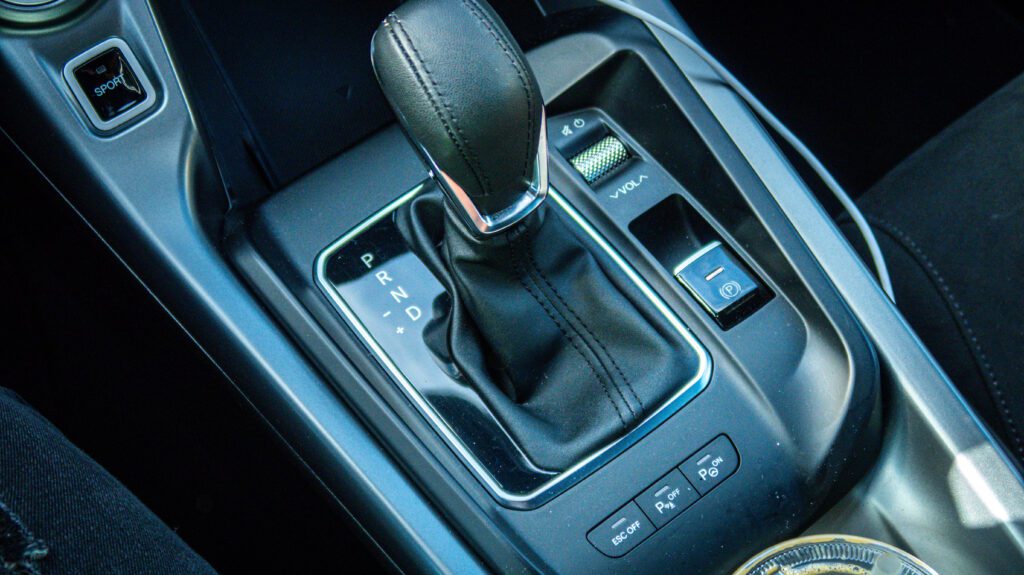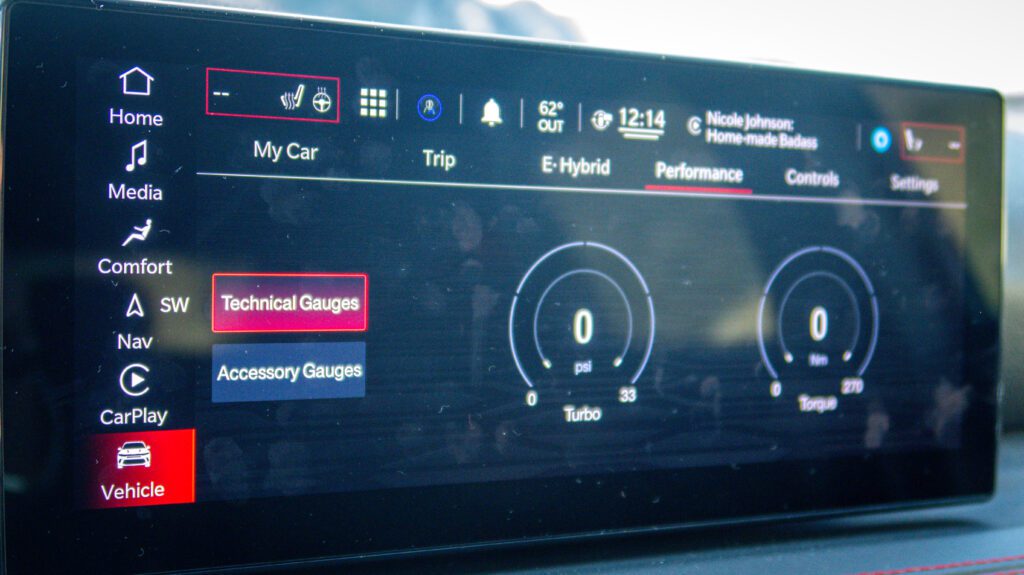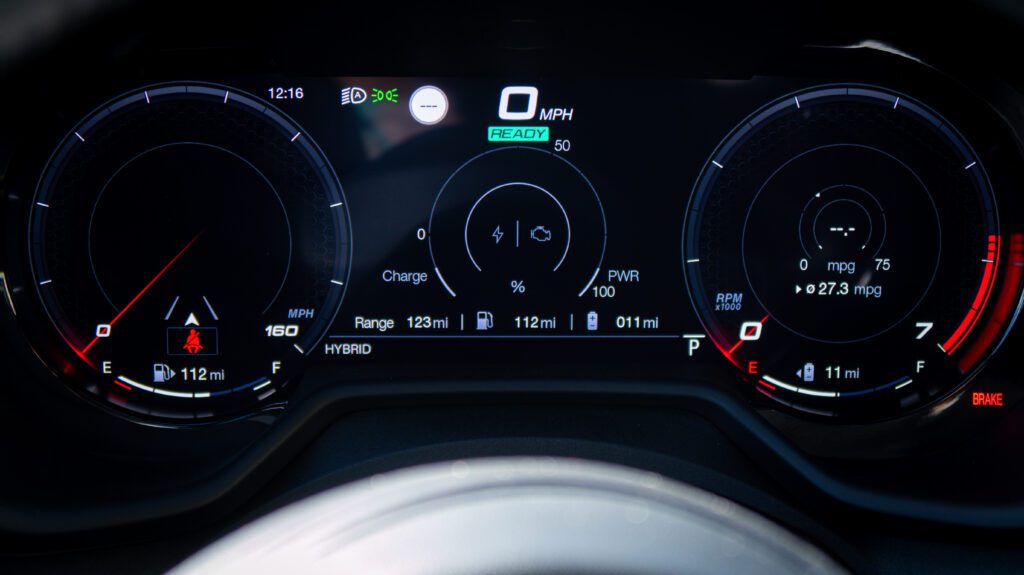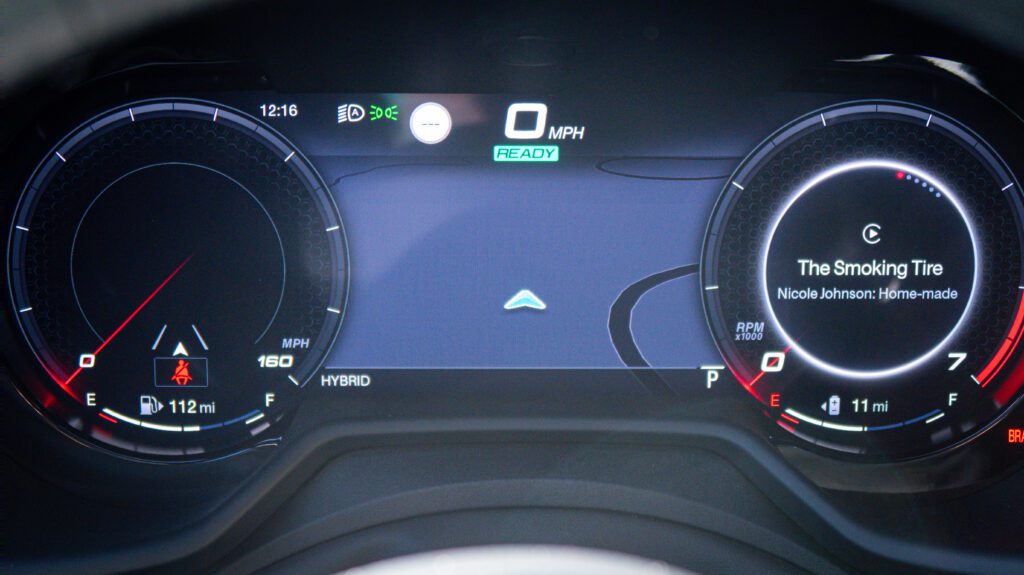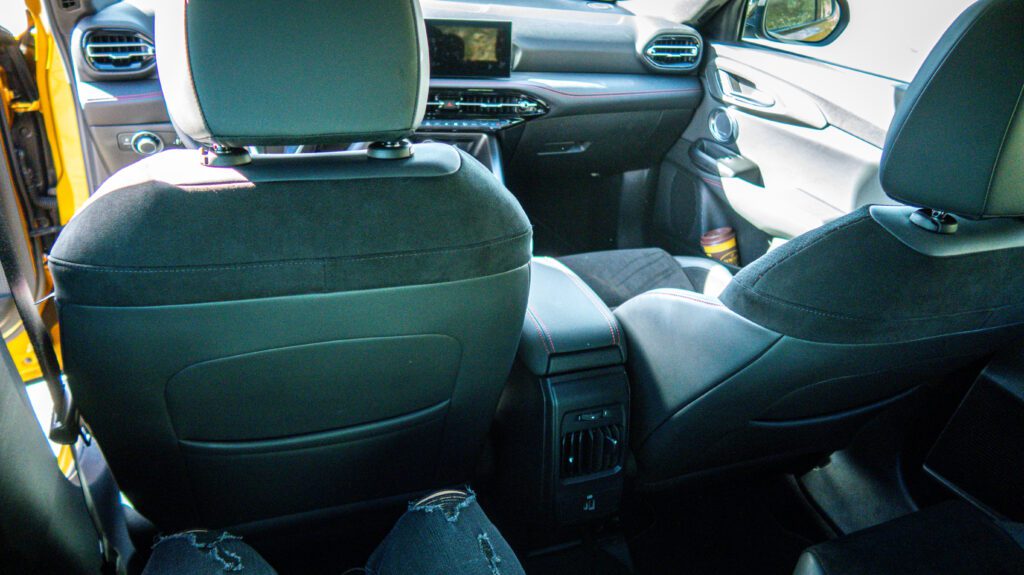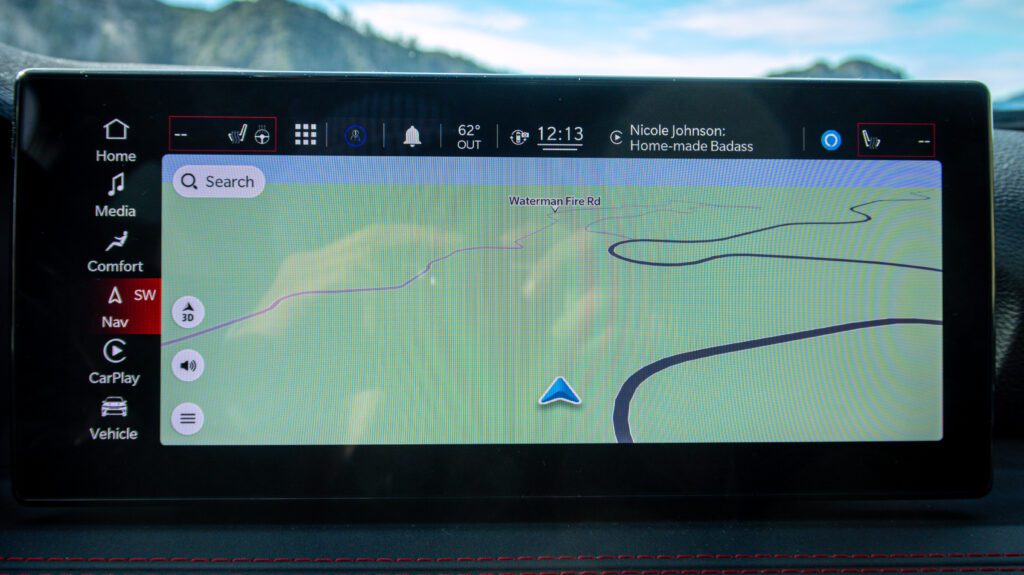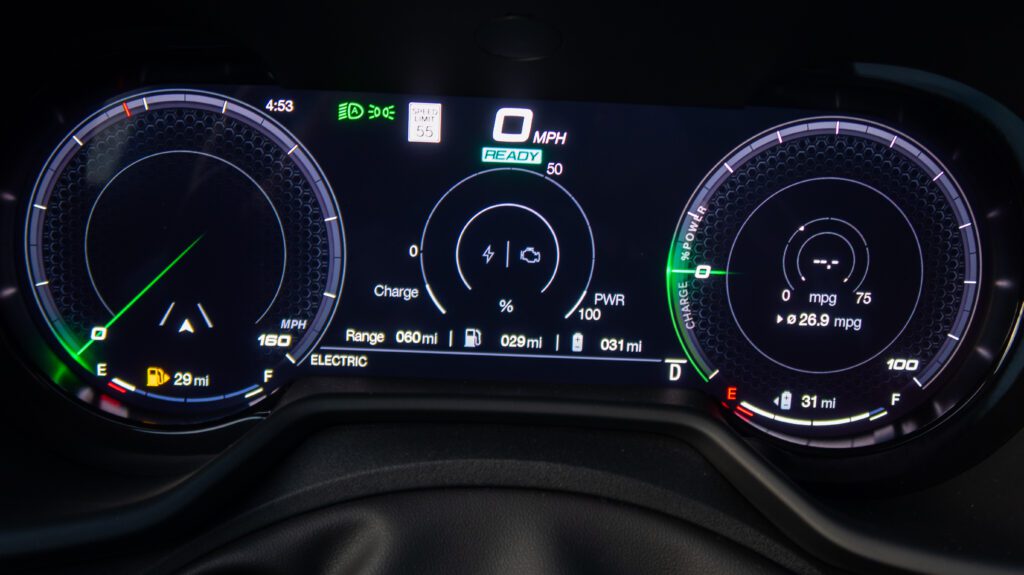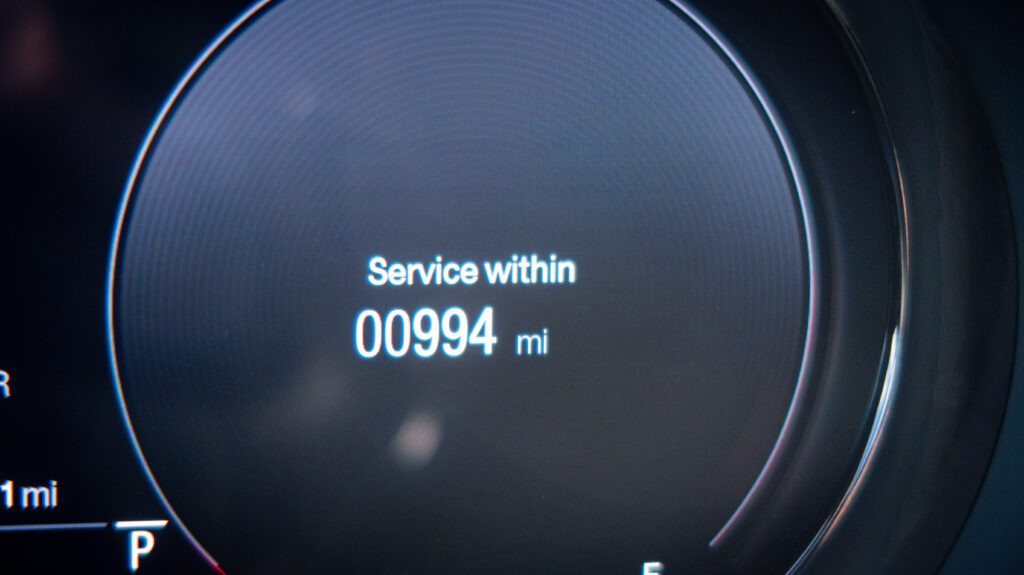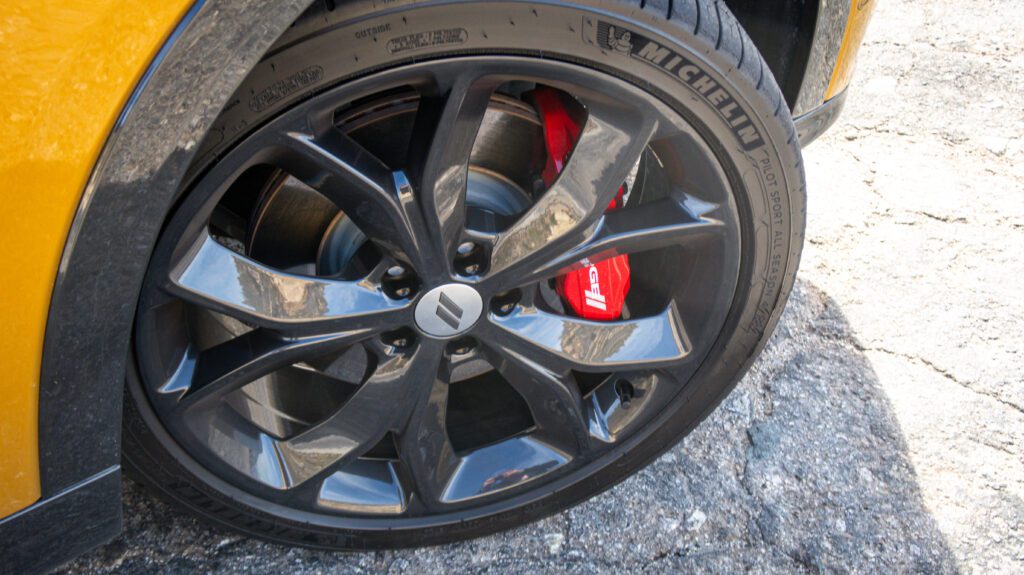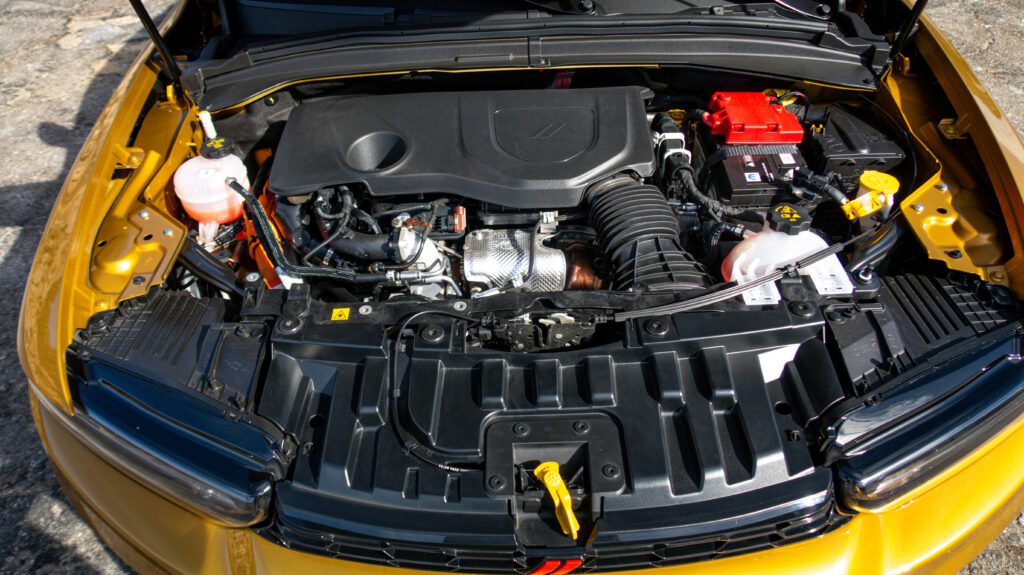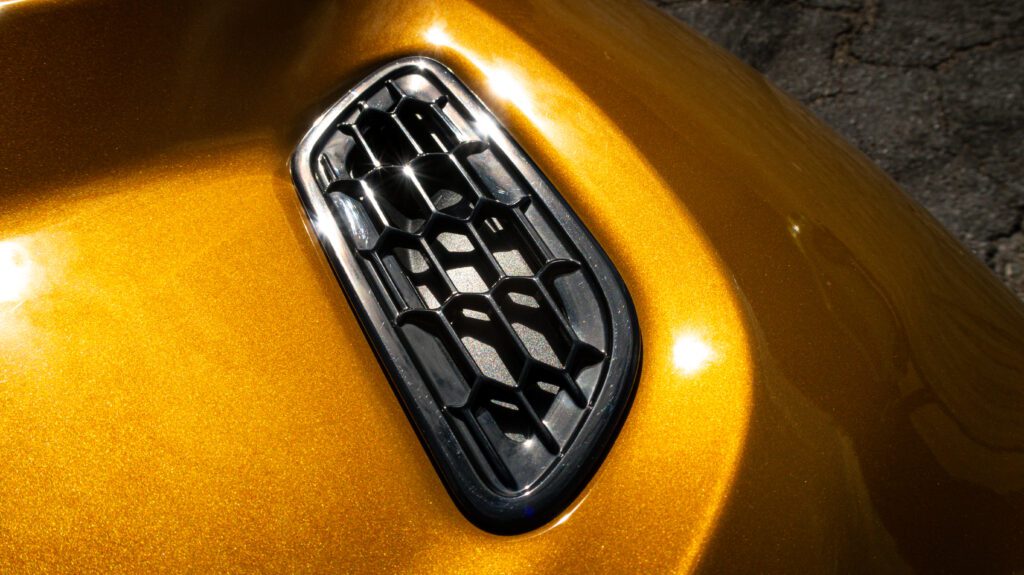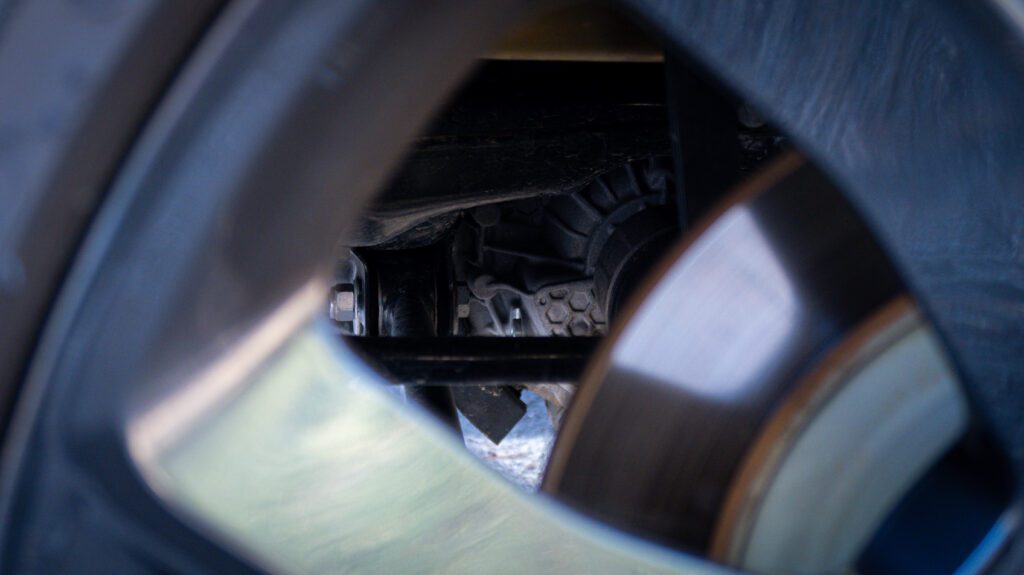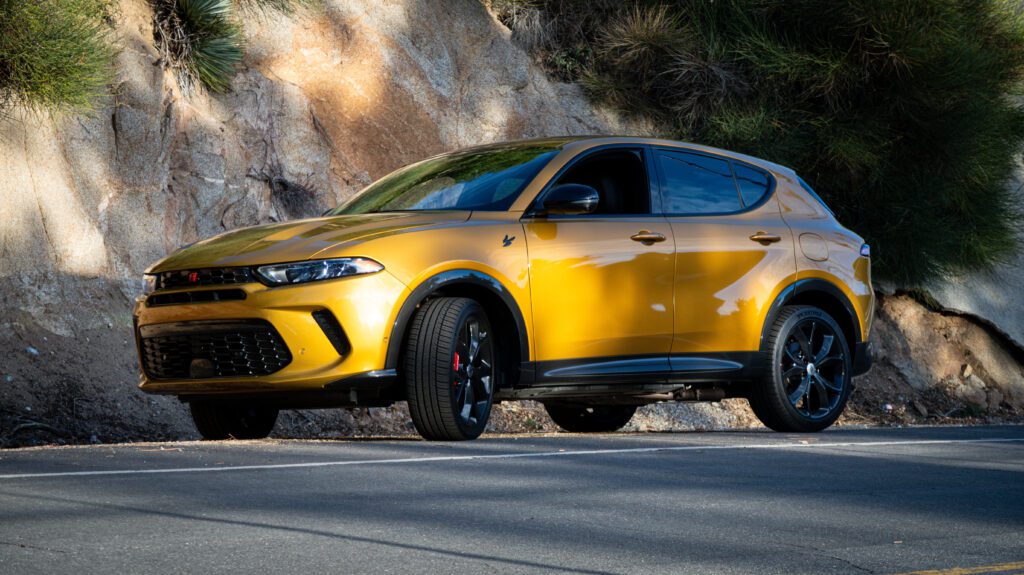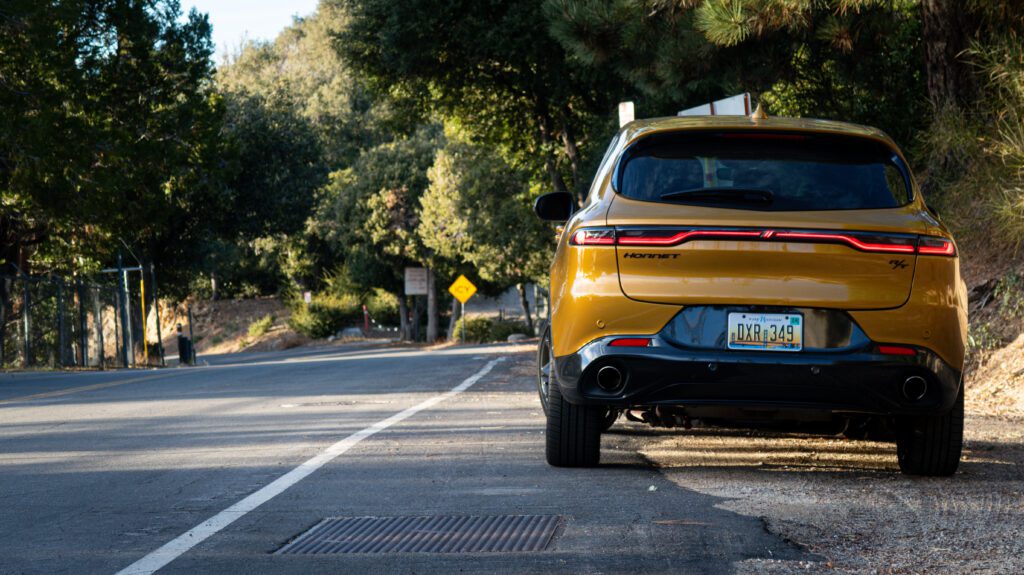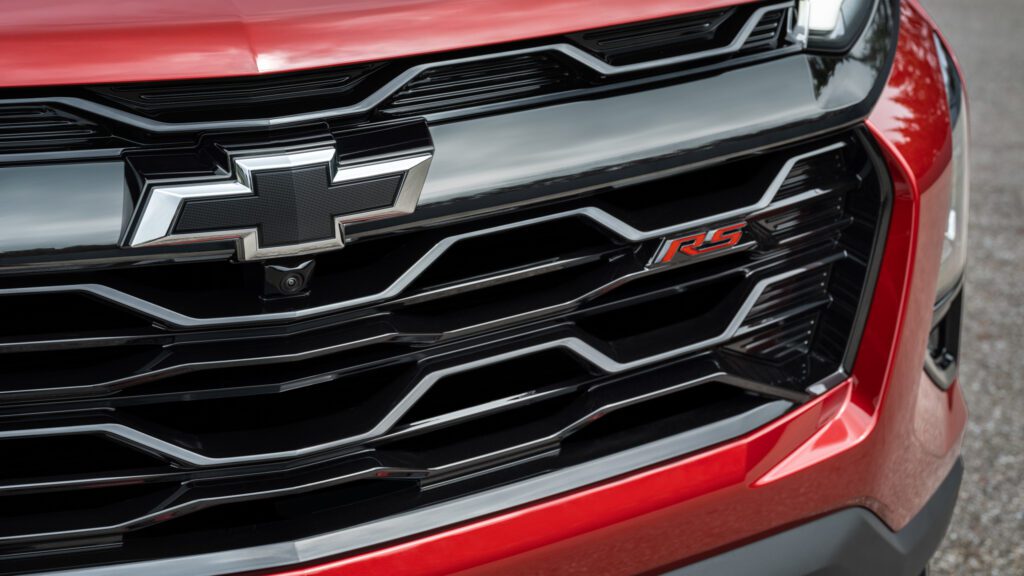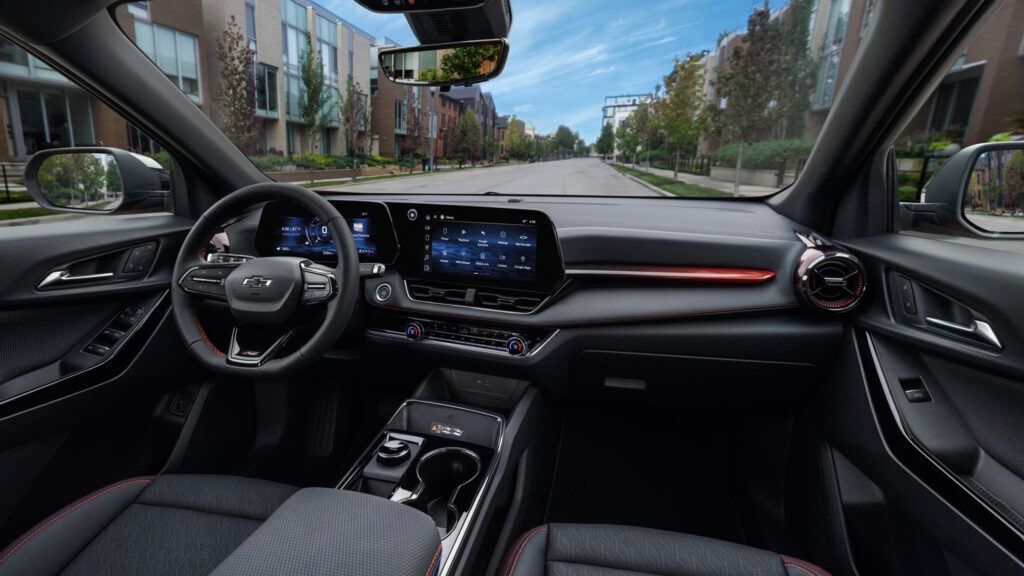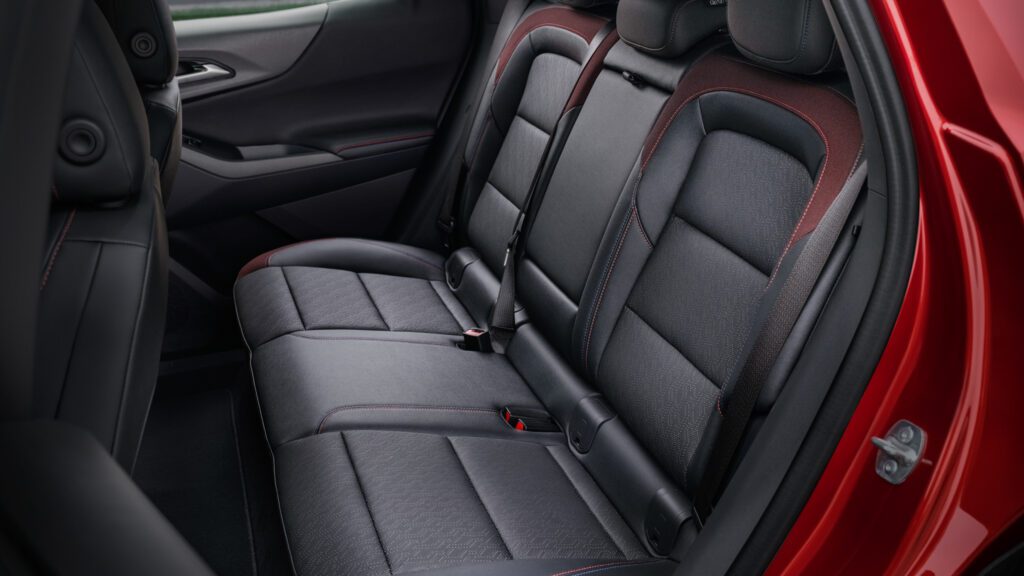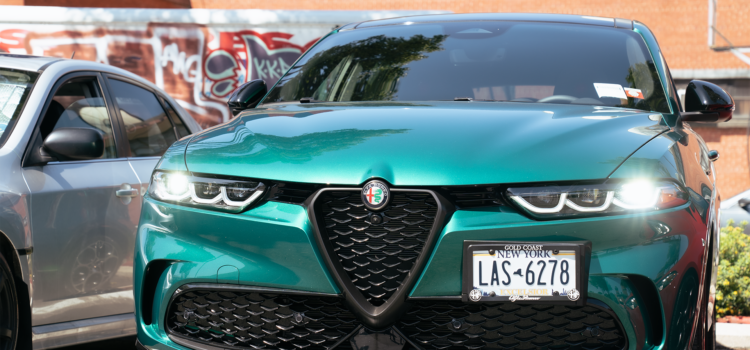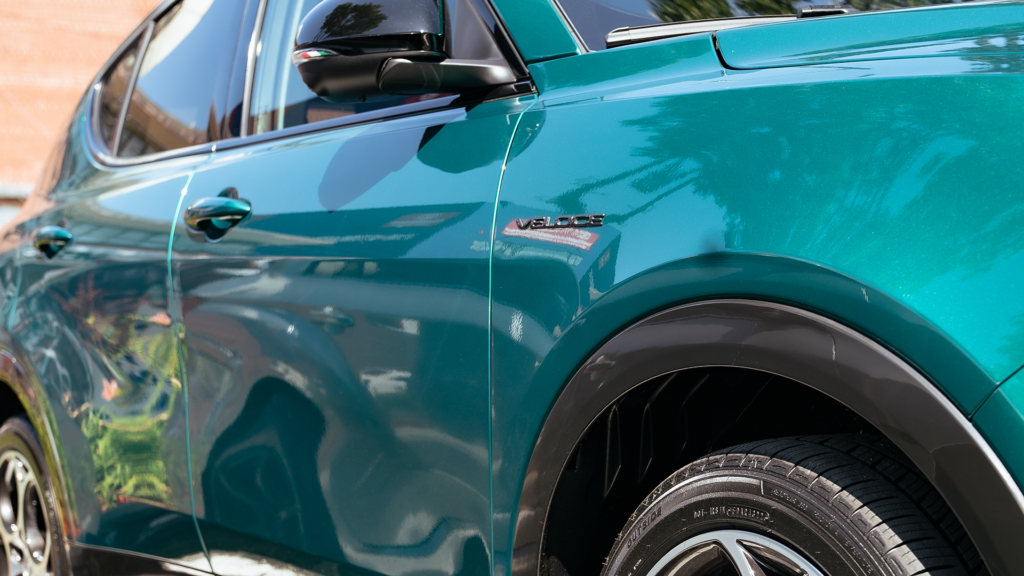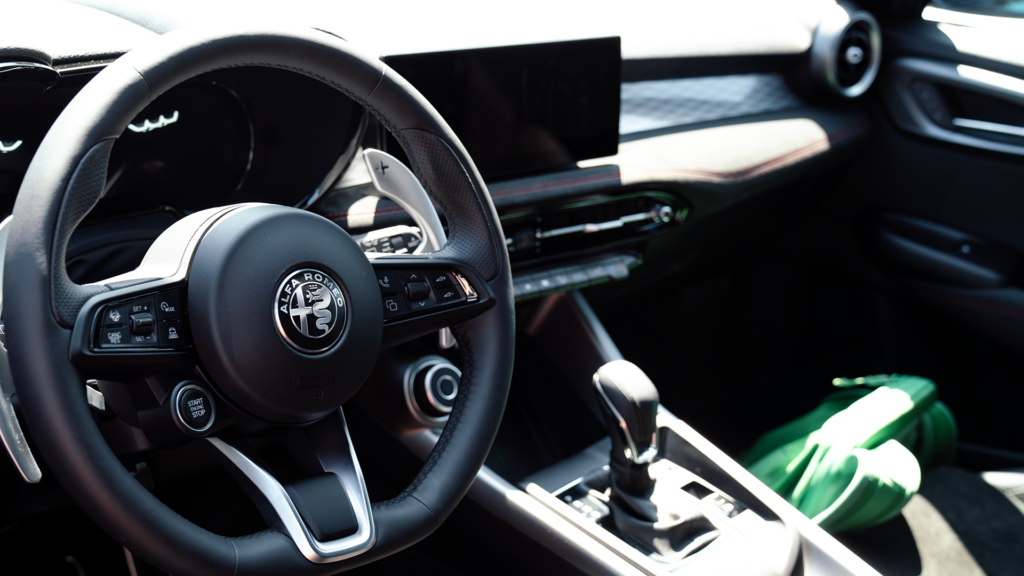2025 Genesis GV80 first drive review: An elegant SUV bargain gets even better
Genesis is at it again, refining its existing lineup bit by bit. New styling cues there. New infotainment doodads here. Simple tweaks that work together to keep Genesis relevant and create cars worth more than the sum of their parts and, arguably, their price. Just recently, Genesis worked such magic for the “enhanced” 2024 G70 sports sedan, which sought to rejoin the fight against the Germans with a potent new base engine and more advanced tech. Now, they apply the same formula to their hot-selling family shuttle, the Genesis GV80.
Price and specs
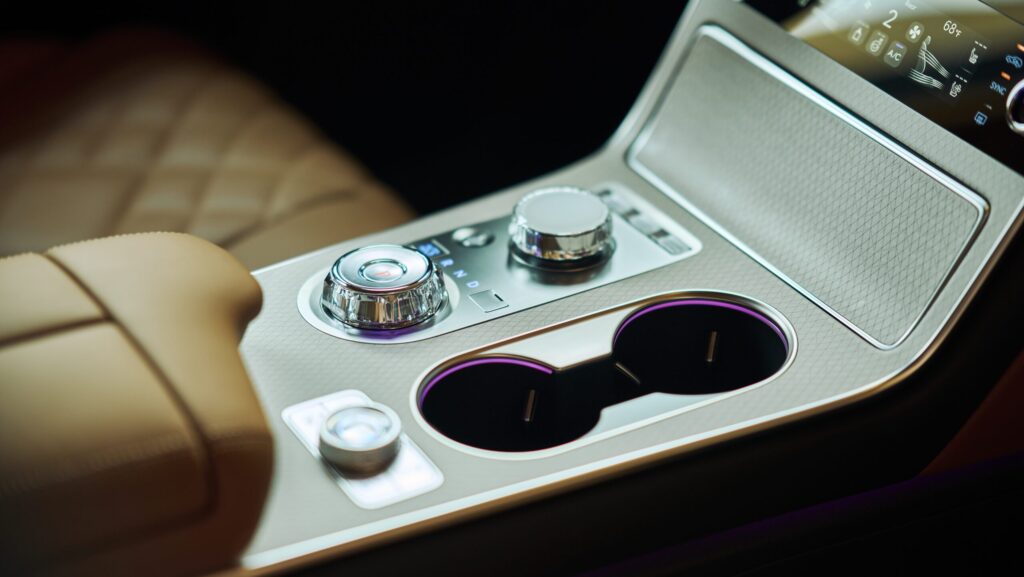

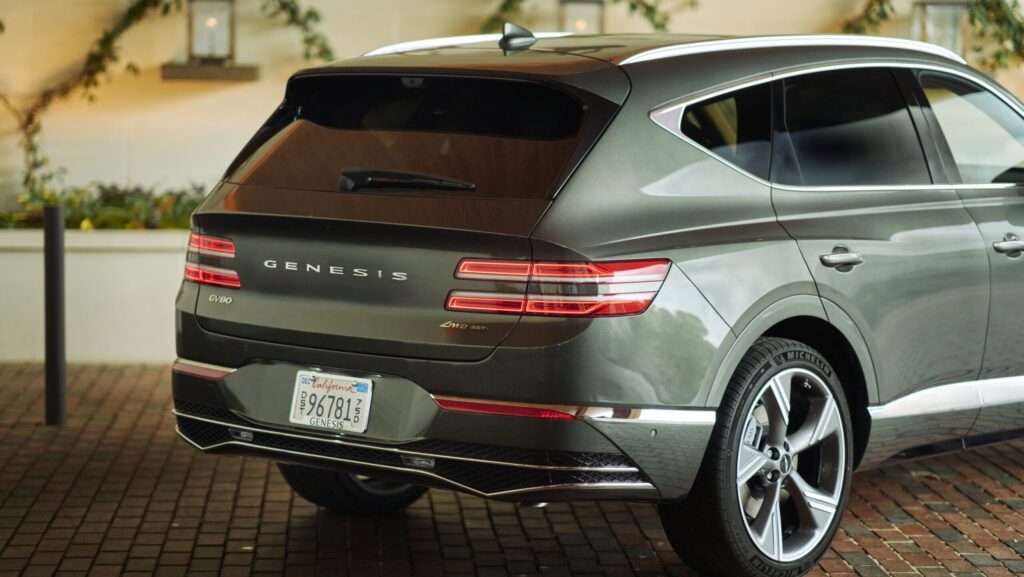
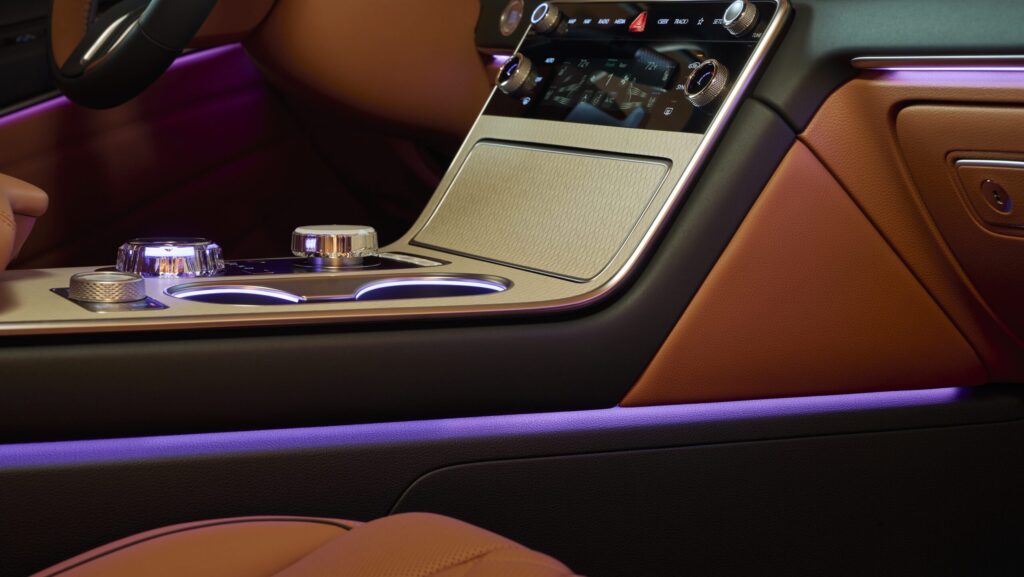
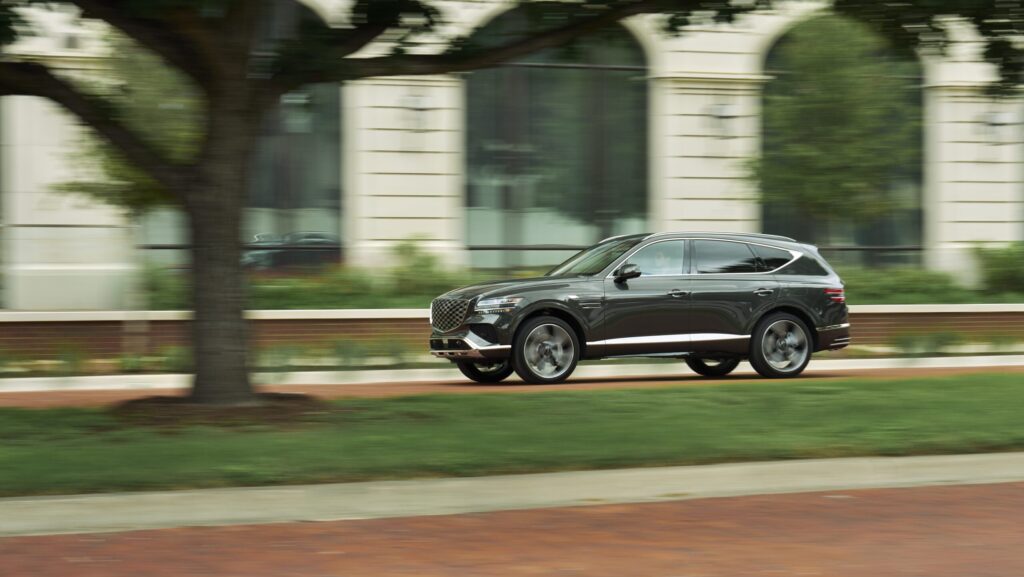
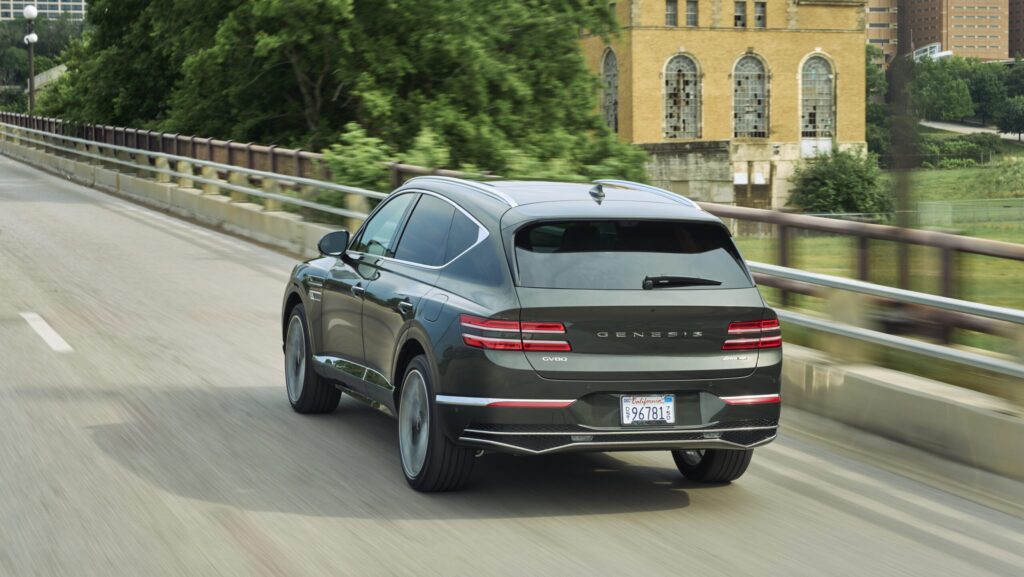
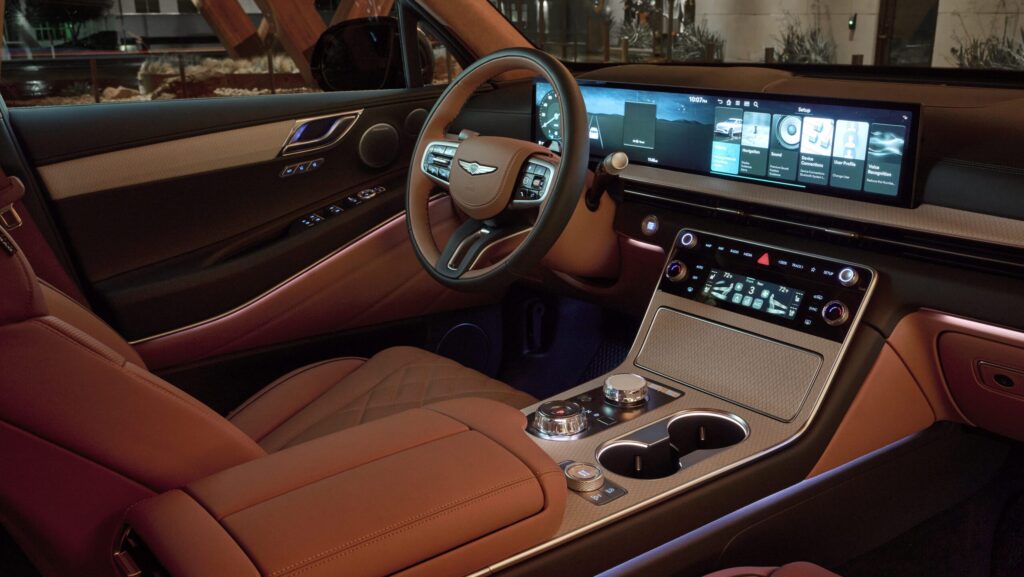
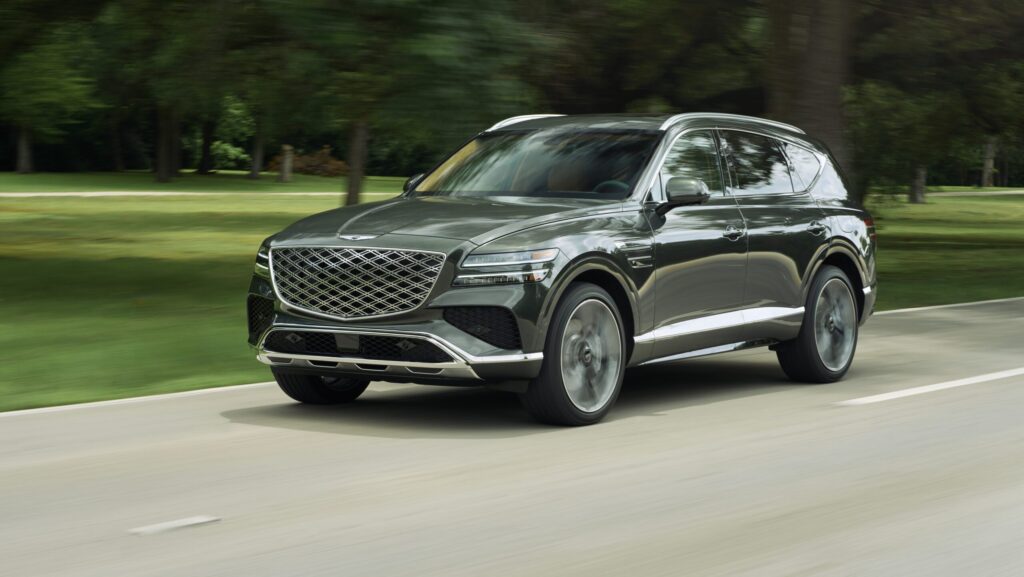
Genesis keeps things easy as they do with all their cars, with jam-packed trim levels and few options aside from colors and dealer add-ons. Base stripper GV80s with small wheels, fatter tires, leatherette, and the 2.5T engine start at just under $58,000, while a loaded-up 3.5T Prestige with suede headliners, 22-inch rollers, power doors, and power sunshades rings in at nearly $80,000.
Sure to lure in buyers from marques known for any sort of athleticism, the GV80 comes standard with multilink suspension front and rear, as well as drive modes, monoblock four-piston front brake calipers, and all-wheel drive. Higher trims add electronically controlled suspension and an electronic rear differential for an extra splash of dynamism when the kid’s soccer game or the Erewhon is nestled atop a mountain road. The family-oriented types will also appreciate the usual roundup of safety aids like adaptive cruise, lane keep, parking cameras, and various blind-spot monitors.
| Base prices: | $57,700 (2.5T Standard AWD), $58,700 (2.5T AWD), $61,600 (2.5T Select AWD), $65,600 (2.5T Advanced AWD), $70,450 (2.5T Prestige AWD), $73,800 (3.5T Advanced AWD), $79,300 (3.5T Prestige AWD) |
| Engine choices: | 2.5-liter turbocharged I4, 3.5-liter twin-turbocharged V6 |
| Transmission choices: | 8-speed automatic |
| Drivetrain choices: | all-wheel drive |
| Power: | 300 horsepower @ 5,800 rpm (2.5T), 375 horsepower @ 5,800 rpm (3.5T) |
| Torque: | 311 pound-feet @ 1,650 rpm (2.5T), 391 pound-feet @ 1,300 rpm (3.5T) |
| Weight: | 4,850 pounds (2.5T), 5,115 pounds (3.5T) |
| Towing capacity: | 6,000 pounds |
| Zero-to-60 mph: | approx. 5.8 seconds (2.5T), approx 5.3 seconds (3.5T) |
| ¼-mile: | approx. 14.5 seconds @ 95 mph (2.5T), approx. 13.9 seconds @ 101 mph (3.5T) |
| MPG: | 19 city, 24 highway, 21 combined (2.5T) 16 city, 22 highway, 19 combined (3.5T) |
| Fuel capacity: | 21.1 gallons |
What’s new?
Just a nip and tuck
You’d be hard-pressed to pick apart the new GV80 from the preceding model years. It’s about as mild of a facelift as facelifts come. There’s a slightly revised rear bumper with hidden exhaust outlets, a new headlamp design with individual projectors instead of solid bars, enlarged air inlets that direct air through the fender, and a new grille design with two bars instead of one. Perhaps more striking than the new grille are the new 20 and 22-inch wheel designs that further evoke a sense of sportiness beyond just bigger air inlets or the new Storr Green metallic and Storr Green matte paint colors.
Other than that, the overall shape remains the same, as does the platform itself. But the most significant alterations that Genesis’ plastic surgeons have made are the ones you don’t immediately see from across the parking lot.
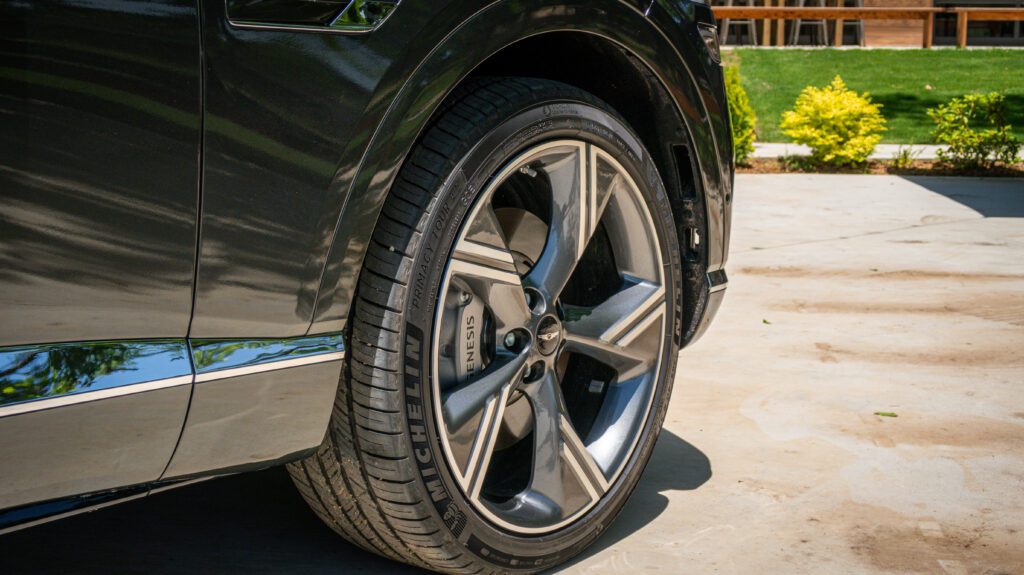
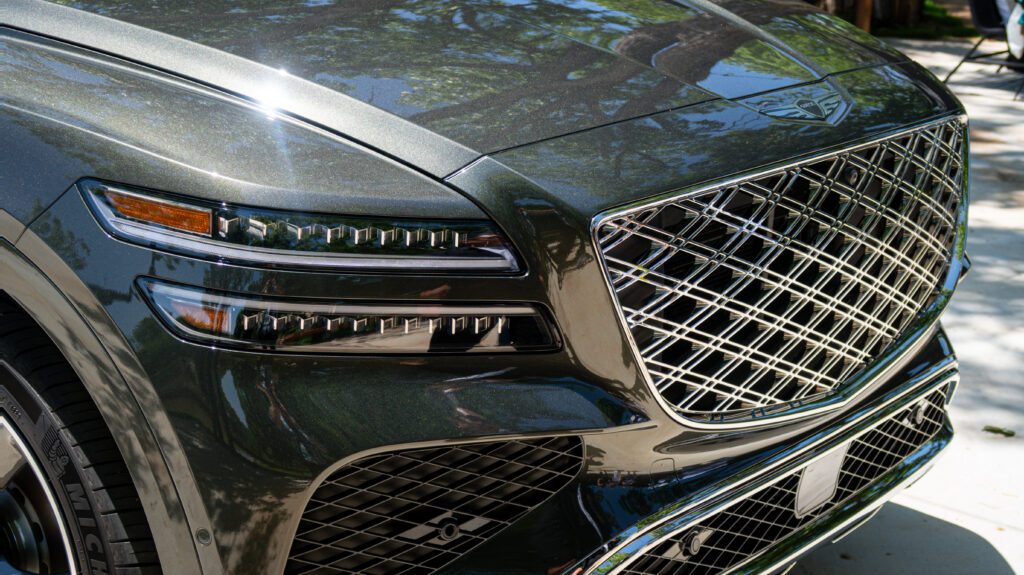
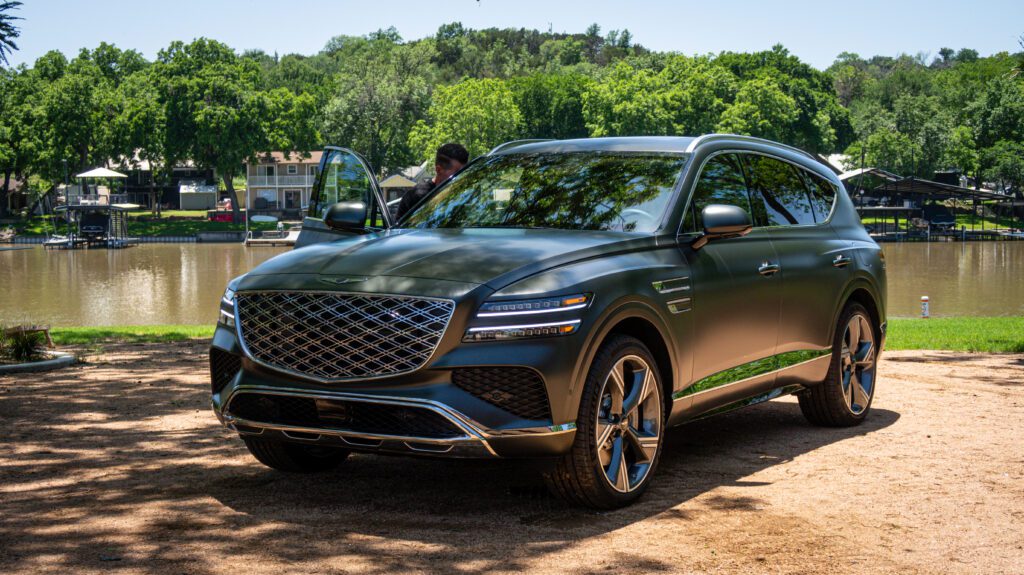
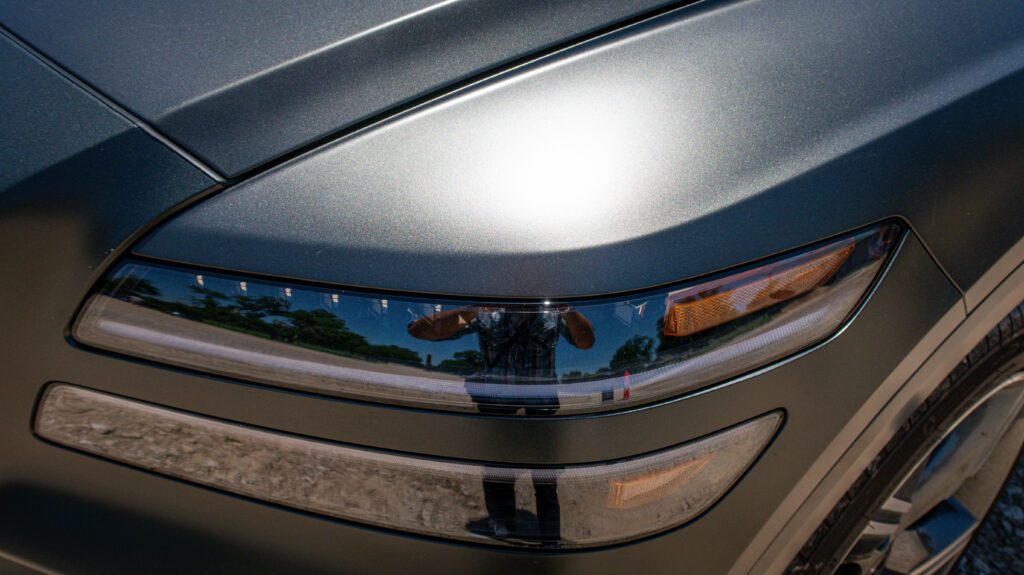
It’s what’s on the inside that counts
The cabin and under the hood see the most significant upgrades in the form of an updated interior that’s more in keeping with the Hyundai Motor Group design language and a new 2.5-liter turbo-four base engine outputting 300 horsepower and 311 pound-feet at a diesel-like 1,650 rpm, which Genesis touts as the most powerful base engine in the segment. Torque for days, no matter the engine!

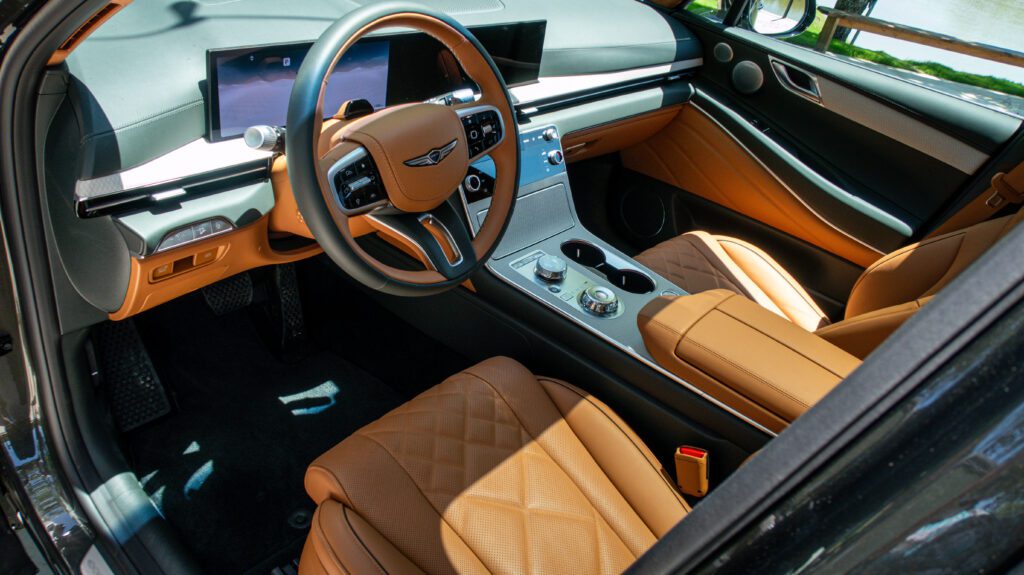

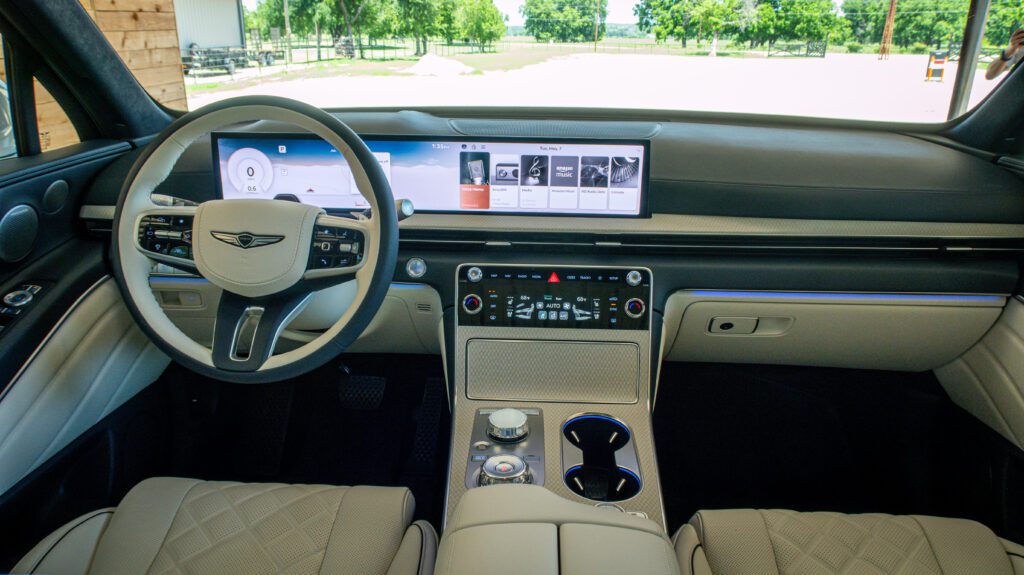

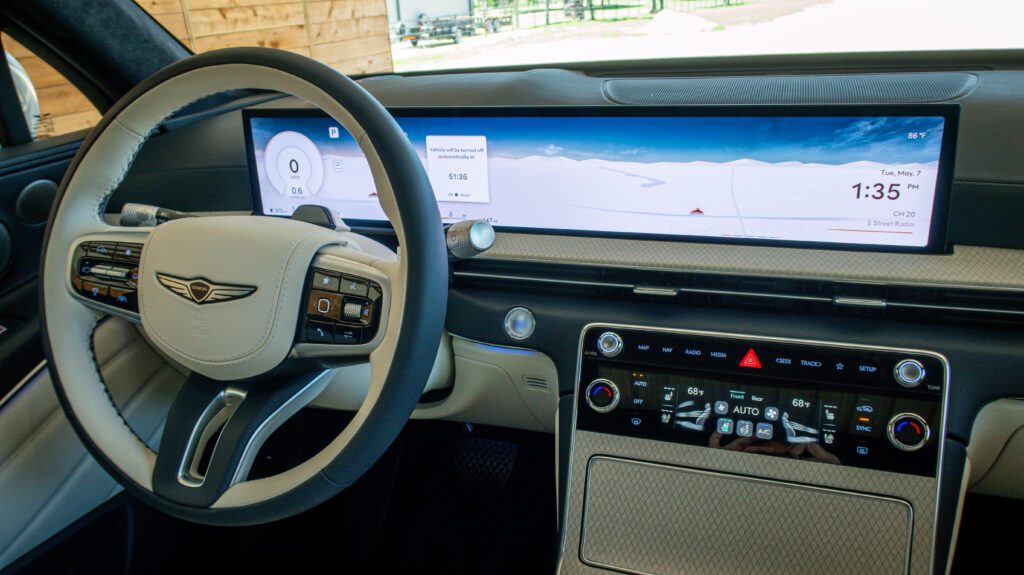

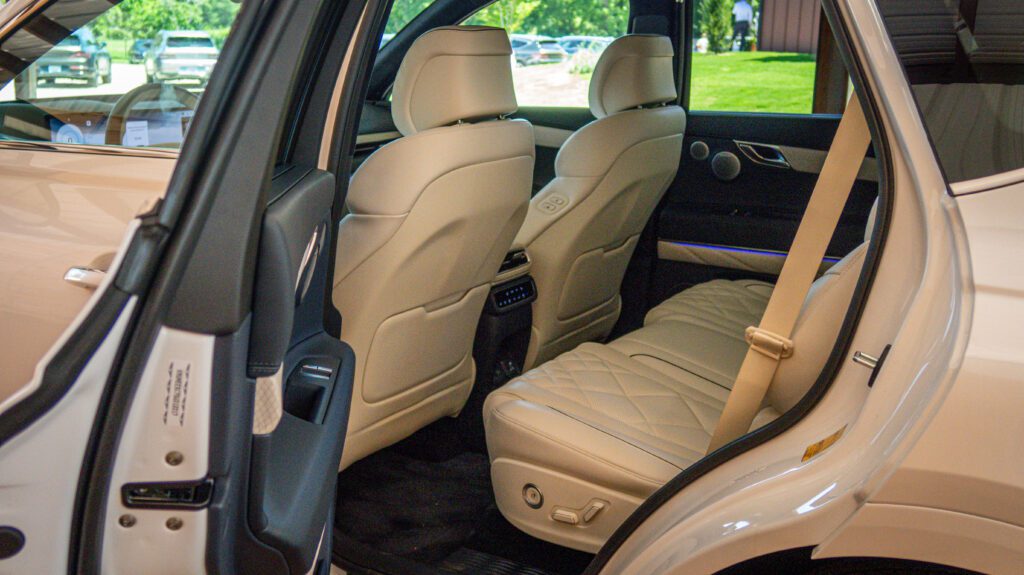
Greeting occupants is an expansive 27-inch display that manages both gauge cluster and infotainment duties as one continuous screen with no hard break between. The nav screen fades seamlessly into the gauges. Neat stuff. Like the current crop of G70 and G90, the climate control panel switches to a mix of hard buttons and quick, responsive haptic touch controls. Another proud addition is the B&O Premier audio system on higher-trim GV80s, with an impressively broad range of adjustments for those who favor bright and energetic sounds, soft and warm sounds, and everything else in between.
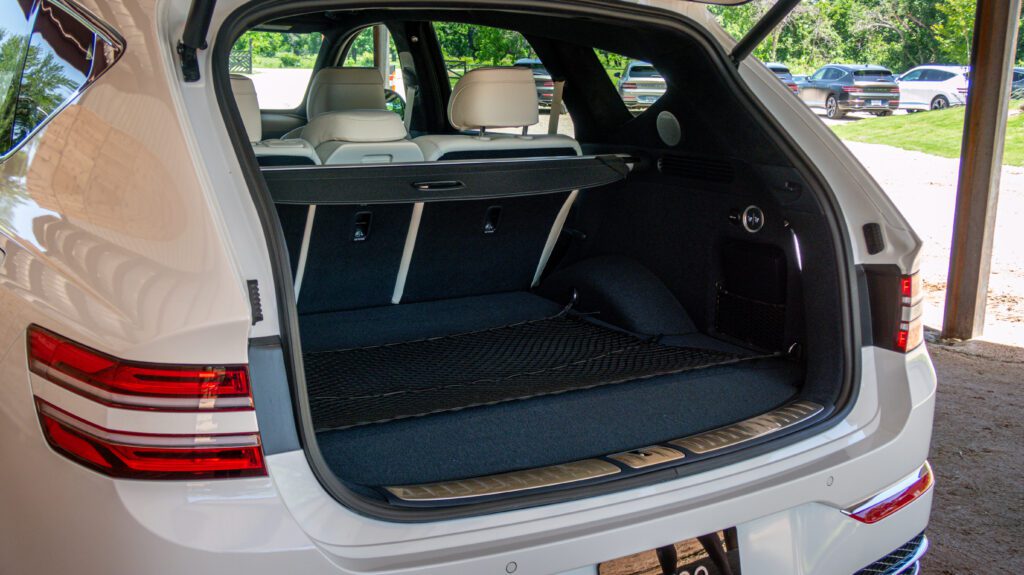
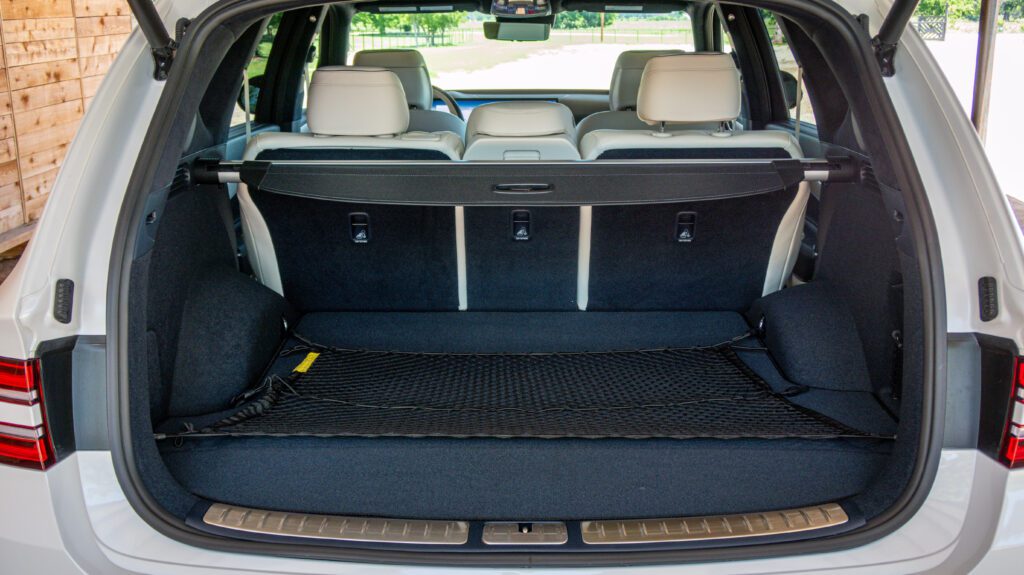
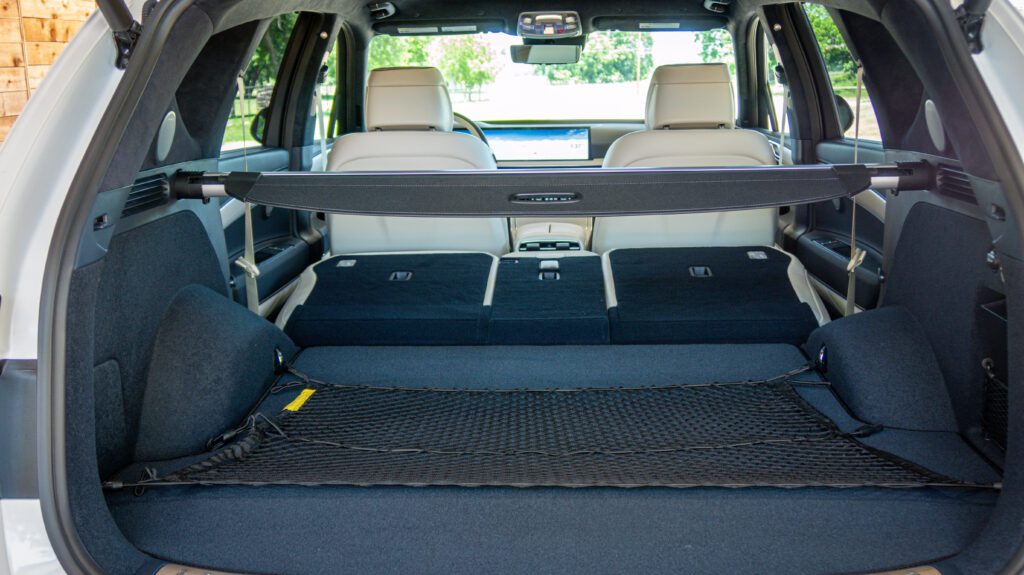
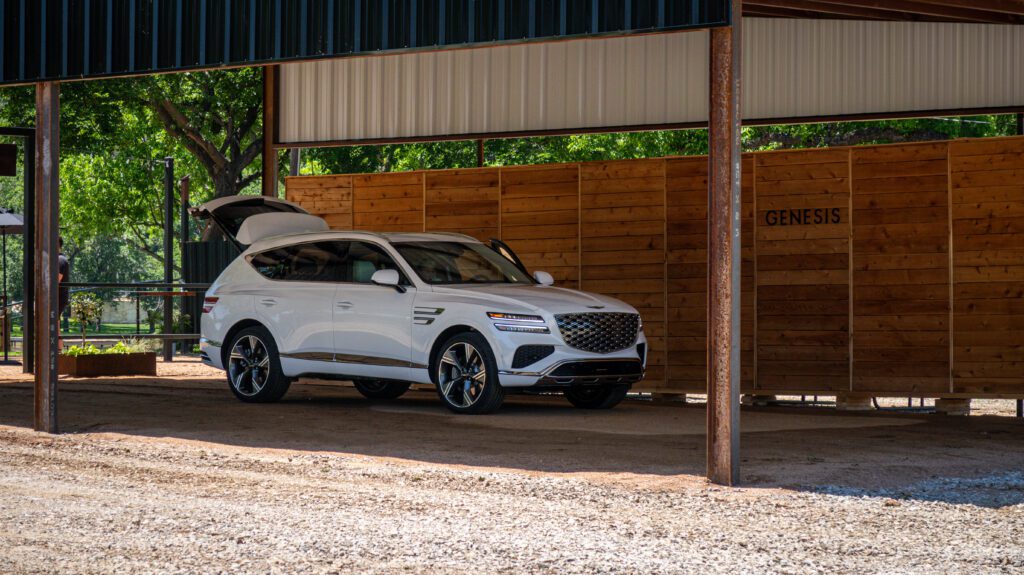
What is it like to drive?
The bones of an athlete
The Genesis GV80 is no athlete like a Cayenne or Macan, but it puts up a decent impression wafting along the country two lanes outside Dallas. Whether you’re in Comfort or Sport, the ride remains complaint yet composed. The steering is well-weighted, firms up appropriately in Sport mode, and turns in with a mild sense of urgency as if to say, “Alright, so we’re doing this. Can do!”
We didn’t get to sample the 300-horsepower four-banger, which was a shame since I loved it to death in the G70 and felt it lightened the nose significantly. Oh well. It’s not like the Michelin Primacy Tour tires or fast sweepers would encourage much rallyist antics, anyway. This is merely an excellent highway cruiser that just so happens to be okay with putting a little extra pep in its step should you ever ask it to.

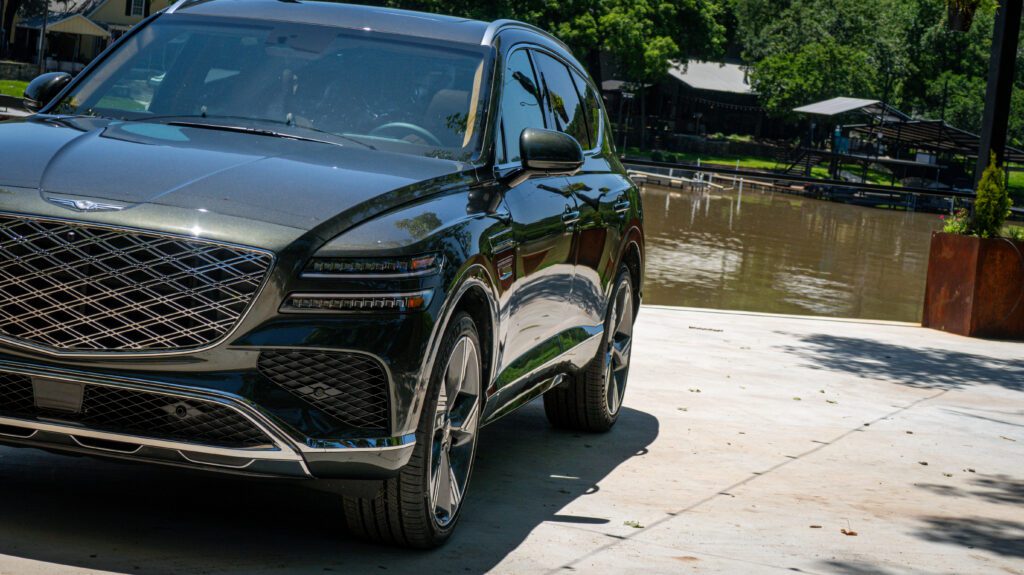
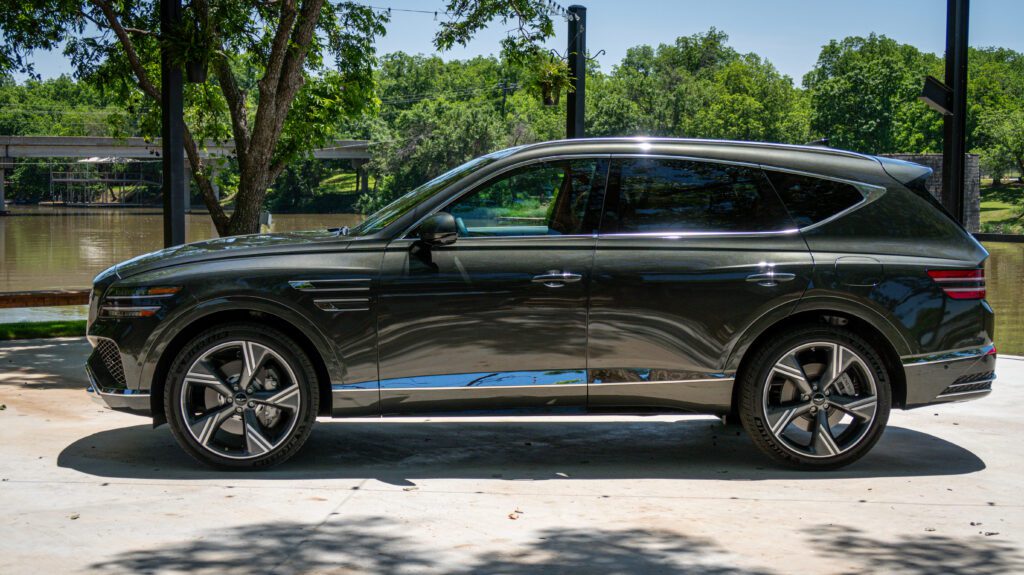
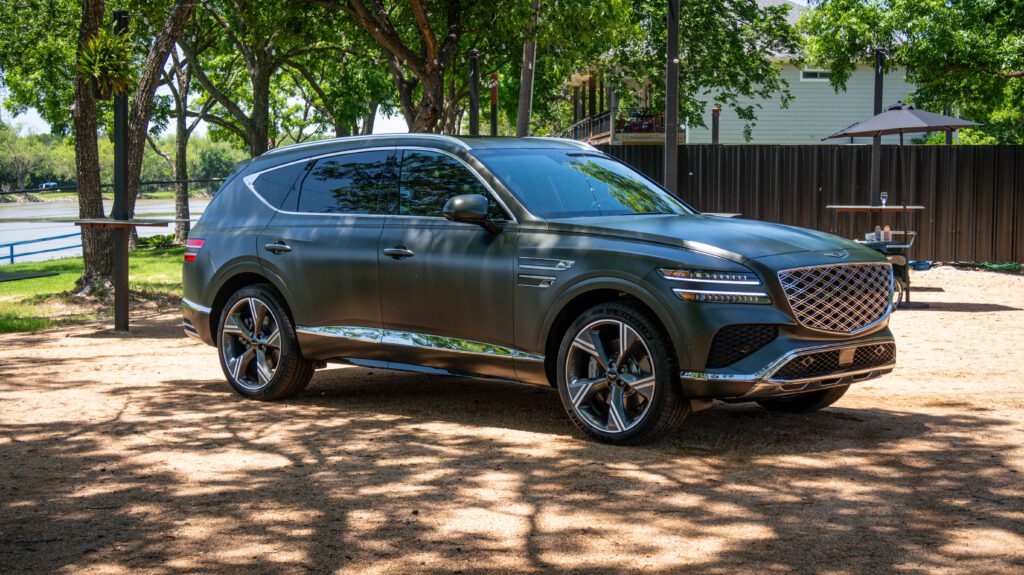

Its twin-turbo V6 and well-tuned eight-speed auto make that easy. With a broad torque band, minimal lag, and plenty of passing power, the powertrain nudges you into your seat without being gruff, even high in the revs. Like its suspension, the mighty V6 is as well-mannered as the rest of the car. It doesn’t surprise drivers with a shocking degree of performance, but everything feels well-sorted and appropriately tuned for this kind of crossover and its range of buyers.
If I had any complaints, it’s that there’s no GV80 Magma and that Genesis should’ve never shown me the Magma brand. Give it to me! Give it to me now!
Posh and proper
Manners are good, especially in this segment where every other luxury crossover tries to out-sporty one another with needlessly raucous power-drunk engines, dreary black interiors, and bone-shattering suspension.

Like, you know these are grocery store shuttles first and foremost, right? No one’s taking your M Sport or AMG Line crossover to the canyons, let alone the track. Genesis knows this, and they knew damn well what their true priorities were and how to hit them right on target. When departing the winding scenic routes in favor of wide Texan highways, the GV80 settles into a mellowness seldom matched by many cars today, easily absorbing fat potholes and expansion joints despite my tester’s 22-inch wheels. Eco mode further relaxes the engine, helping to achieve a commendable EPA-average-besting 22 mpg while still being able to call upon its arsenal of torque for passing.
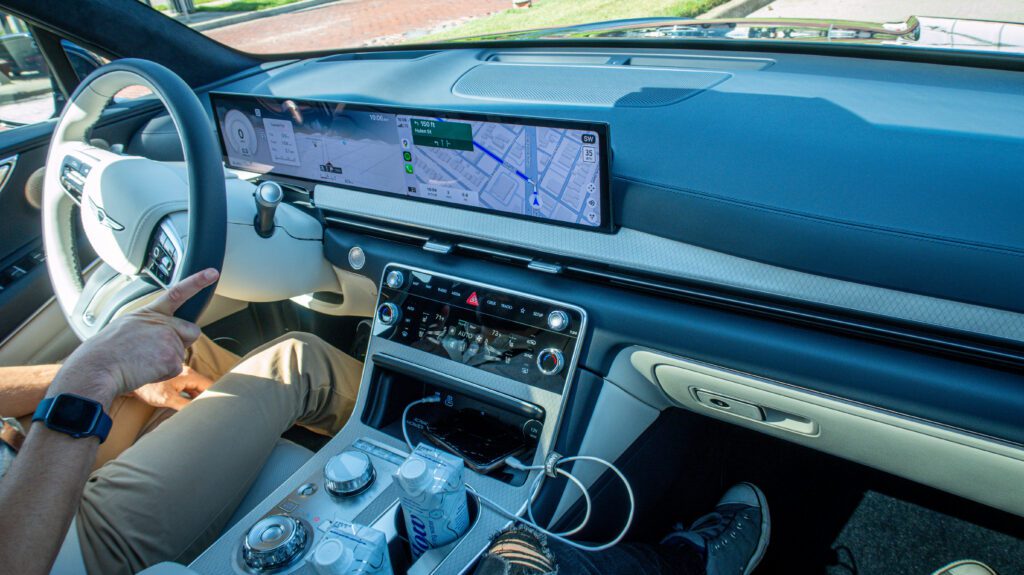
Around the old-timey brick roads of Fort Worth, the GV80 hardly flinched. NVH was impressively low, allowing you to better appreciate the spacious, airy cabin, easy-to-use infotainment with your choice of touchscreen or scroll knob controls, or the crystal clear B&O sound system.
Zero surprises in the best ways possible
The GV80 just makes things easy. That’s how a luxury crossover should be. Its attempts at athleticism are welcome but not overdone. It doesn’t play into any lie of sportiness only for it to deceive itself and pretend to be something it isn’t. Like the G70 and G90 I’ve driven before it, the GV80 is no imitator. It knows exactly what it is as a car and what it should do as its missions, and it executes its role with competency, at least on our brief test around Dallas and Fort Worth.
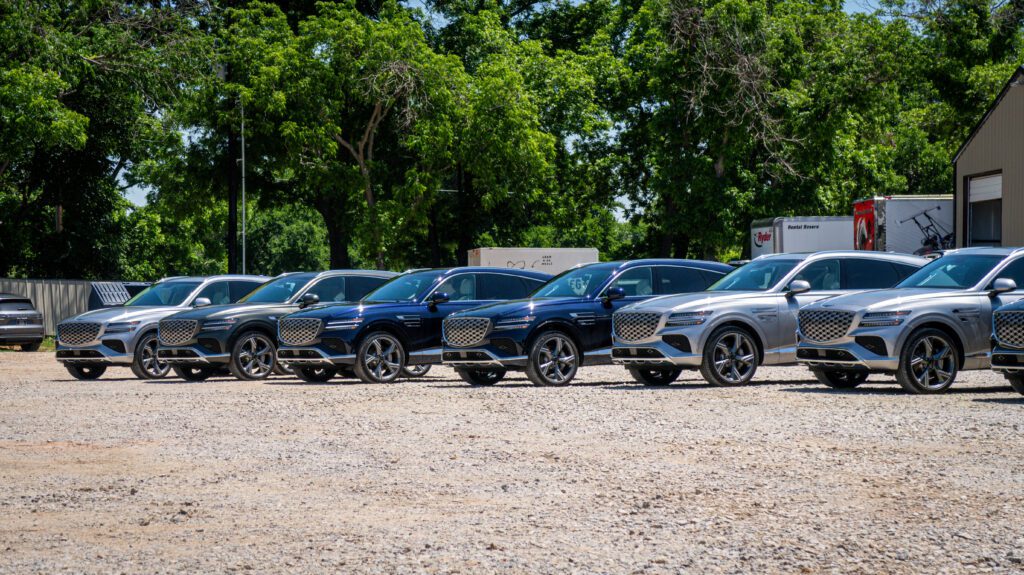
From our day behind the wheel, I can see that it packs no surprises or tricks under its sleeve. It’s just a good car that’s built well, feels good, and drives with confidence and coherence. I don’t think that’s much to ask for in a car. Thankfully, Genesis doesn’t think so either.

